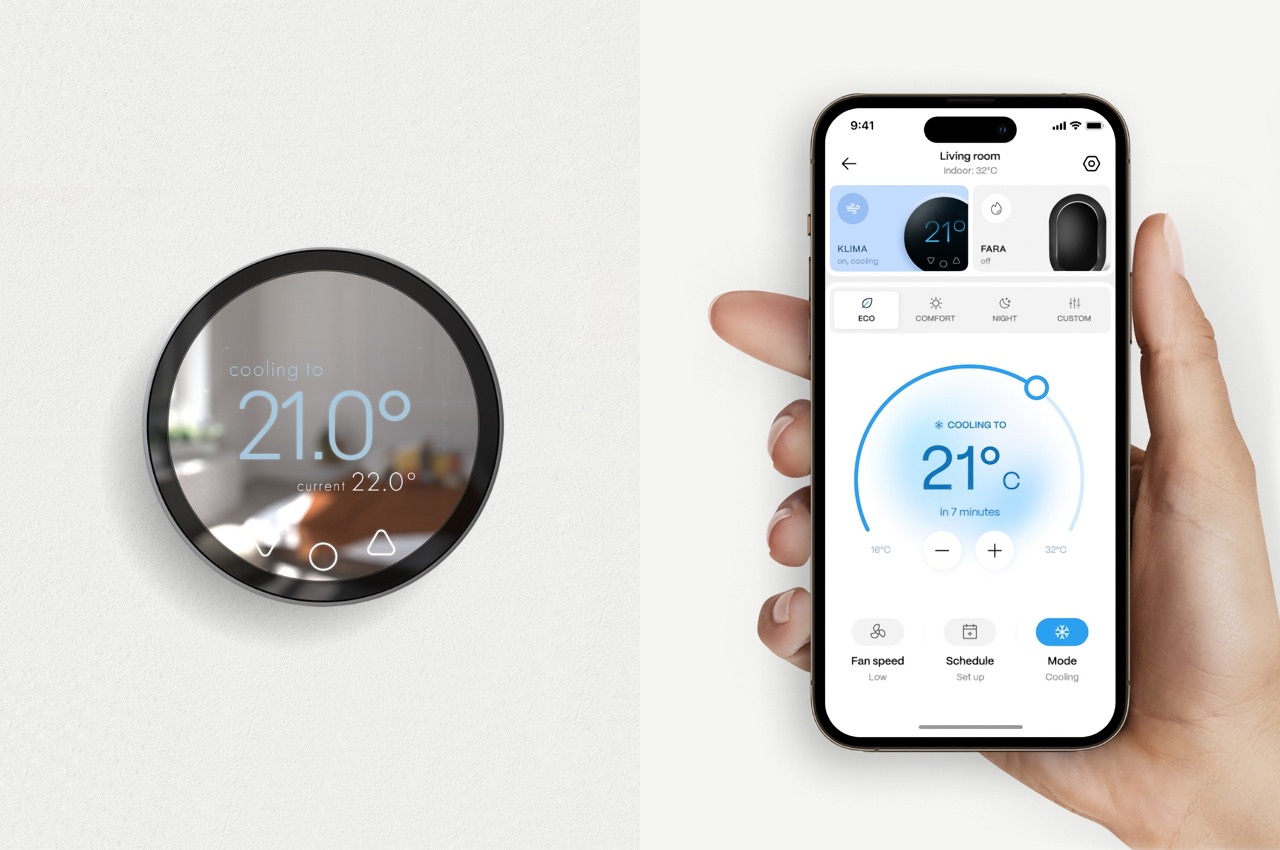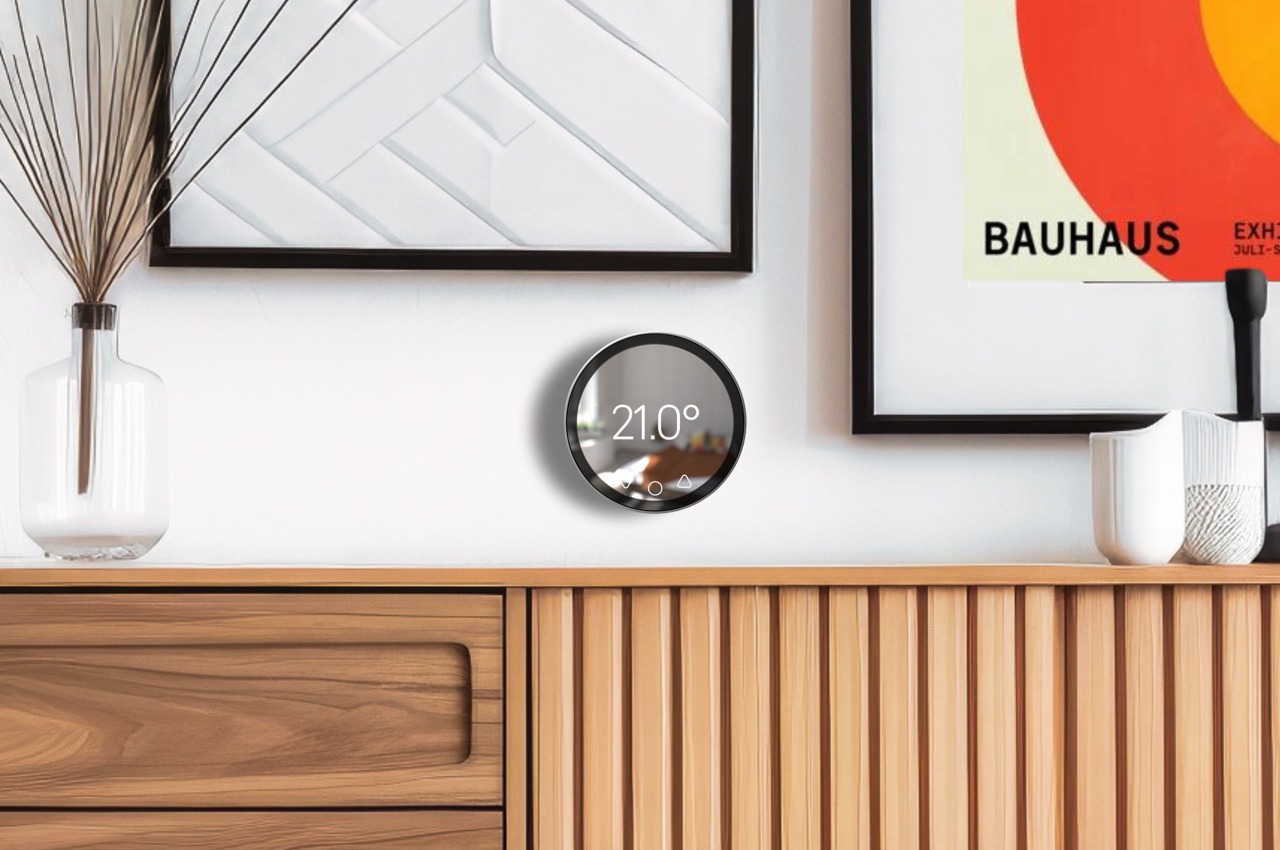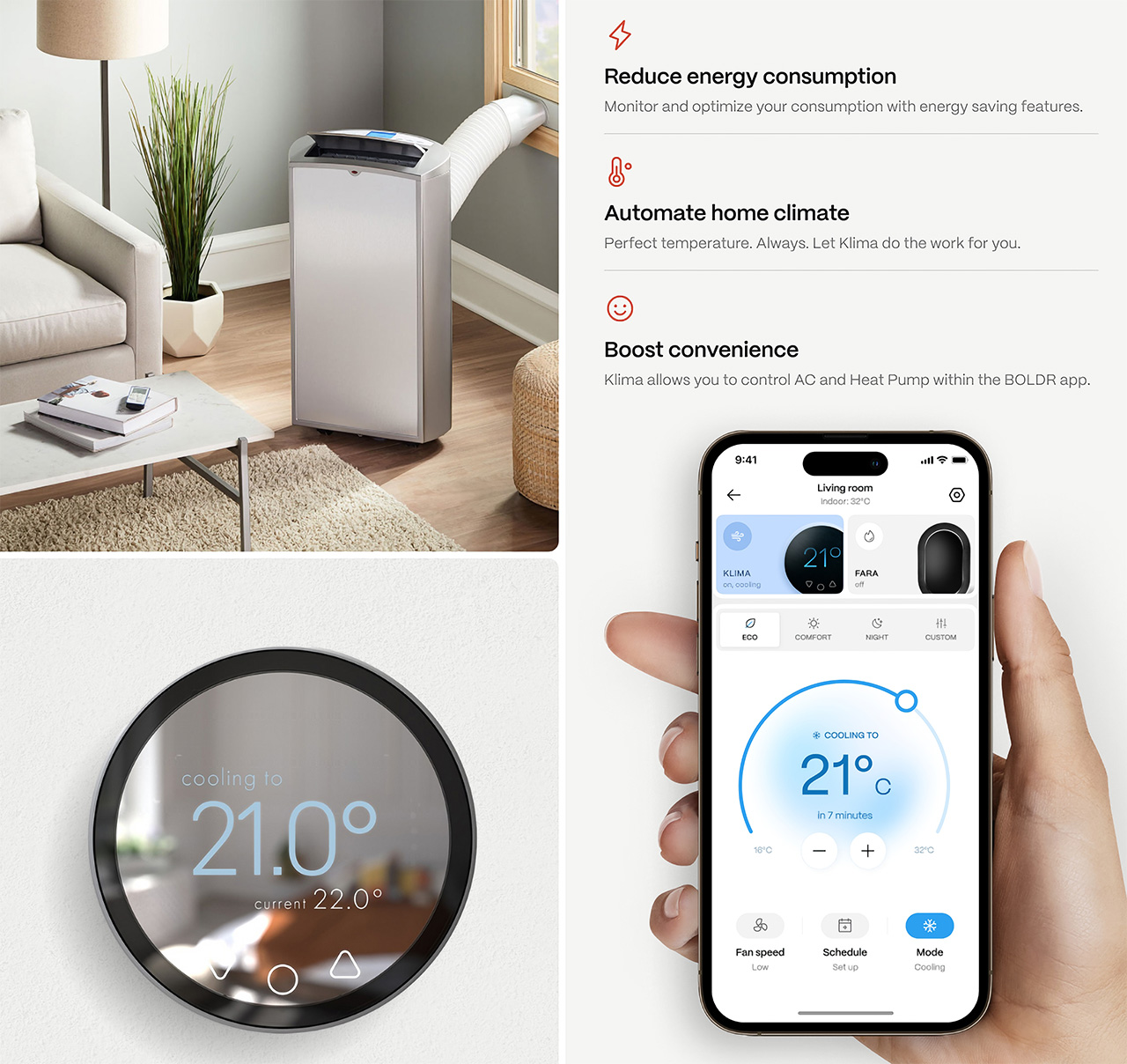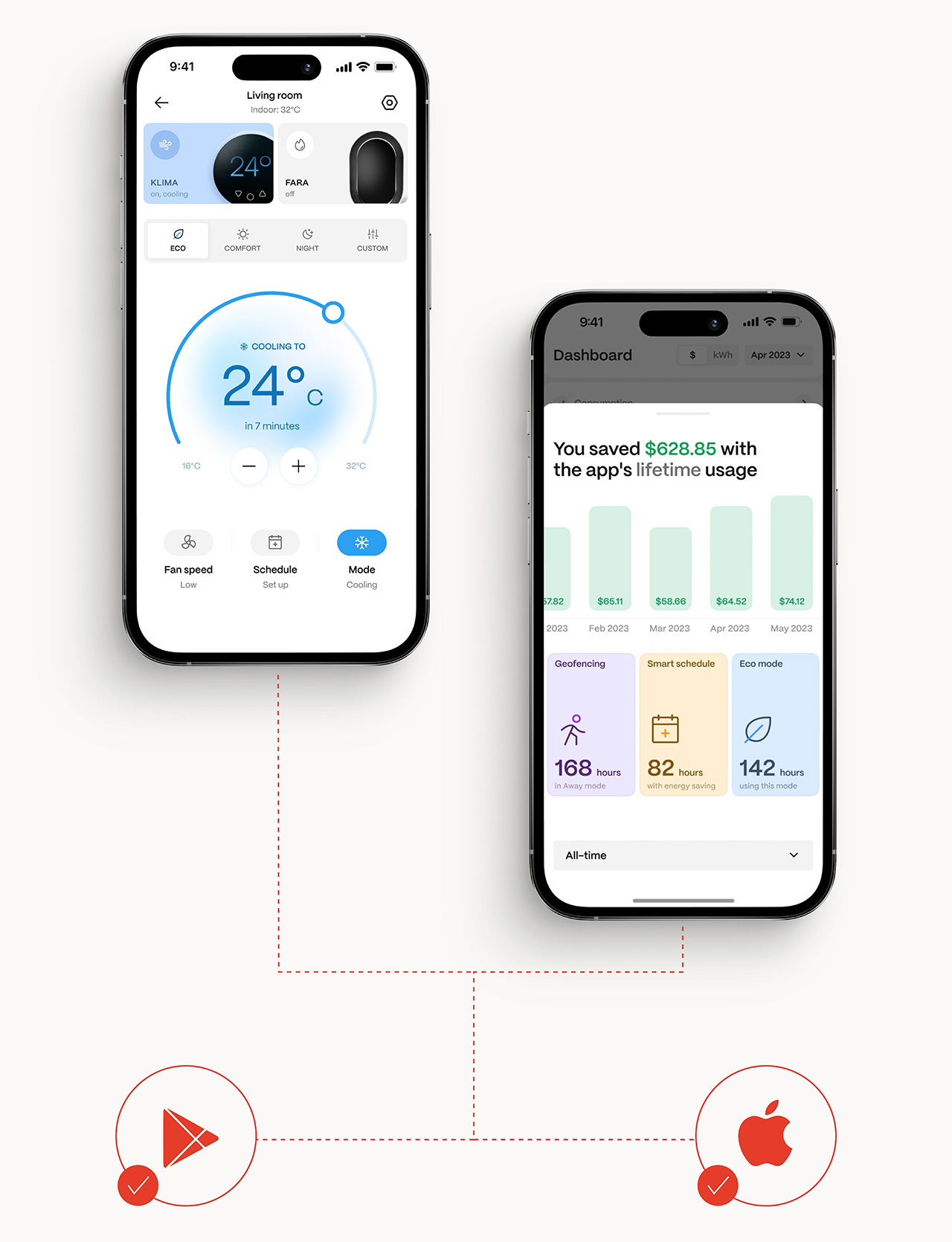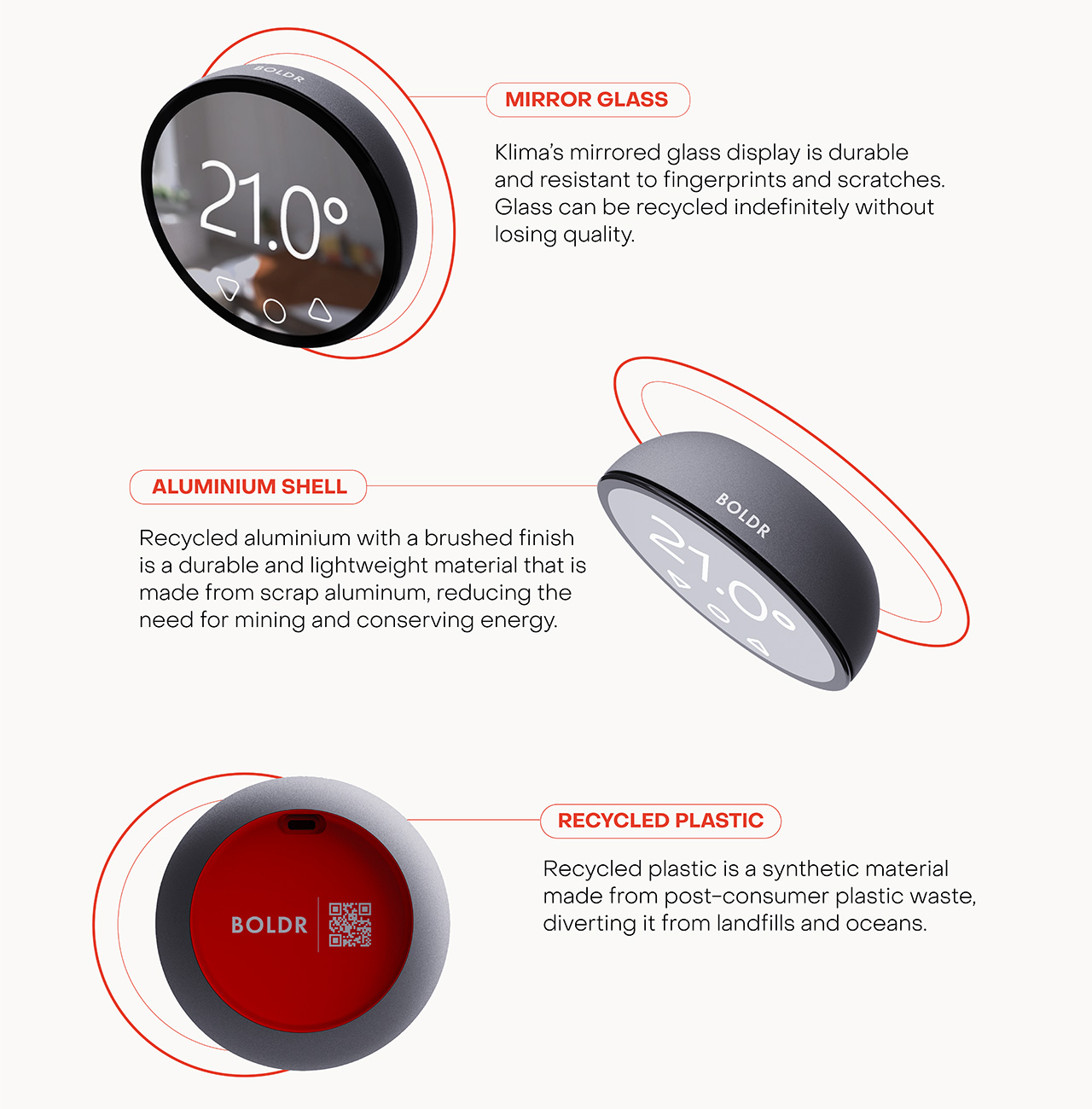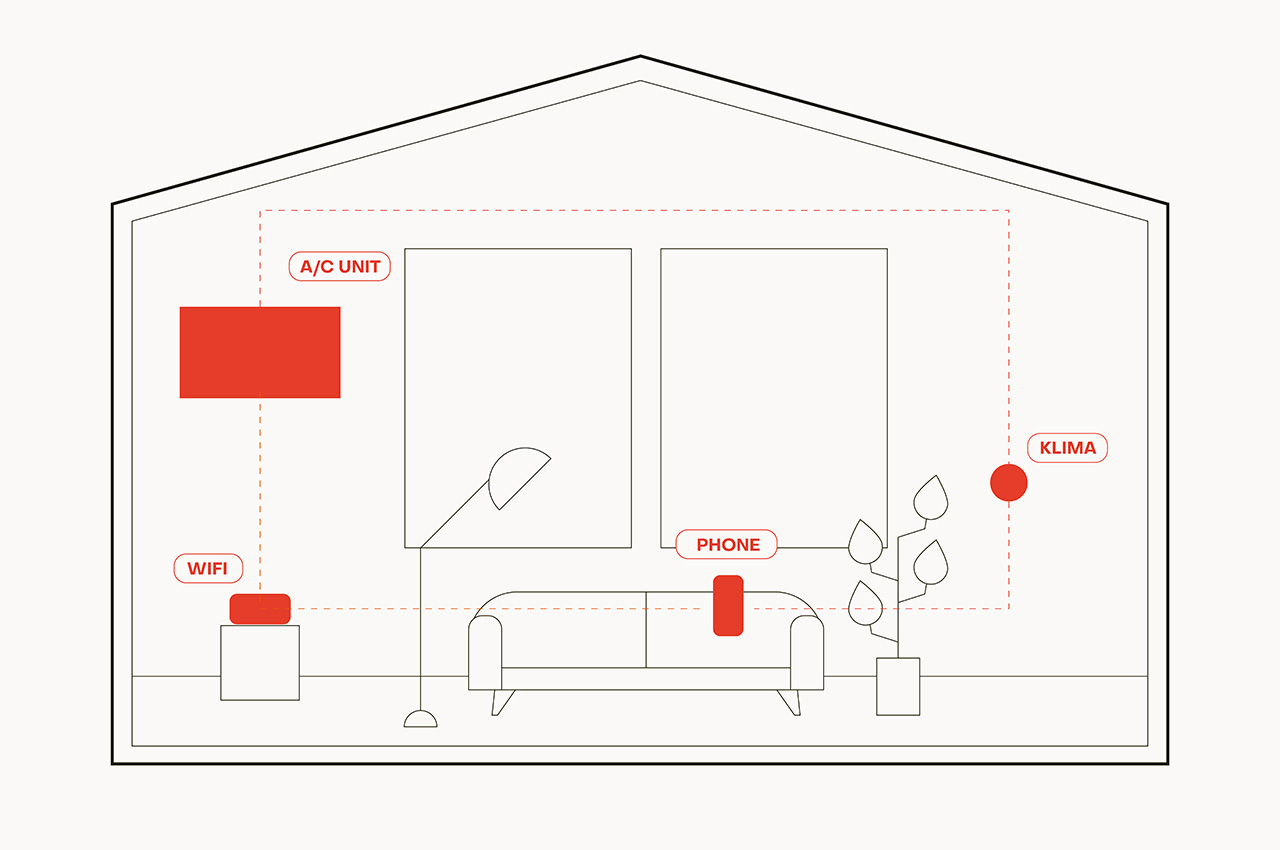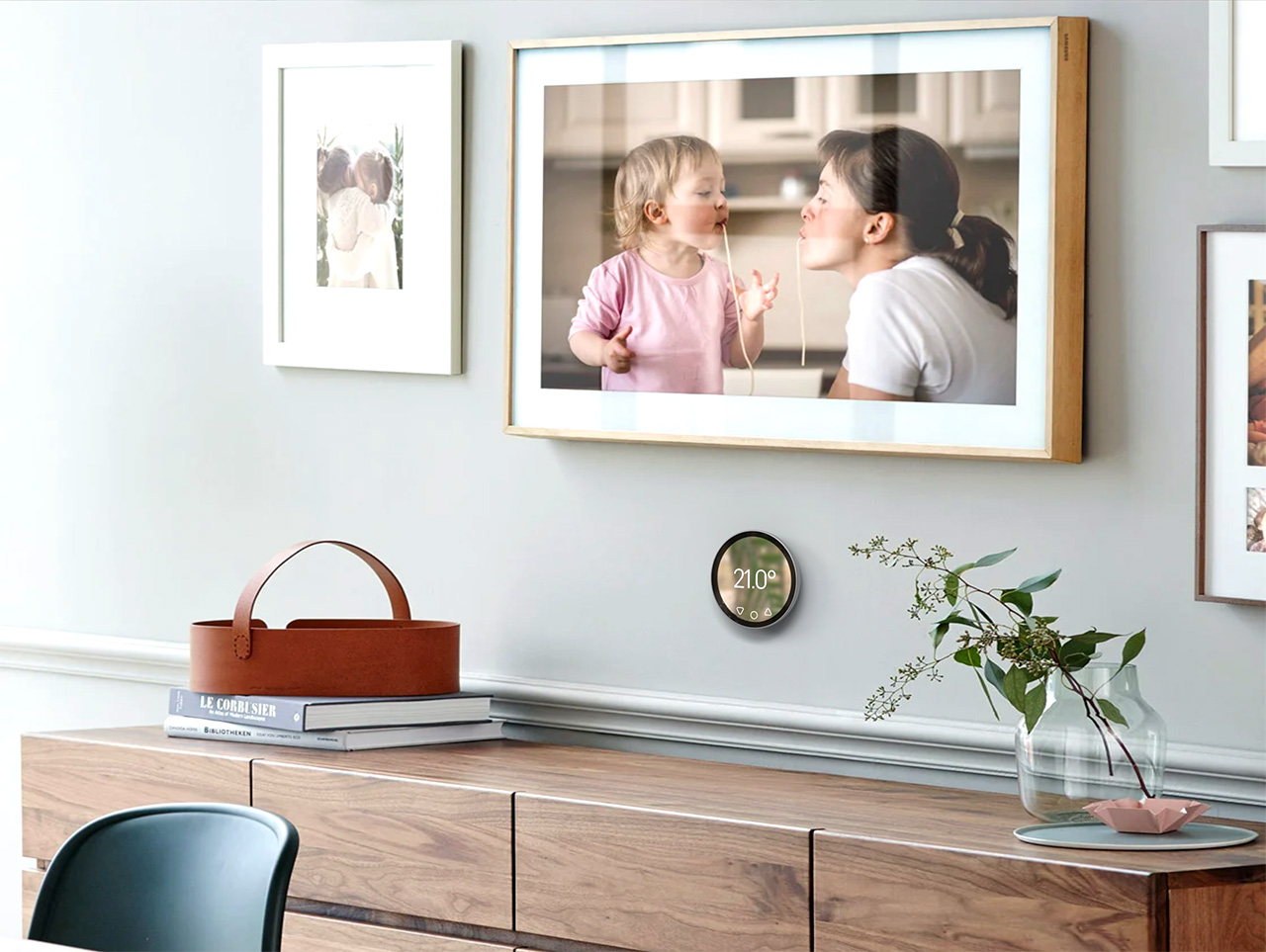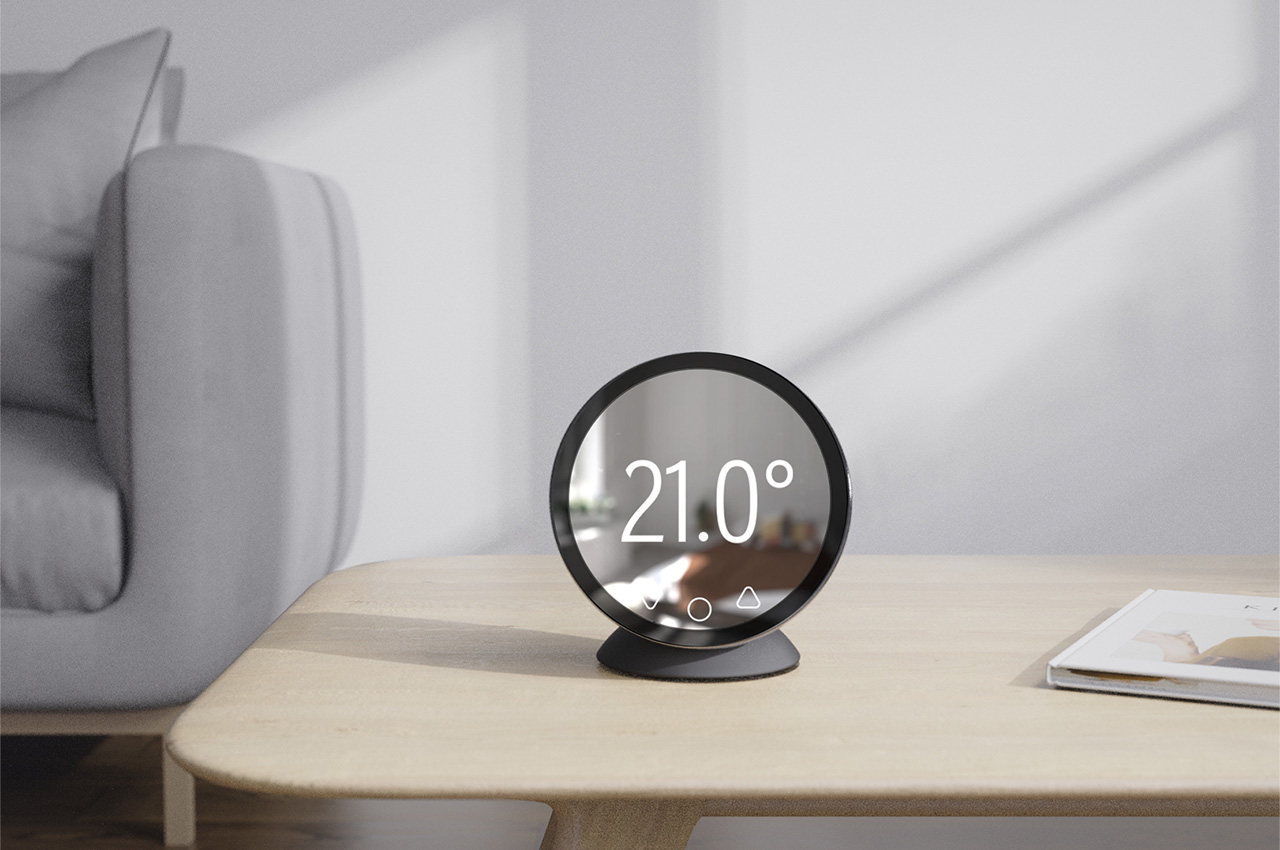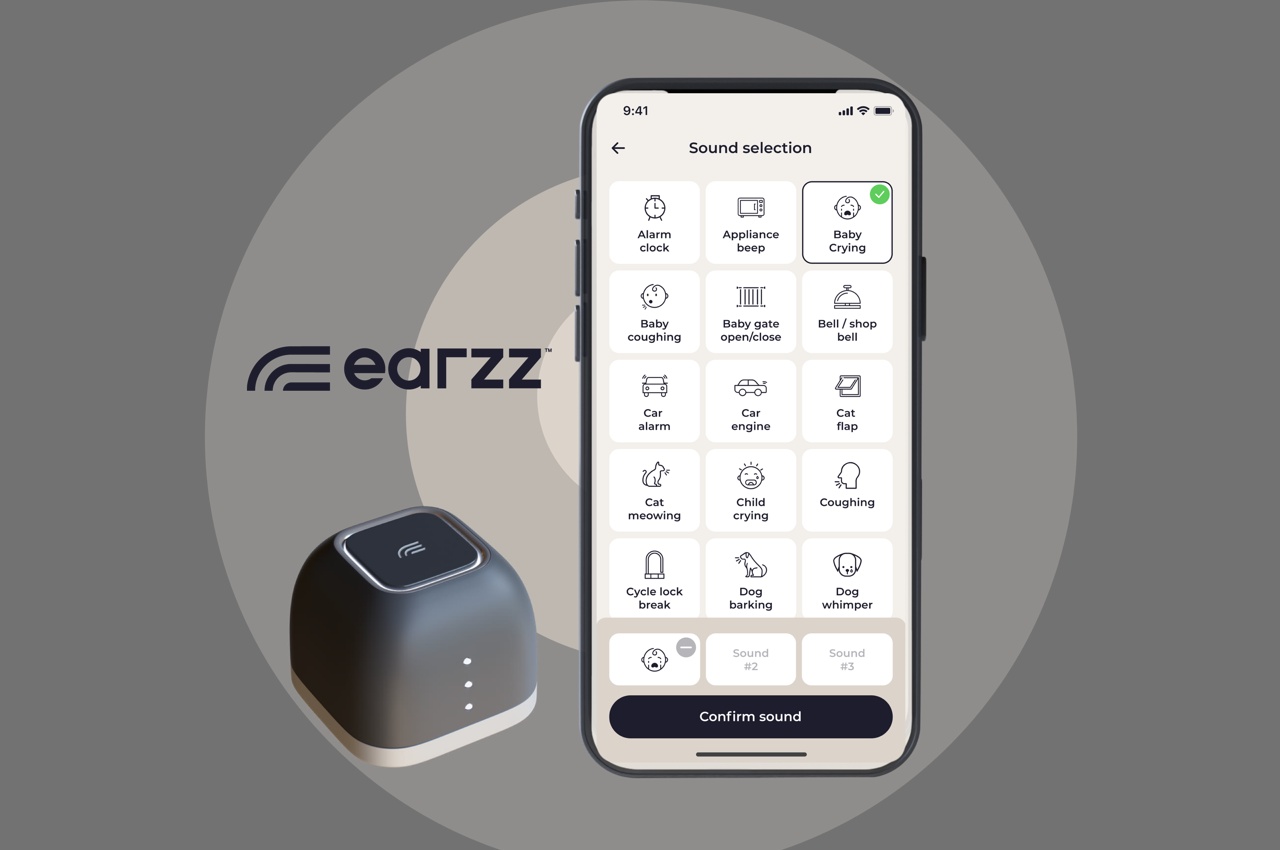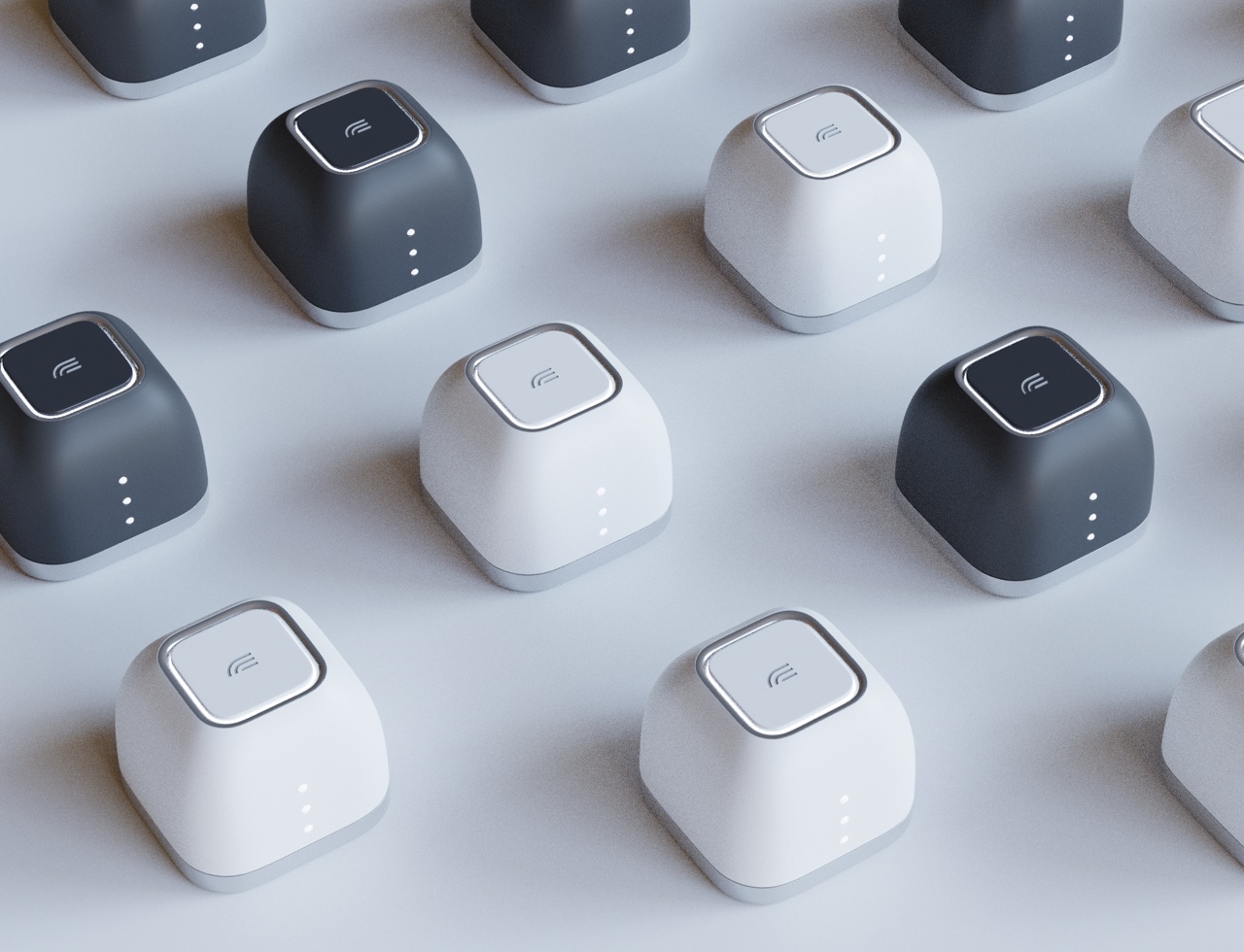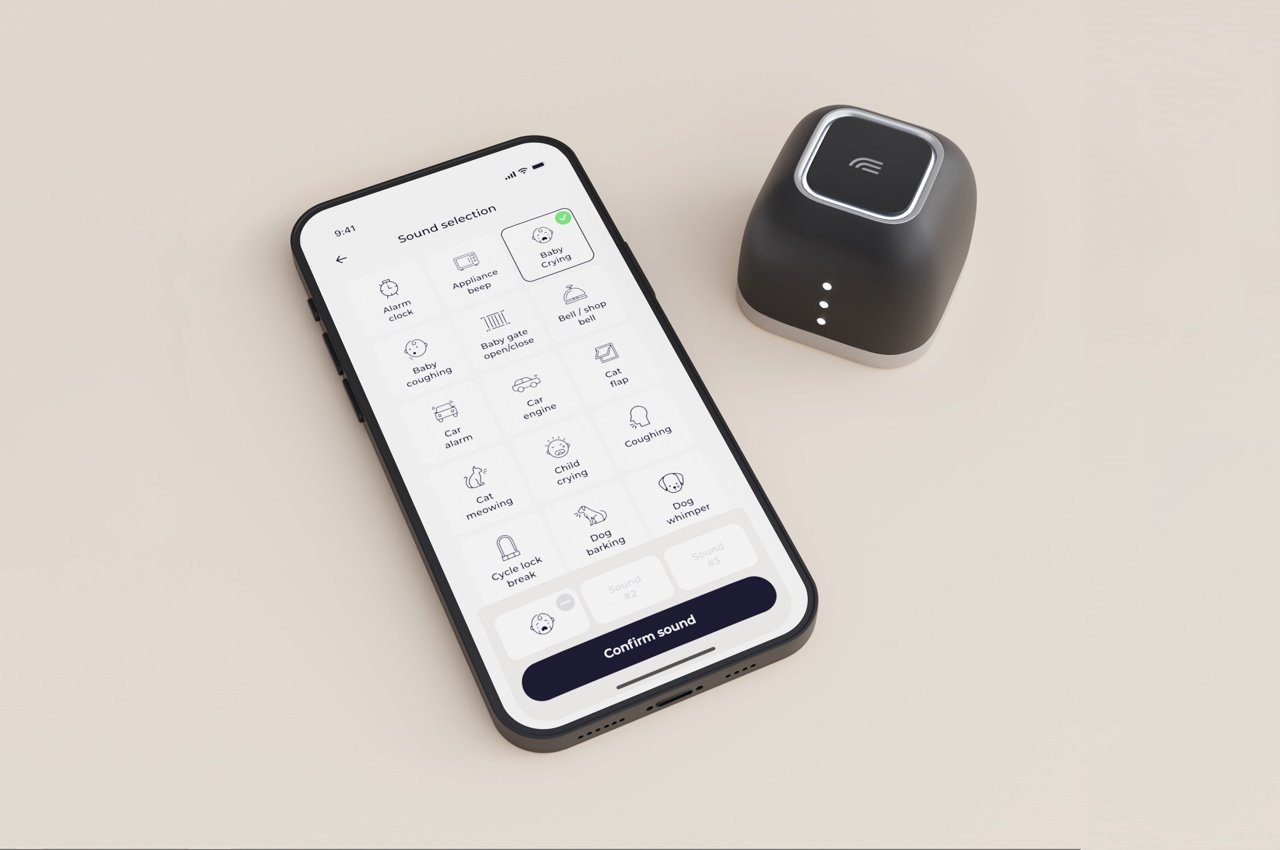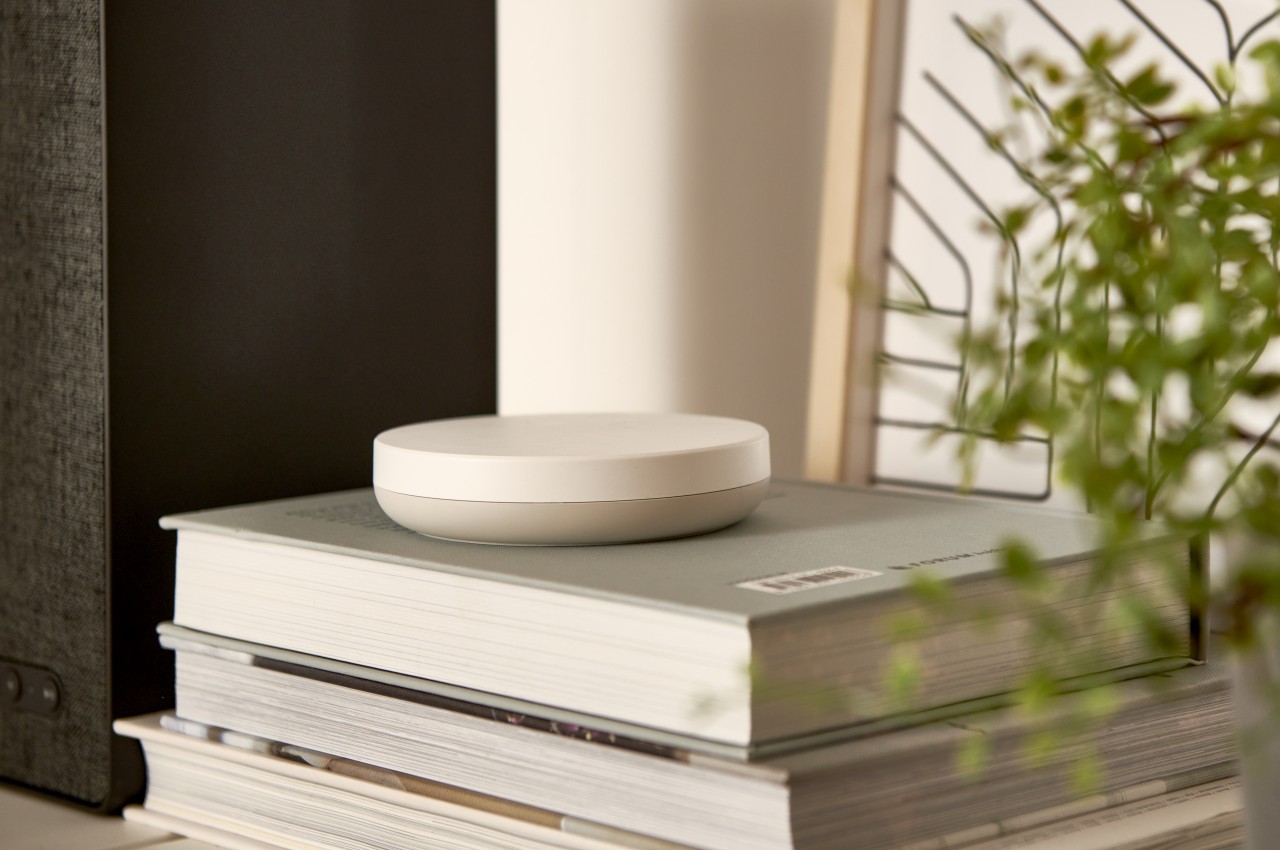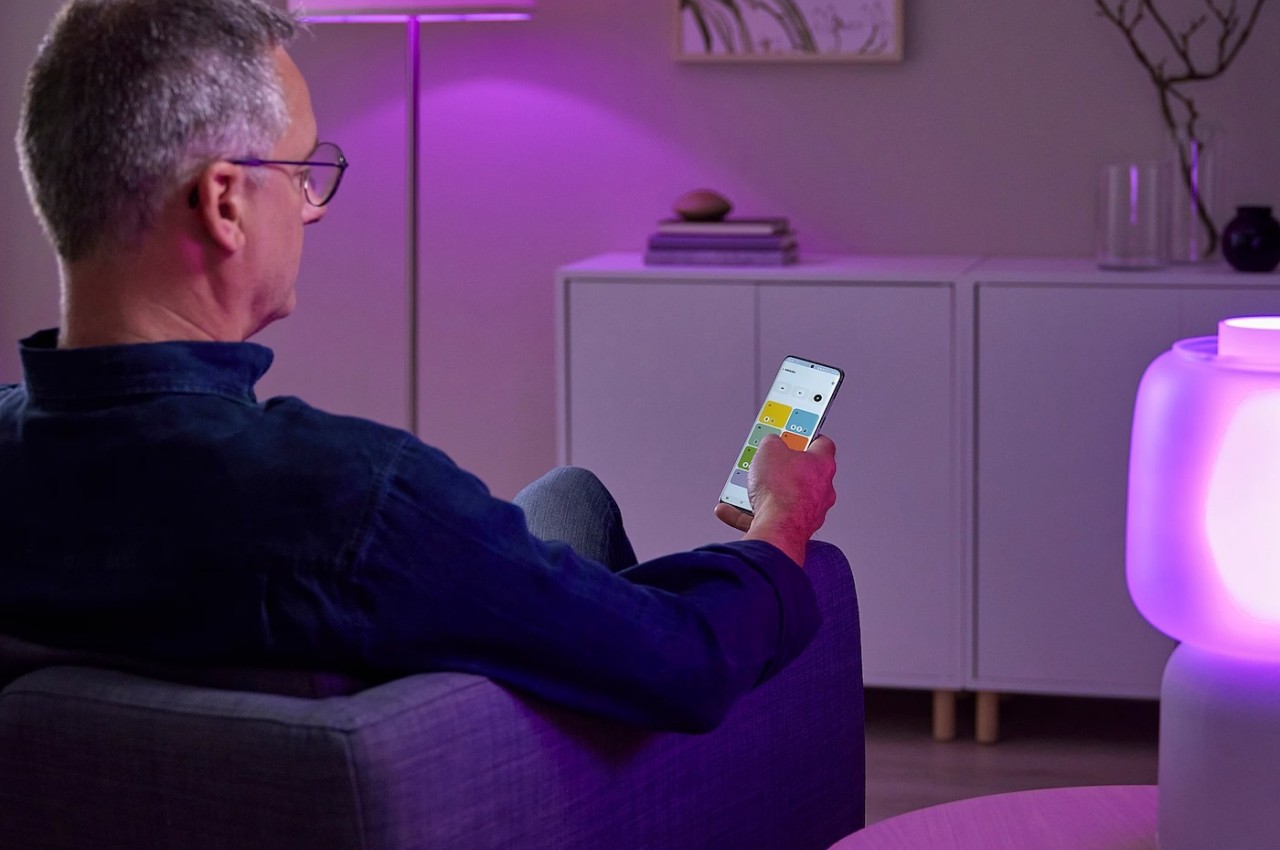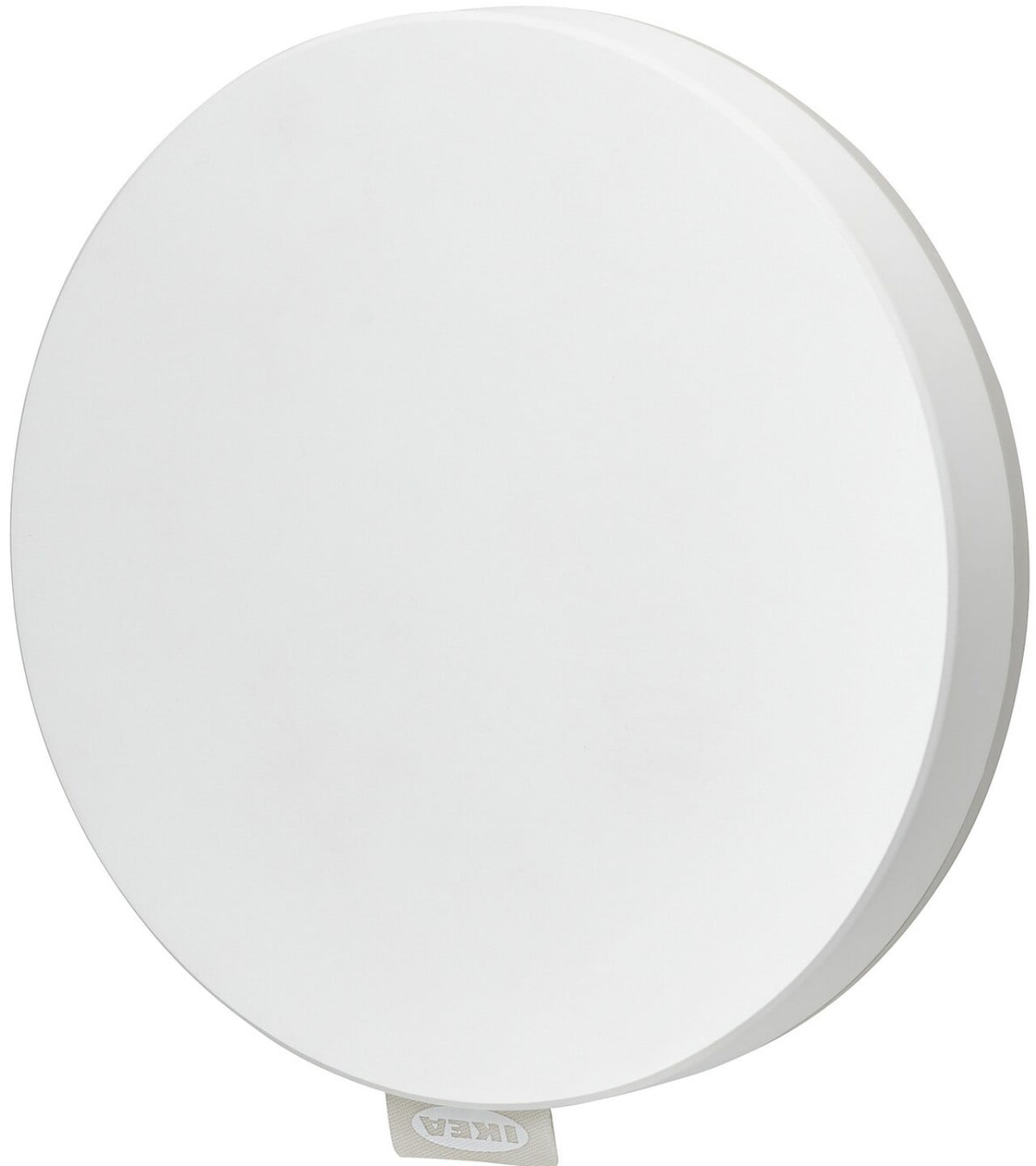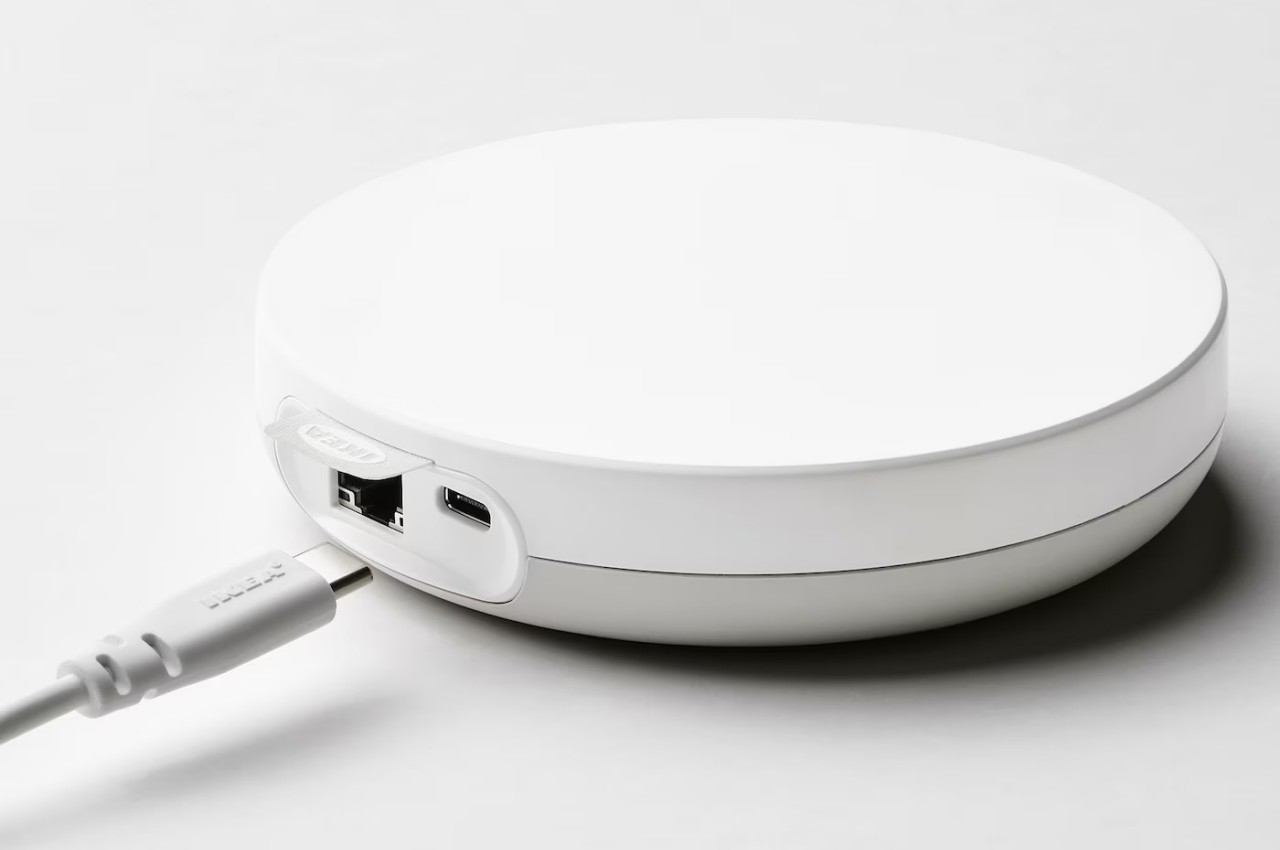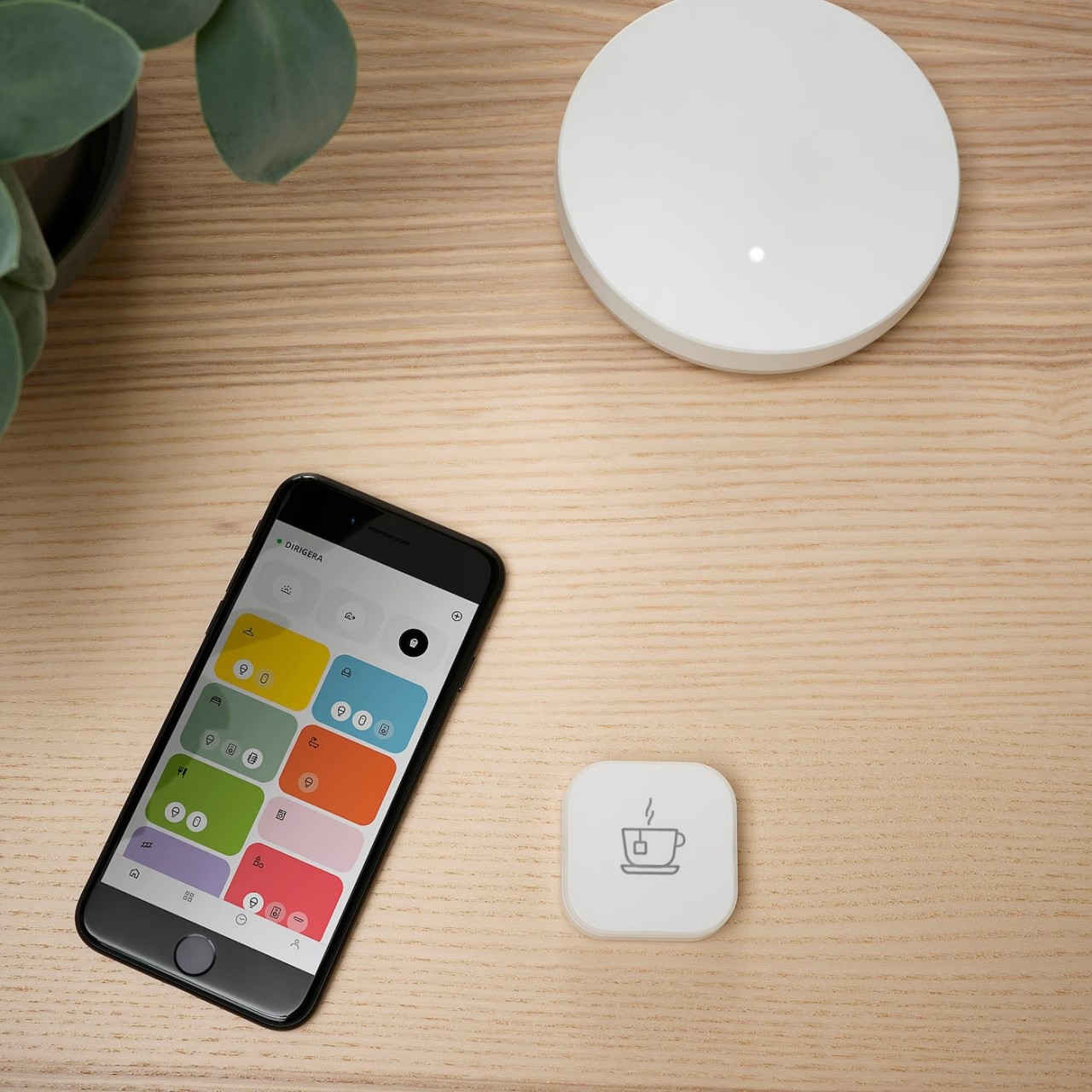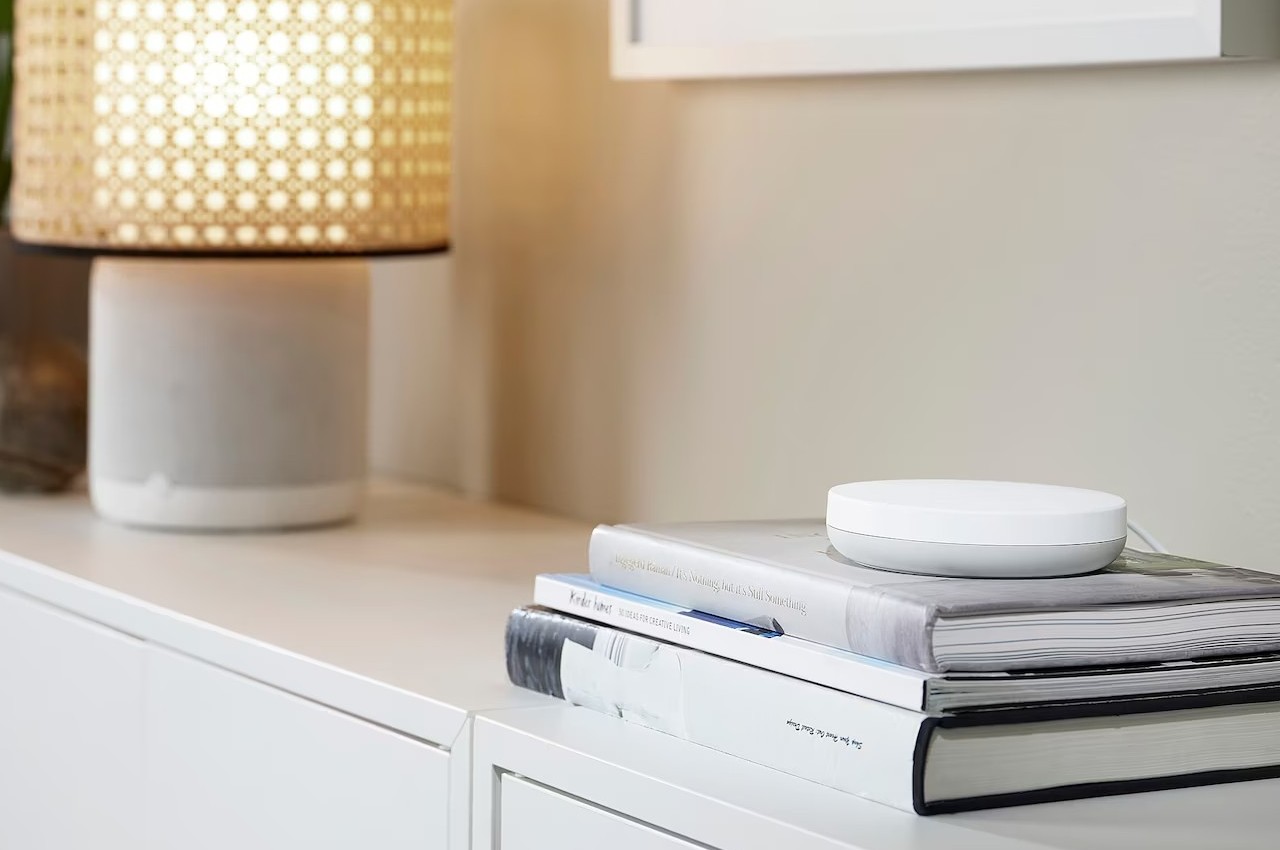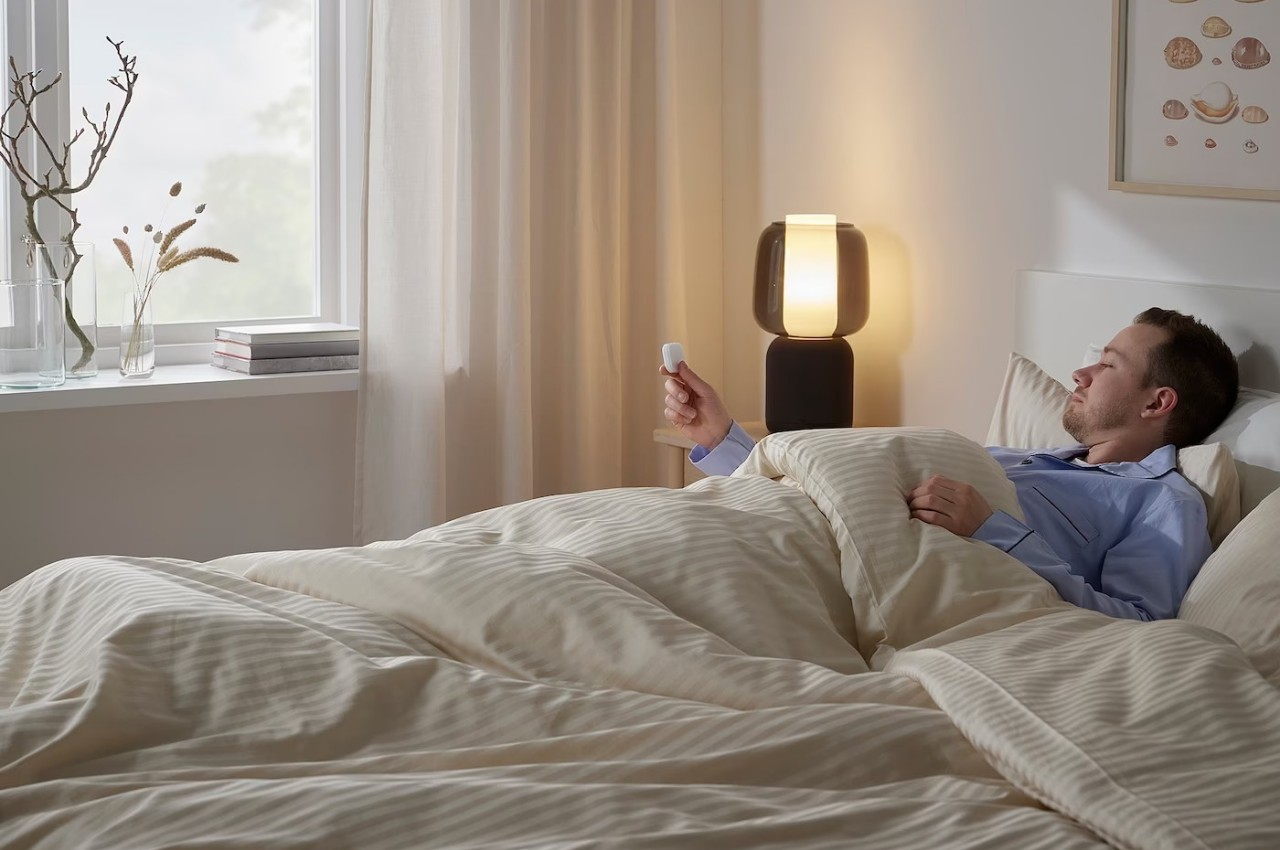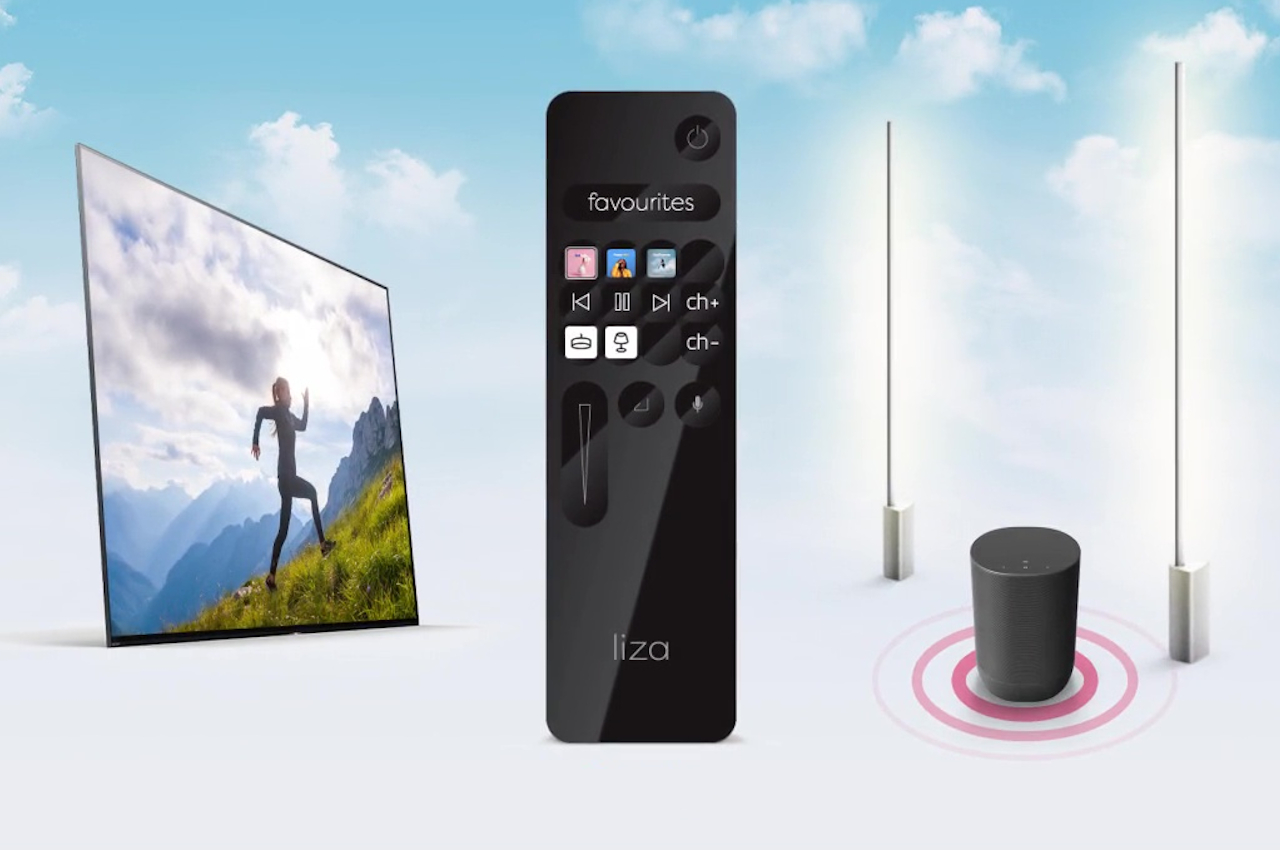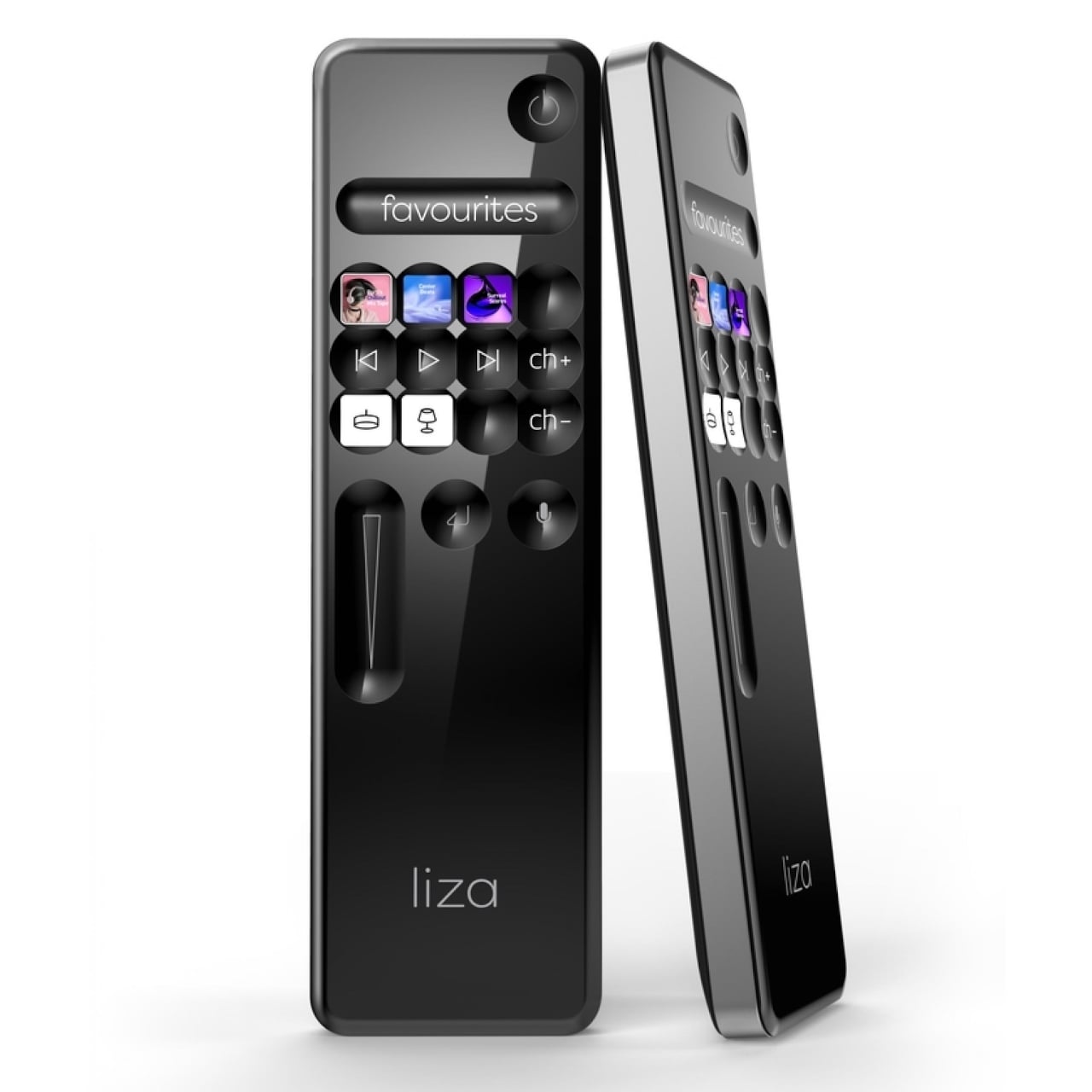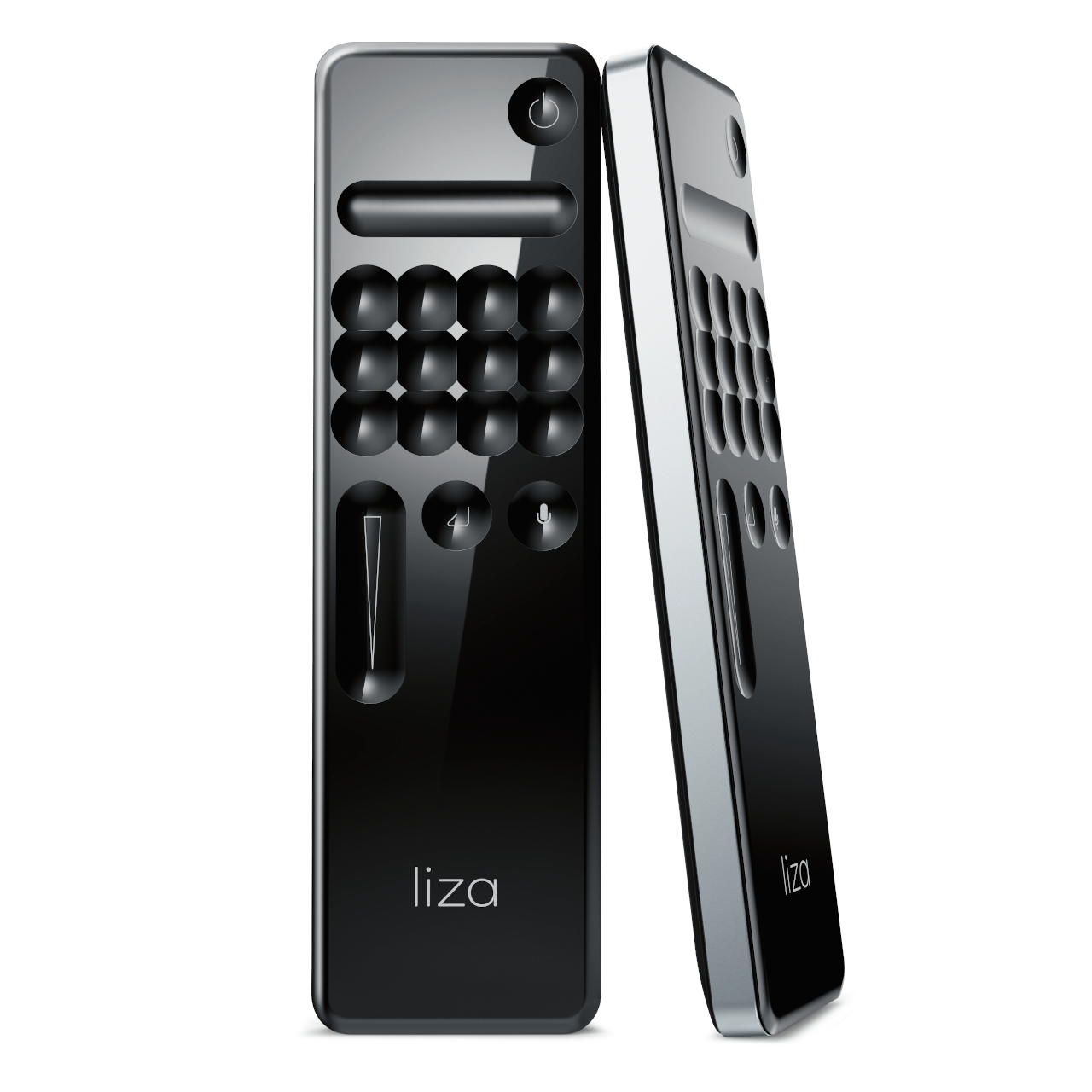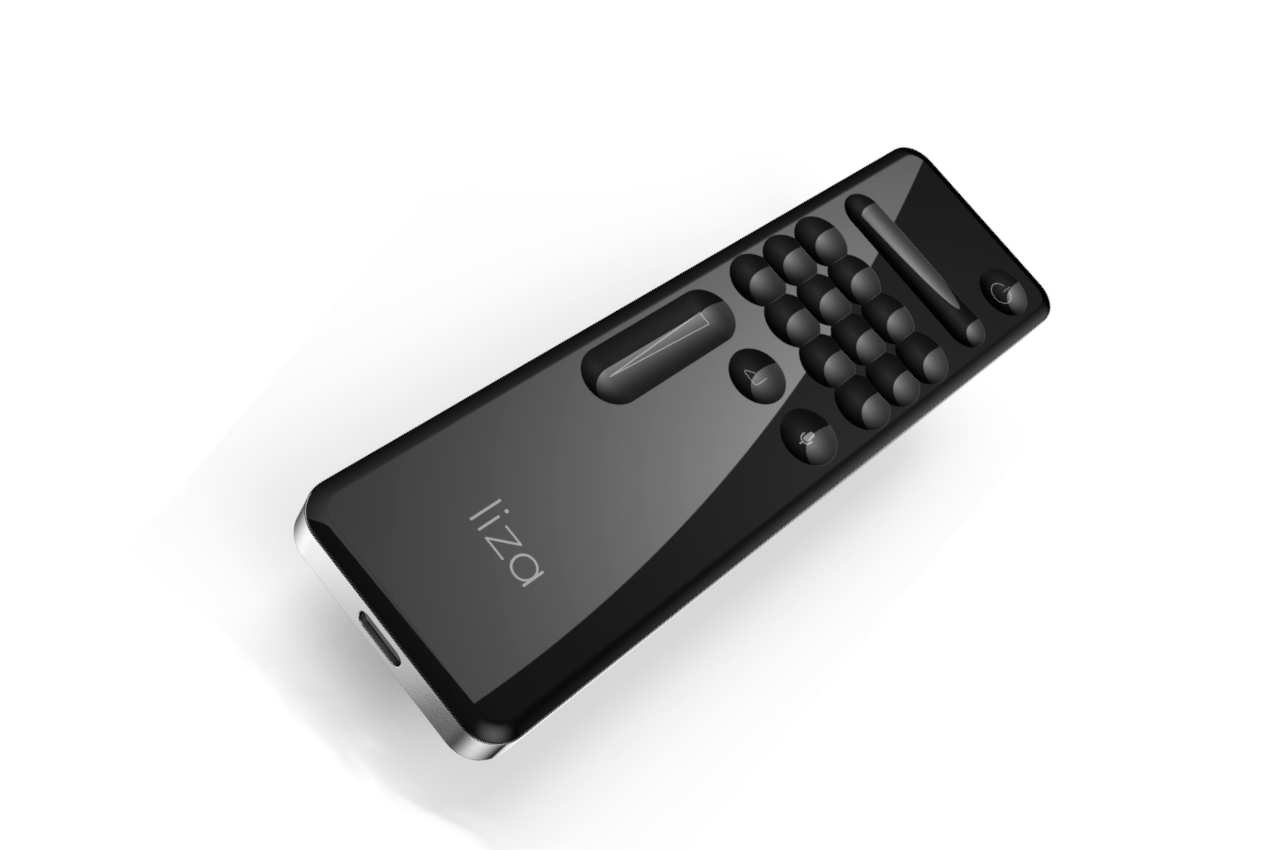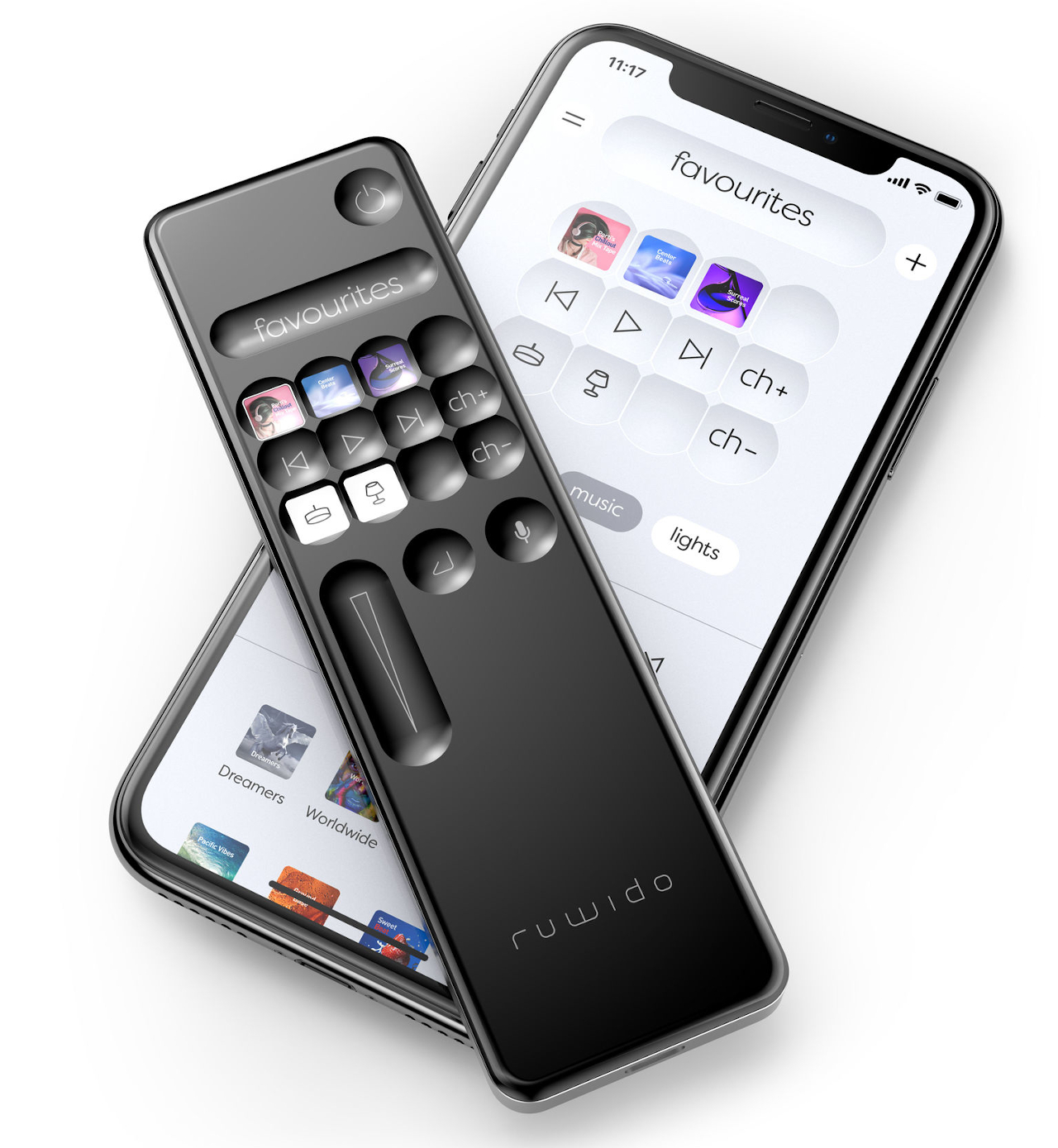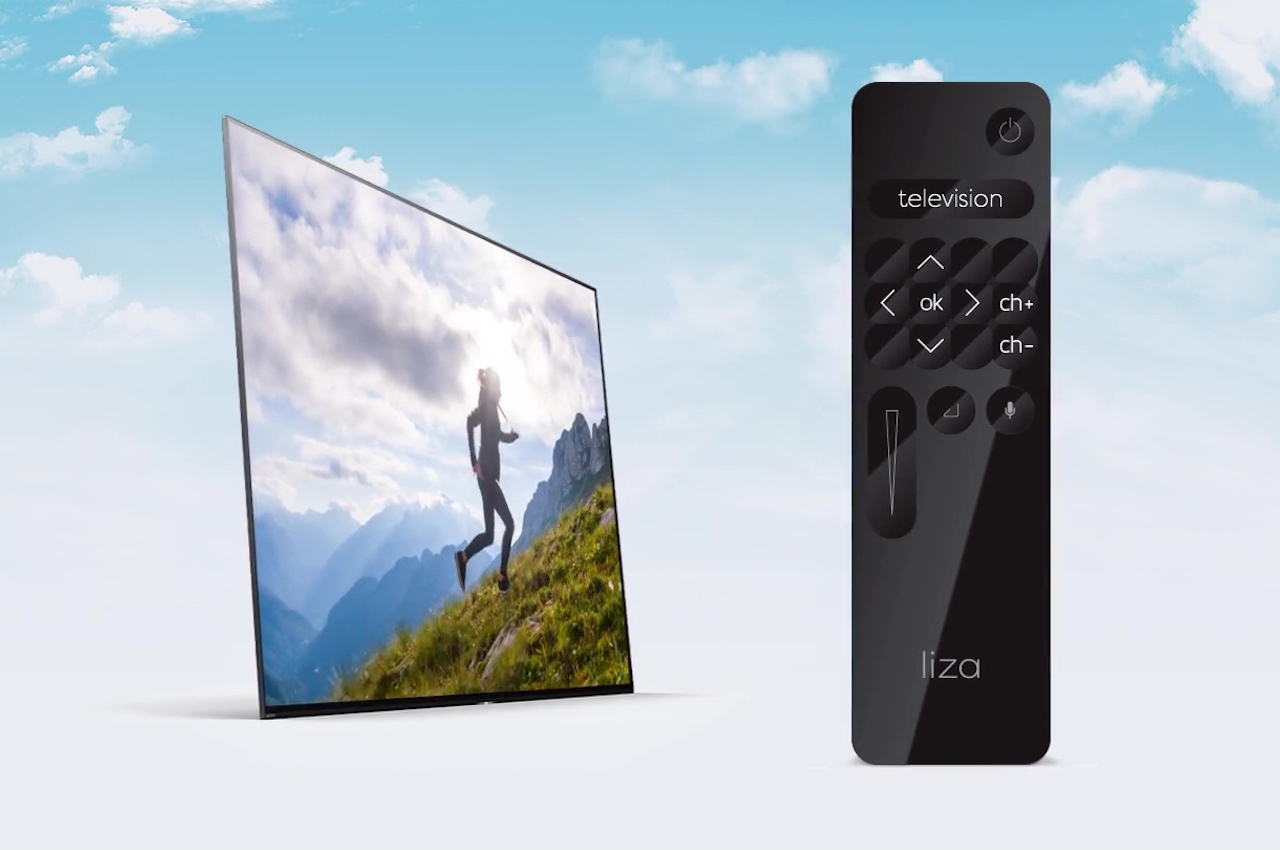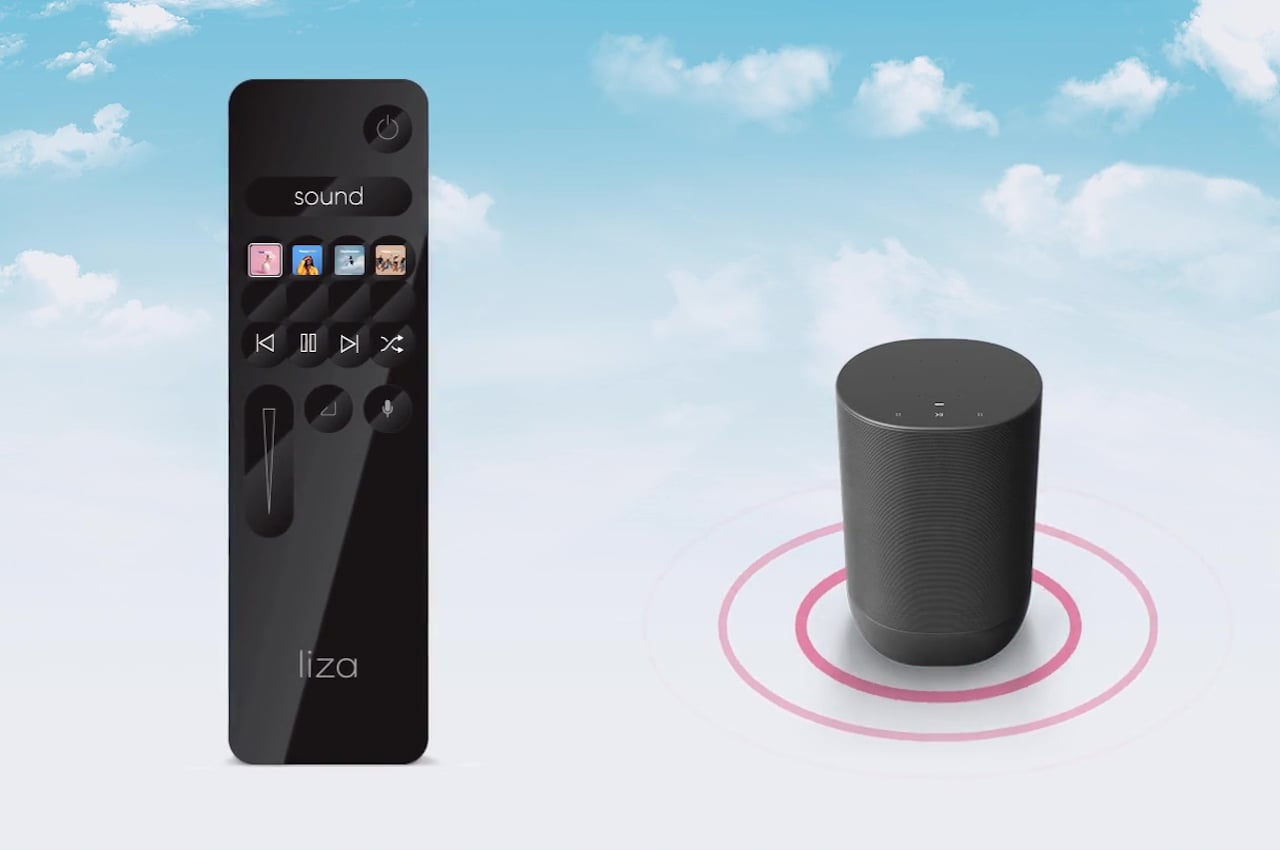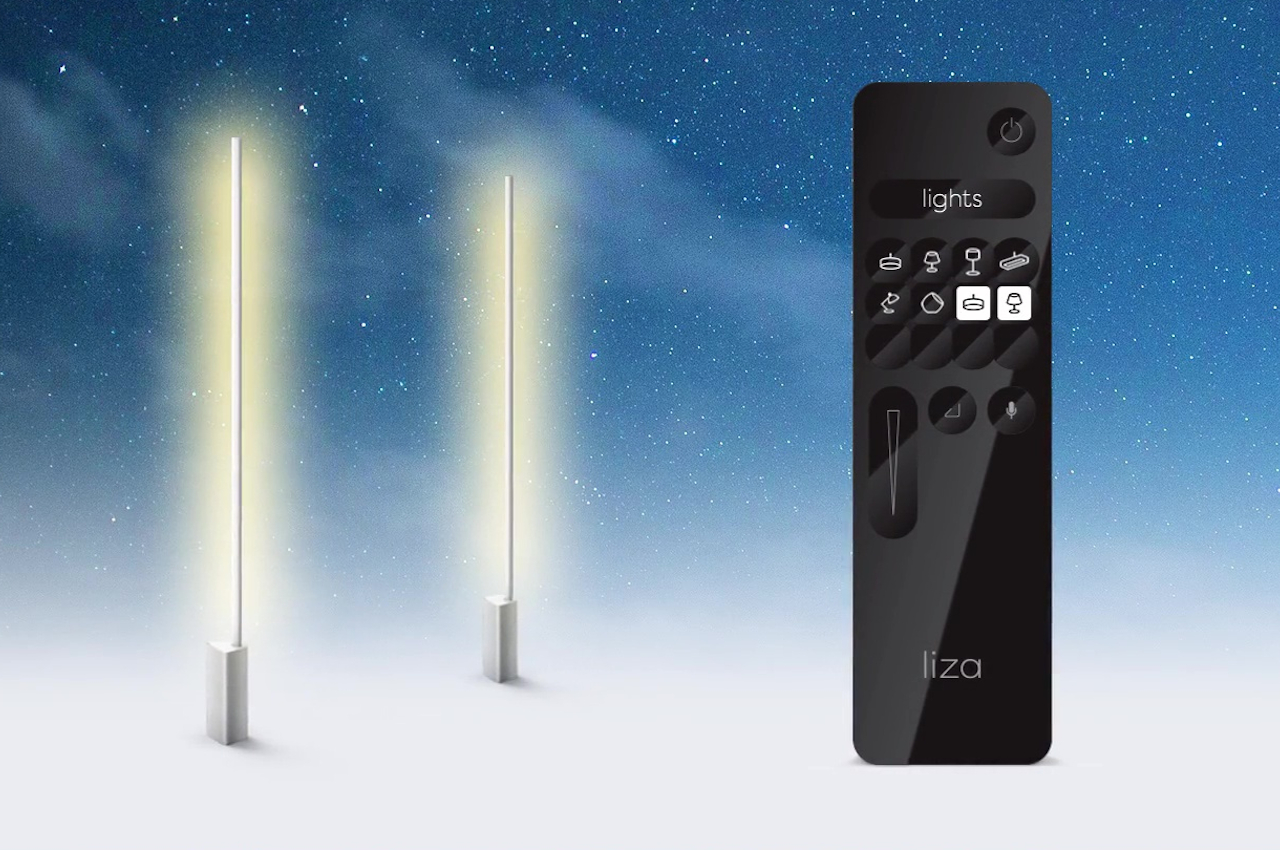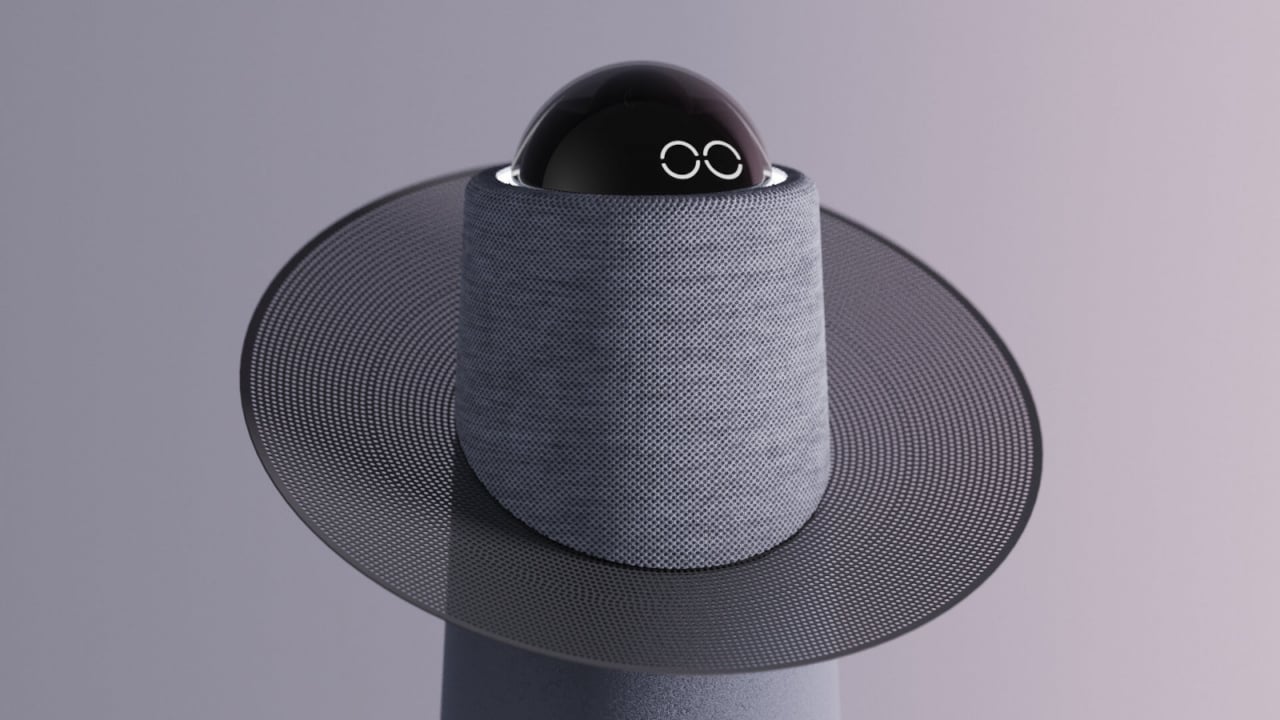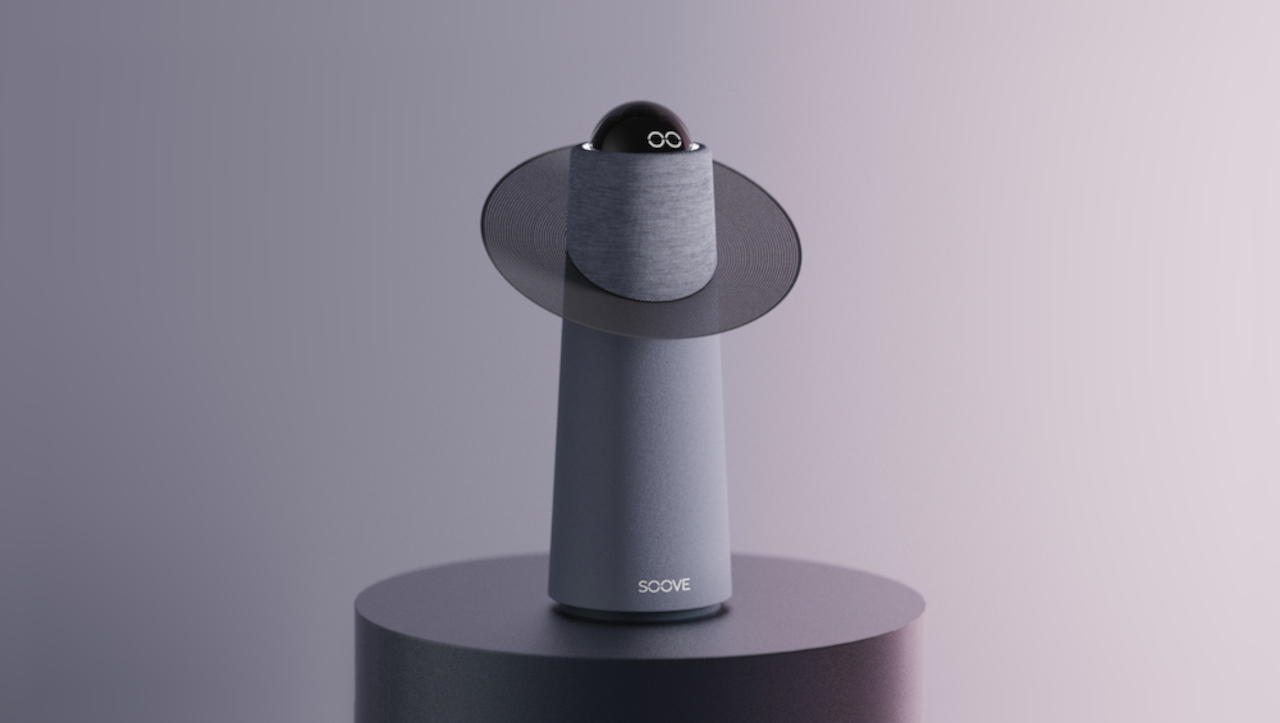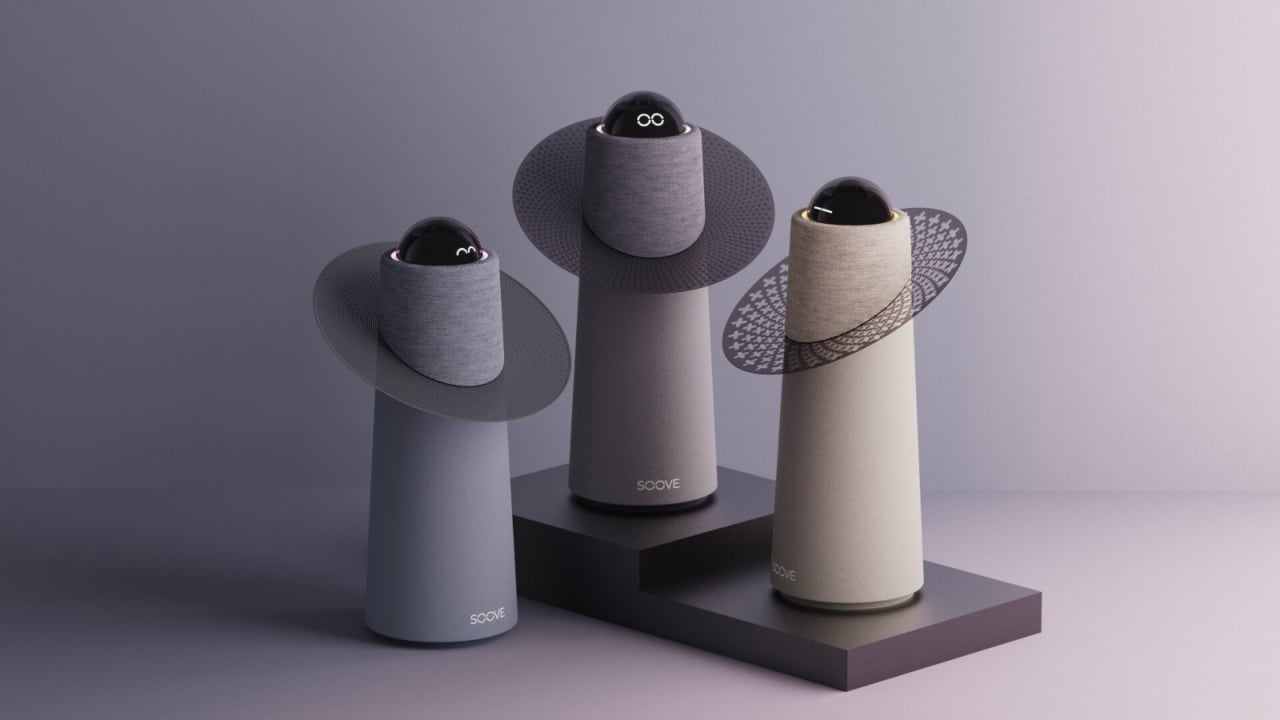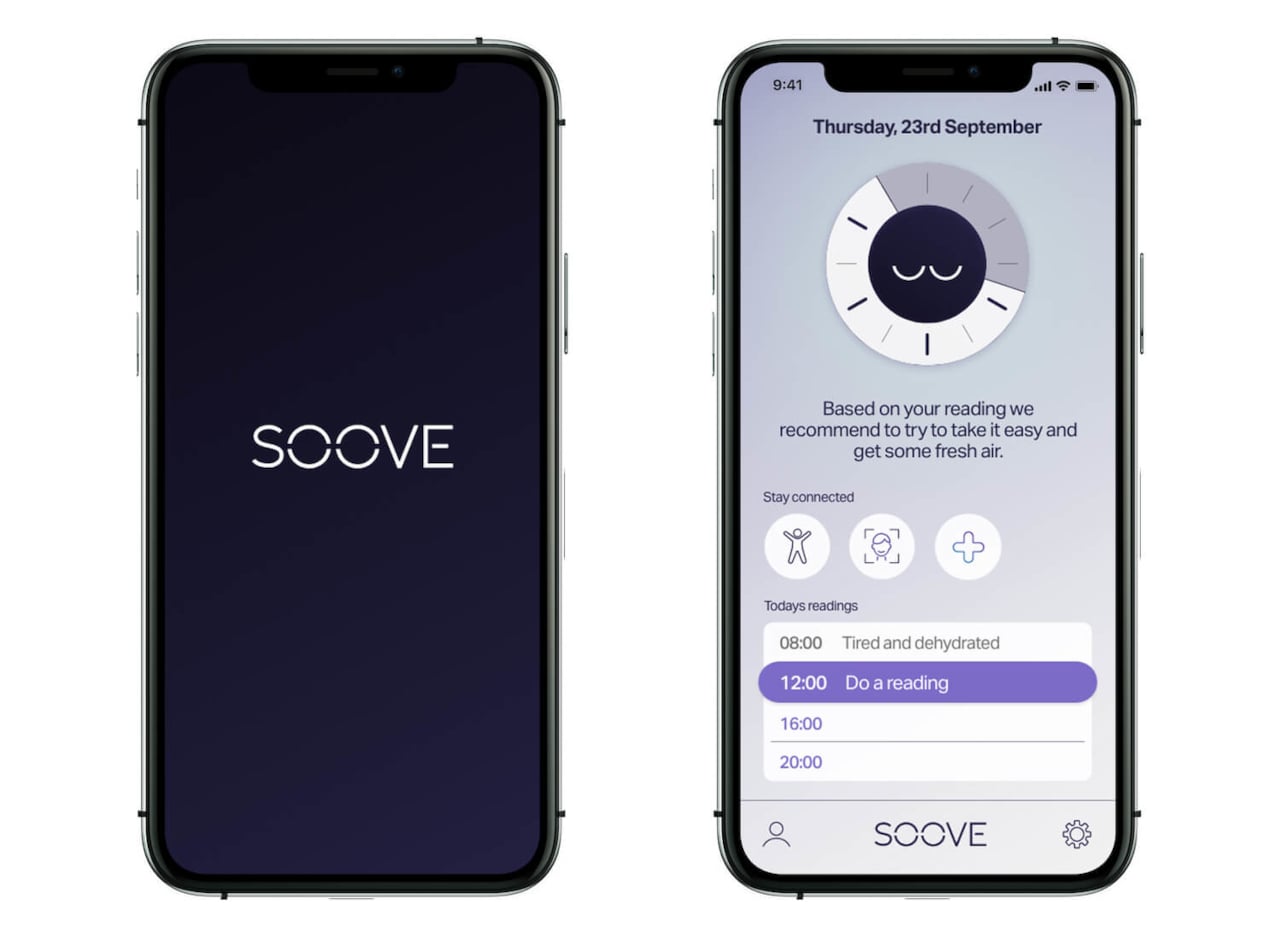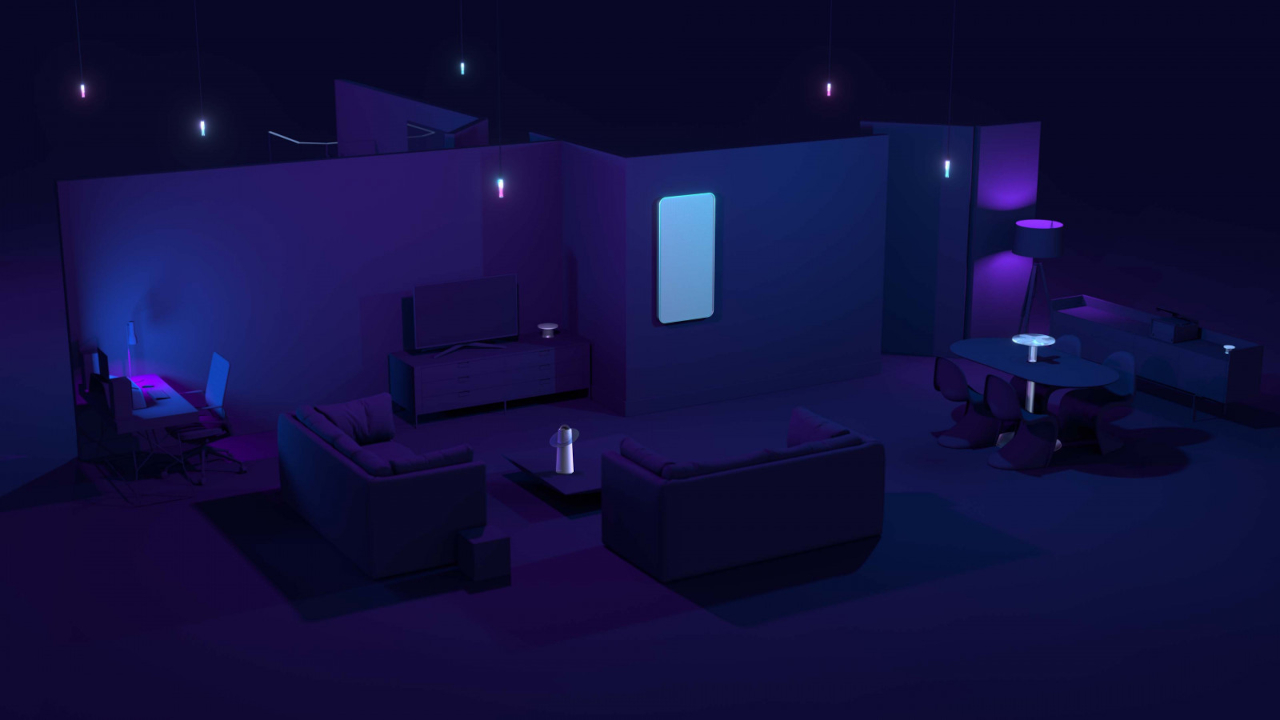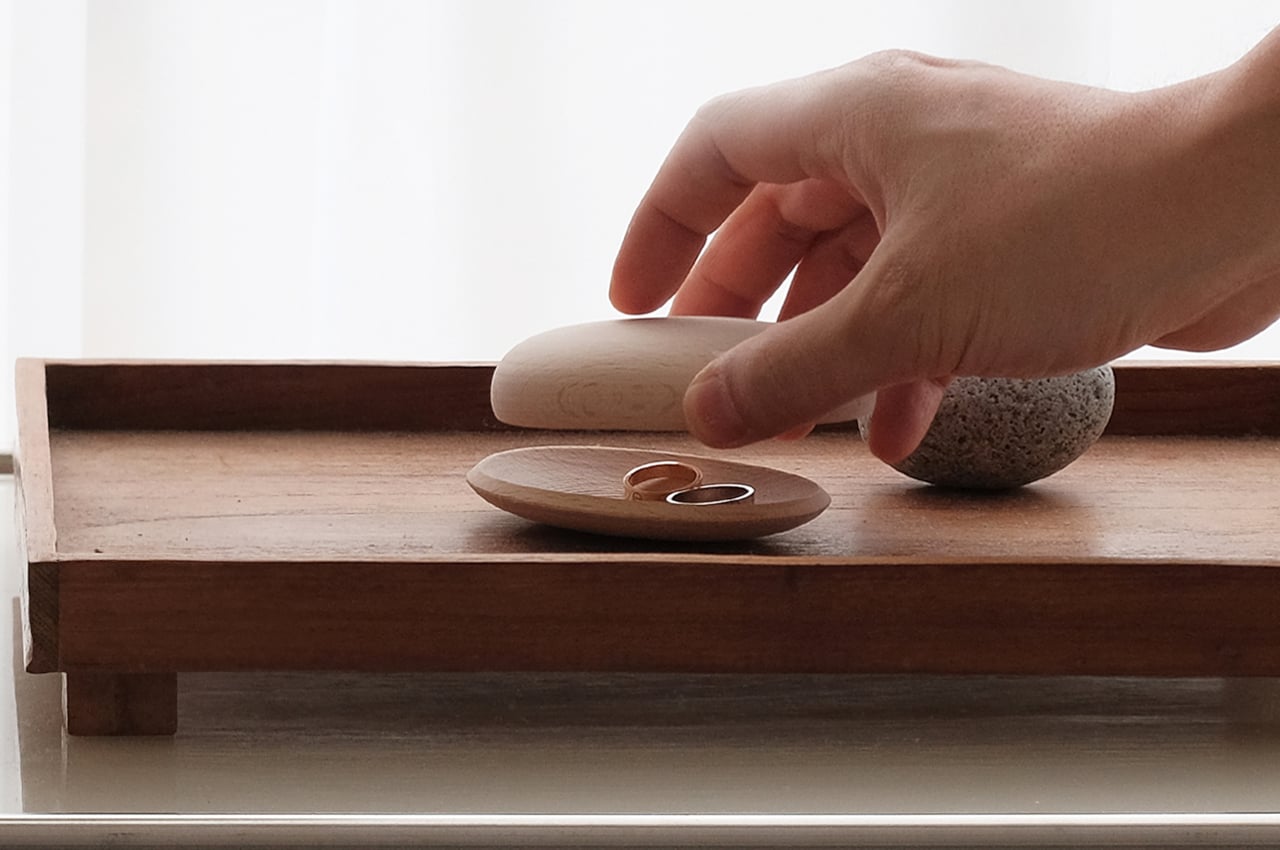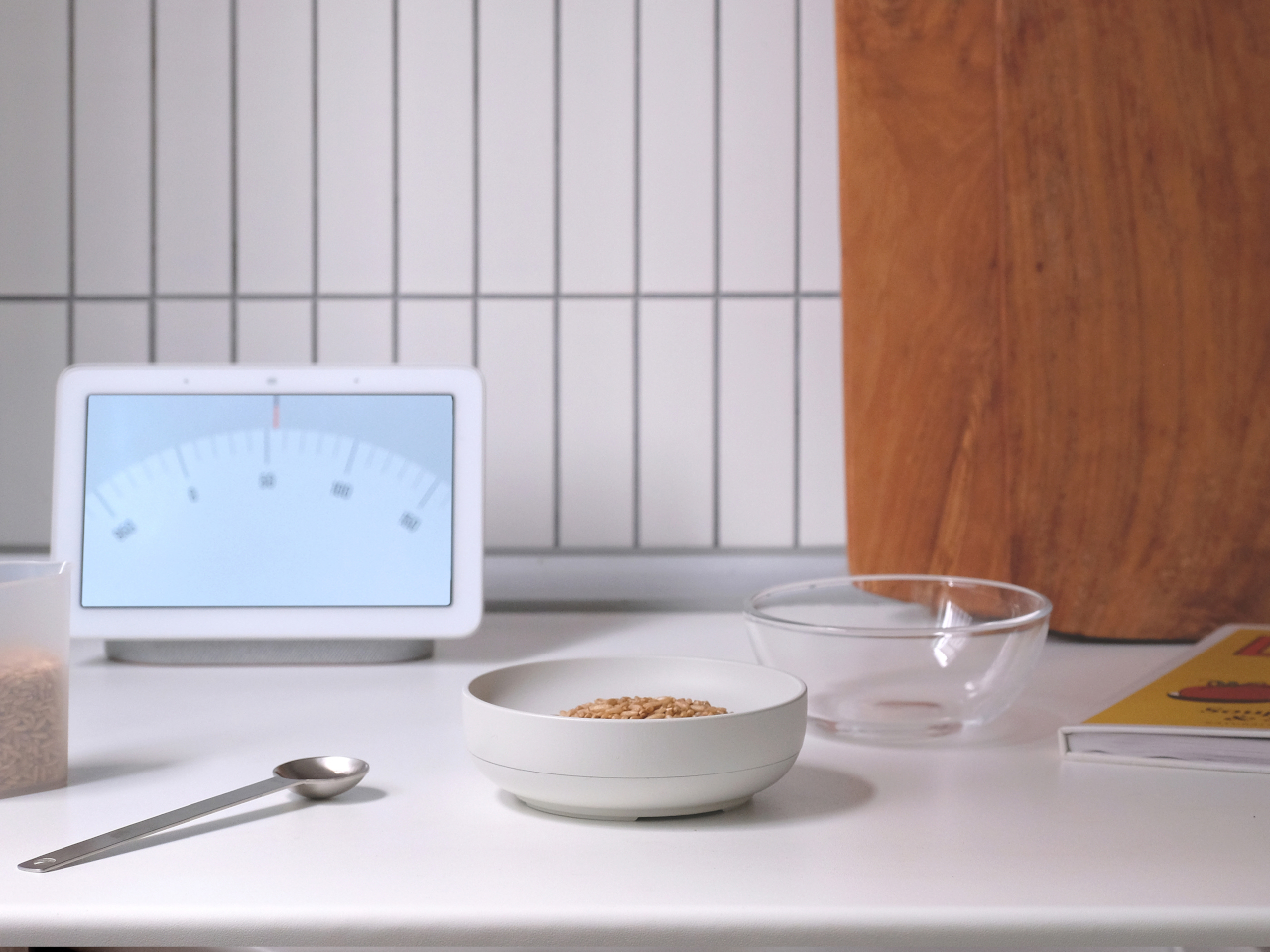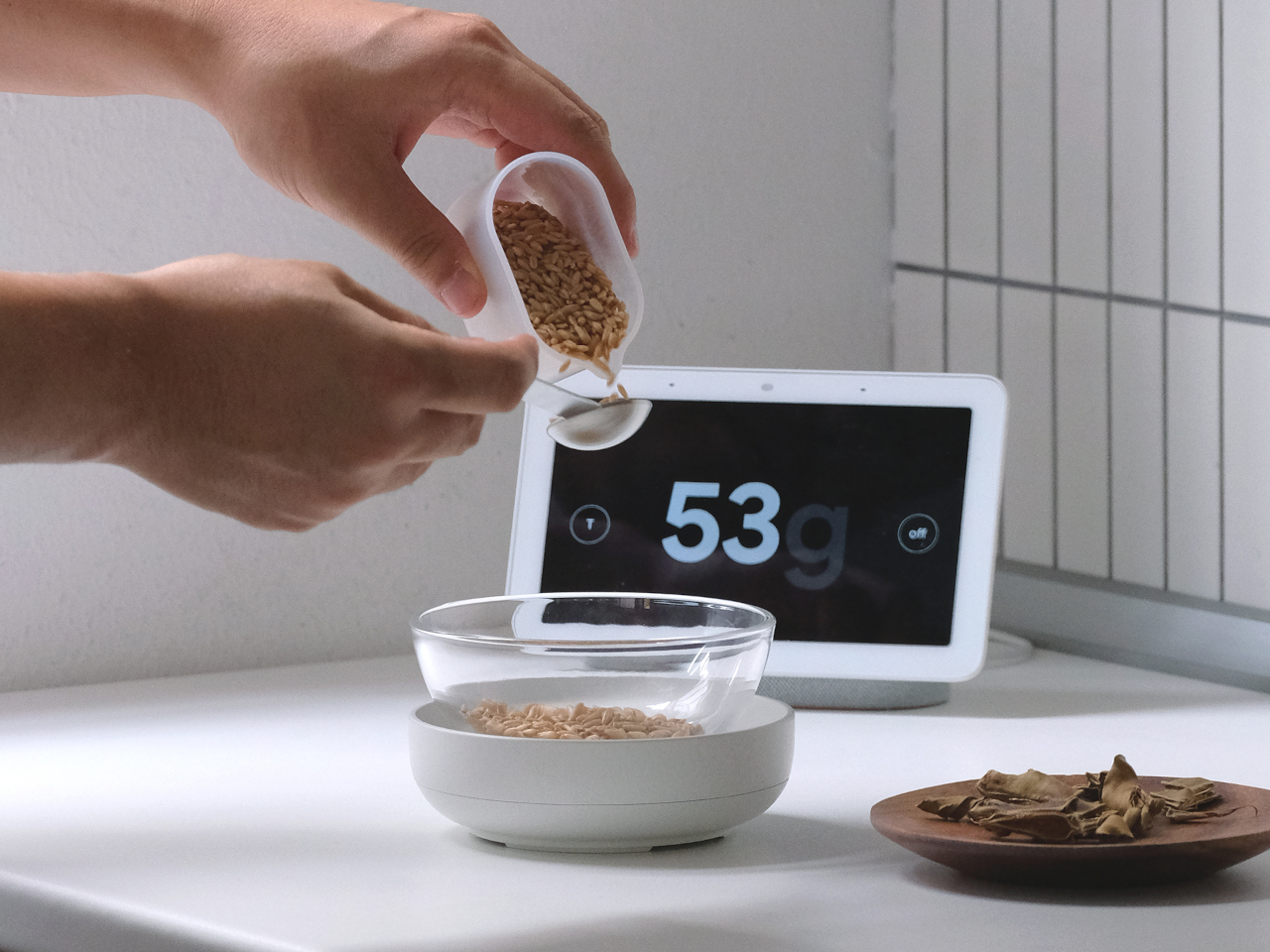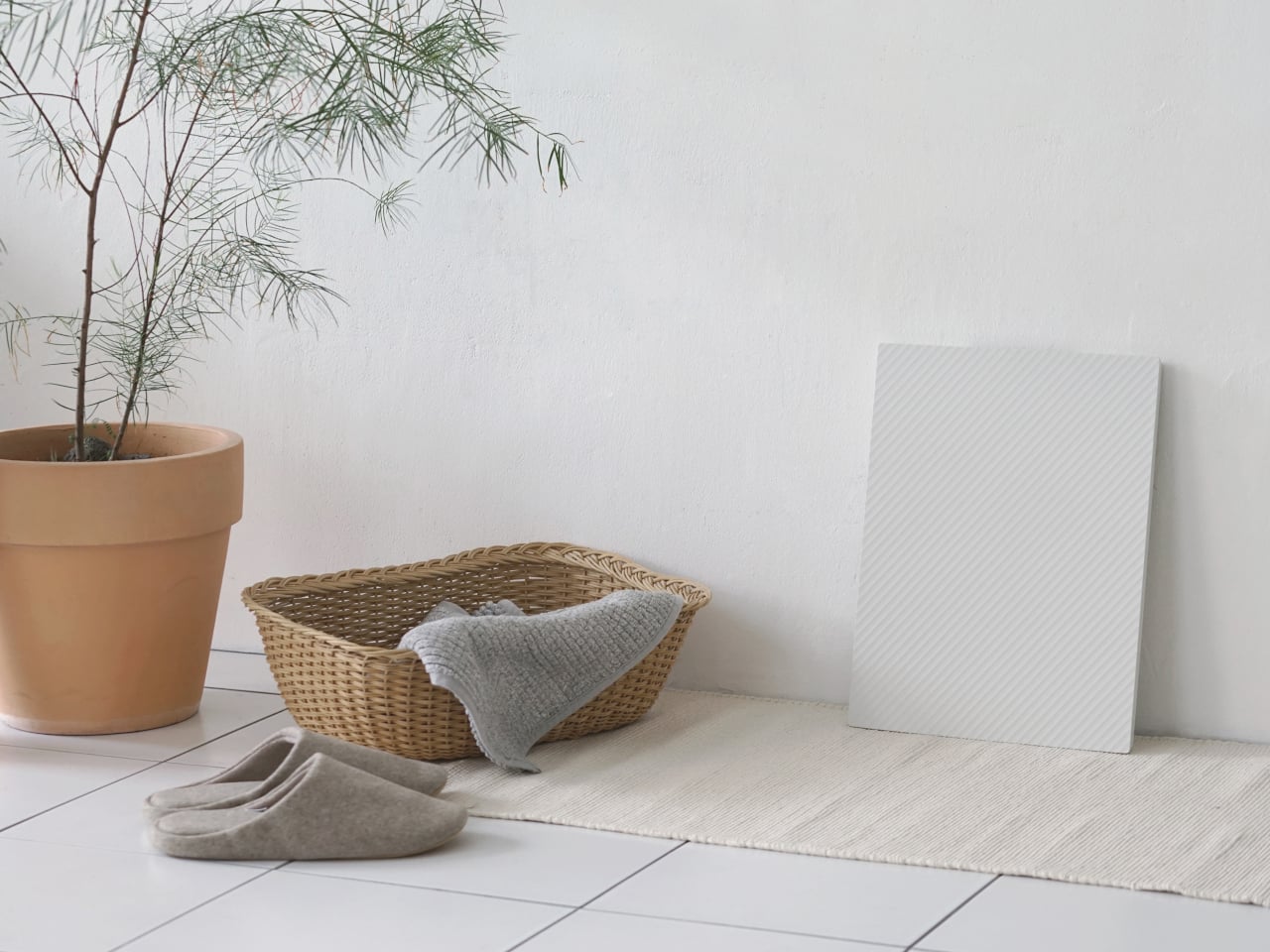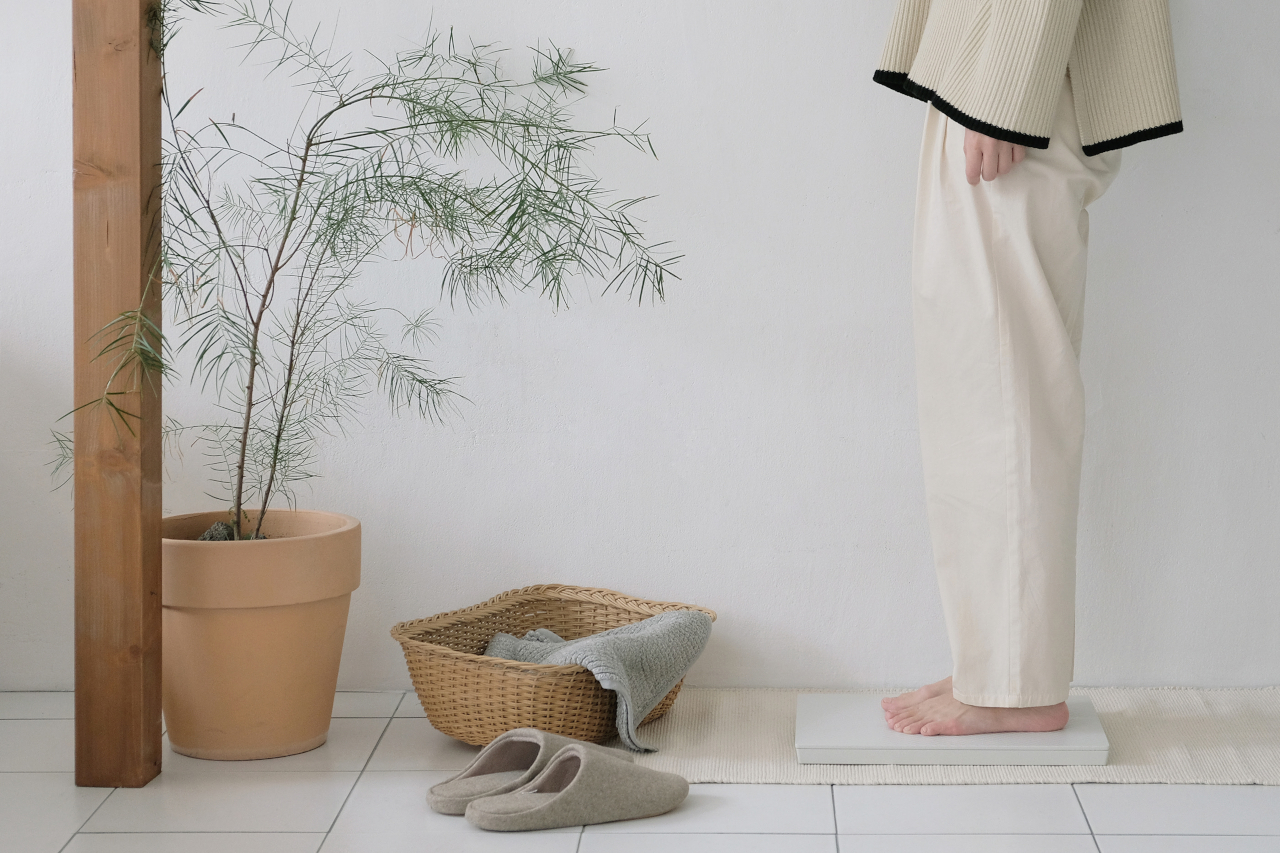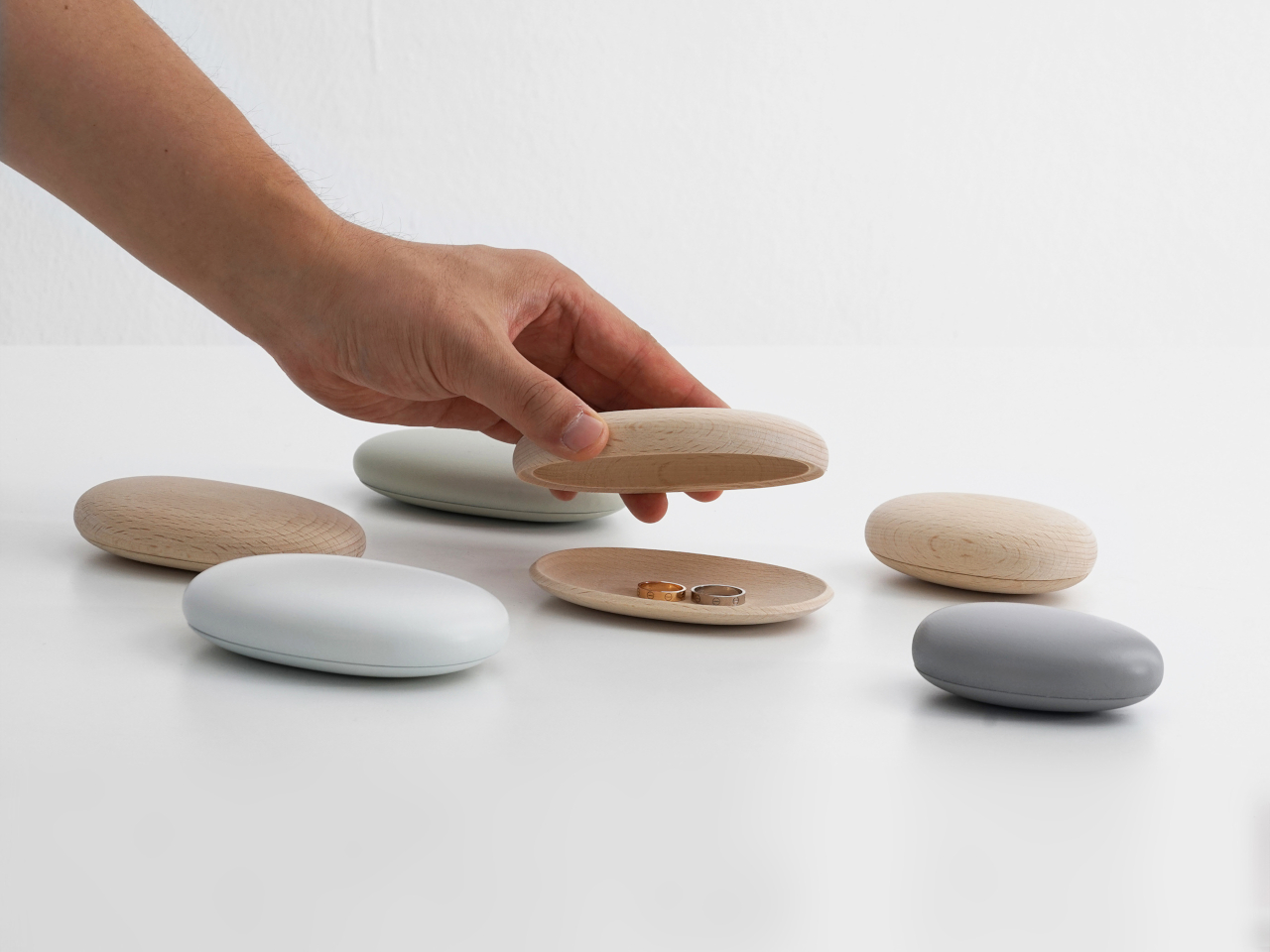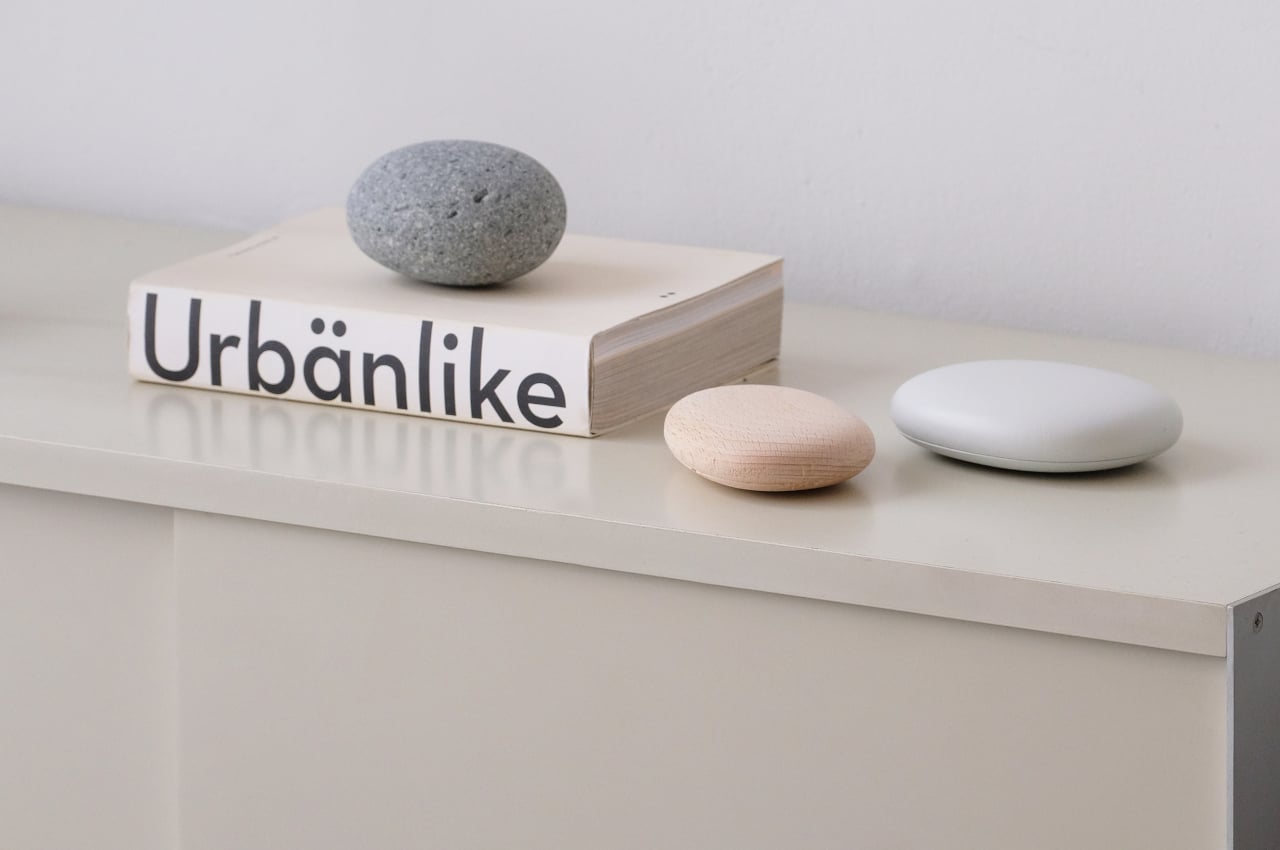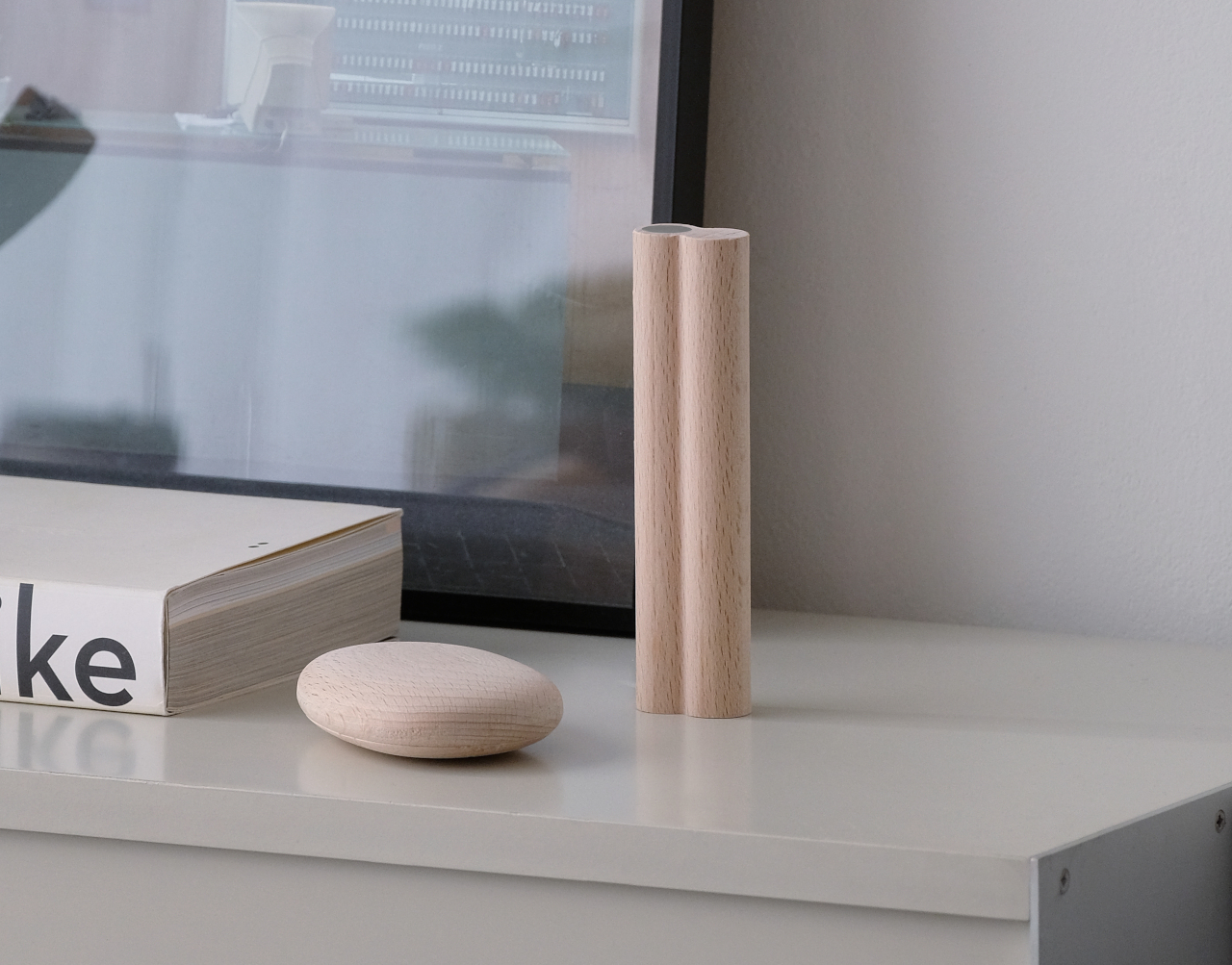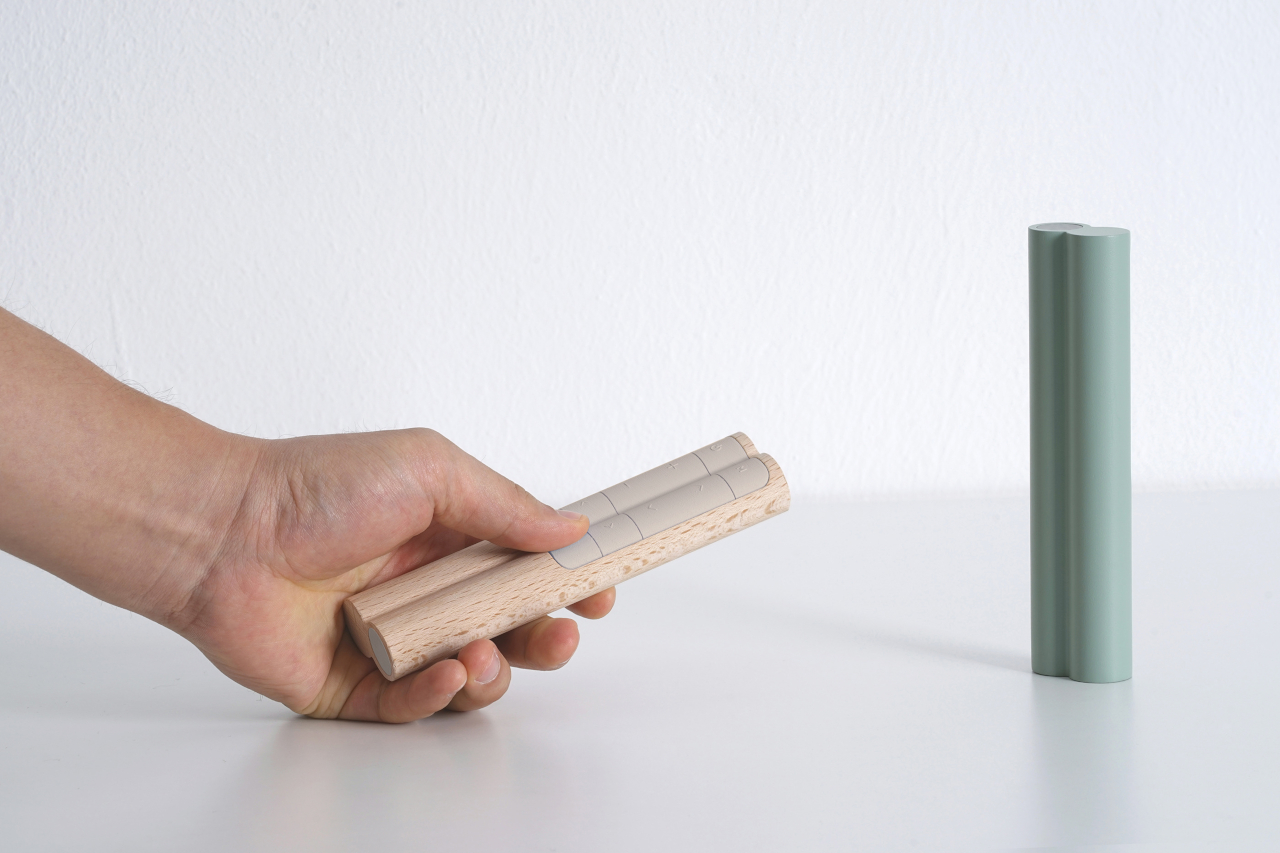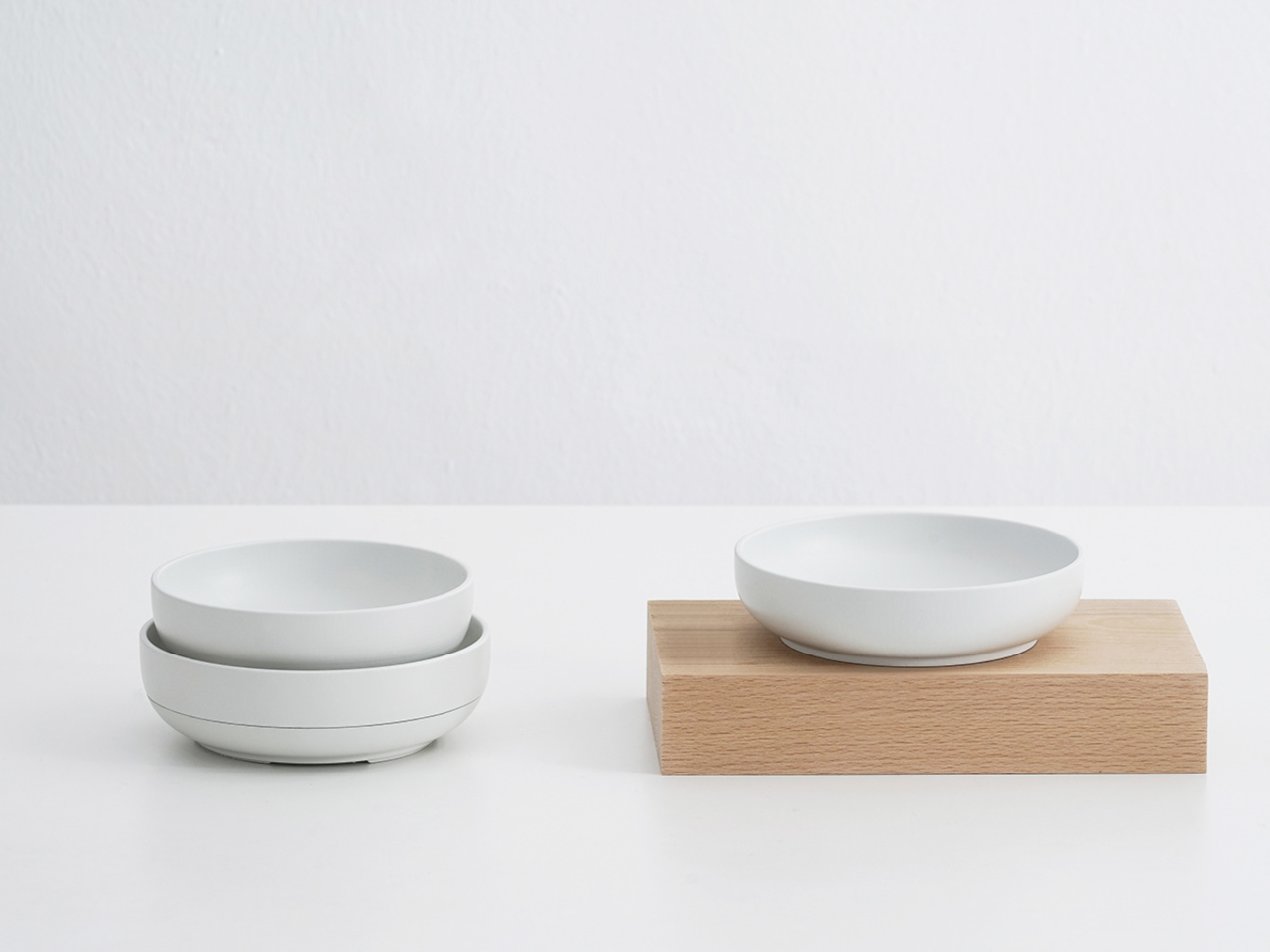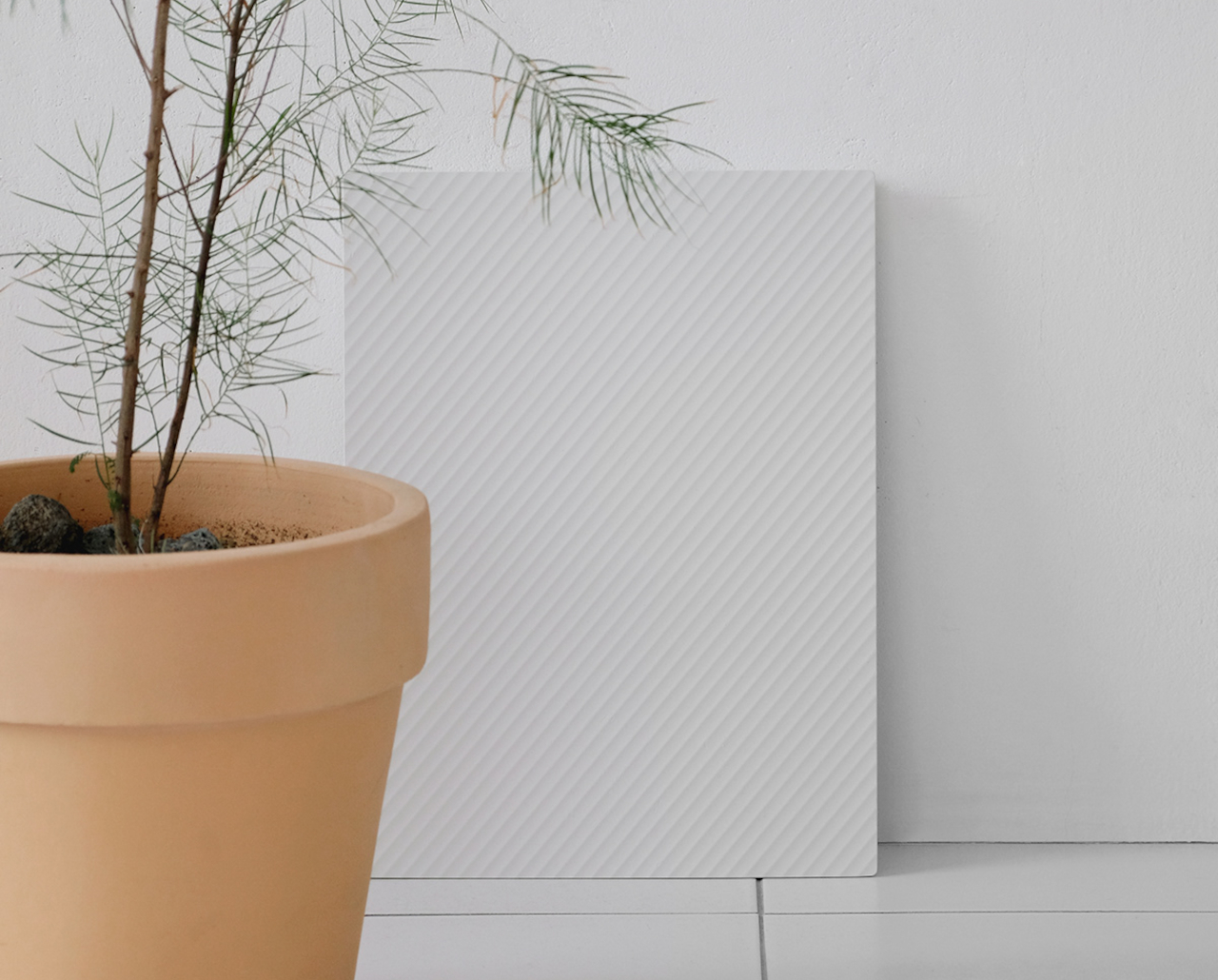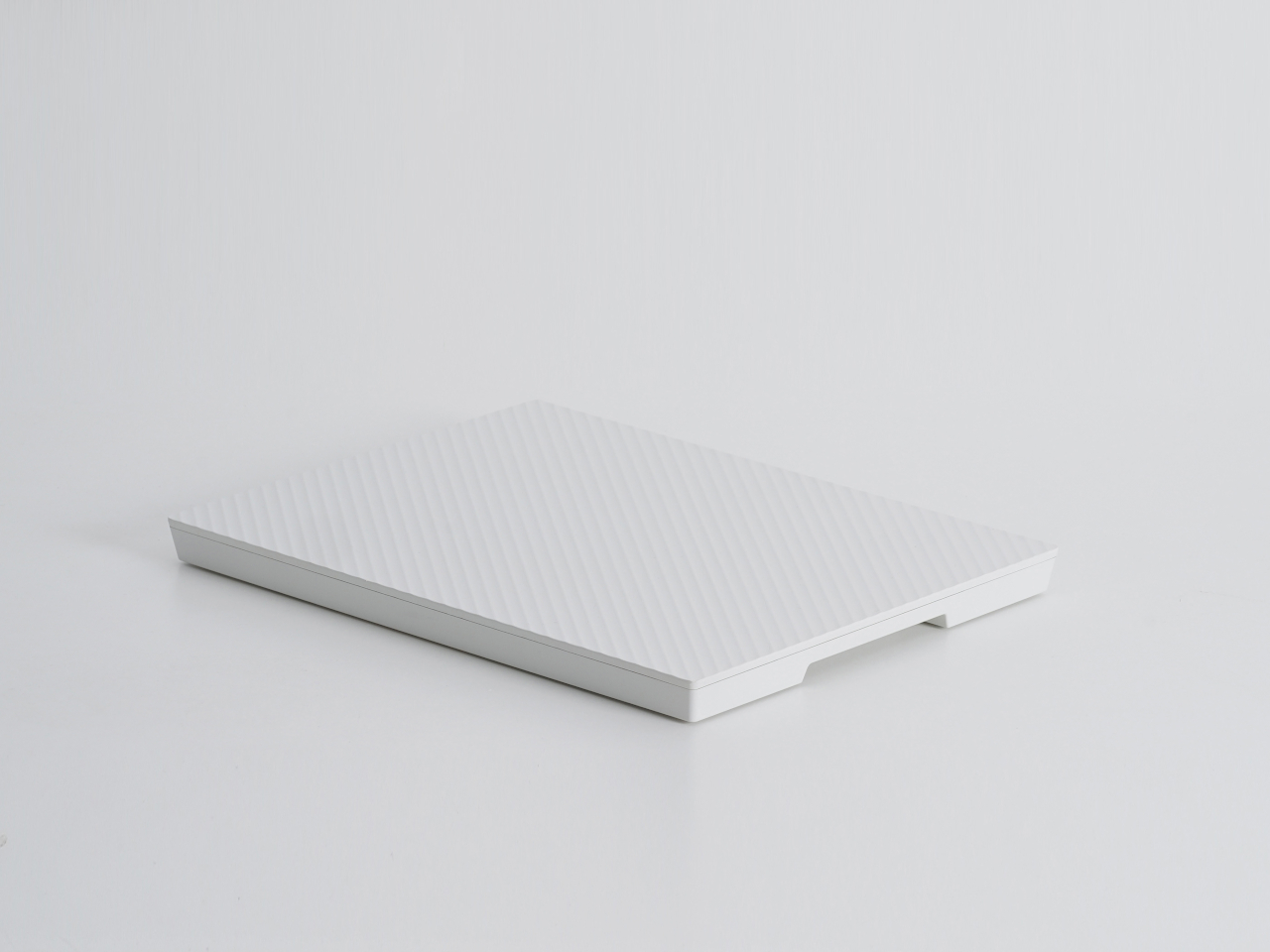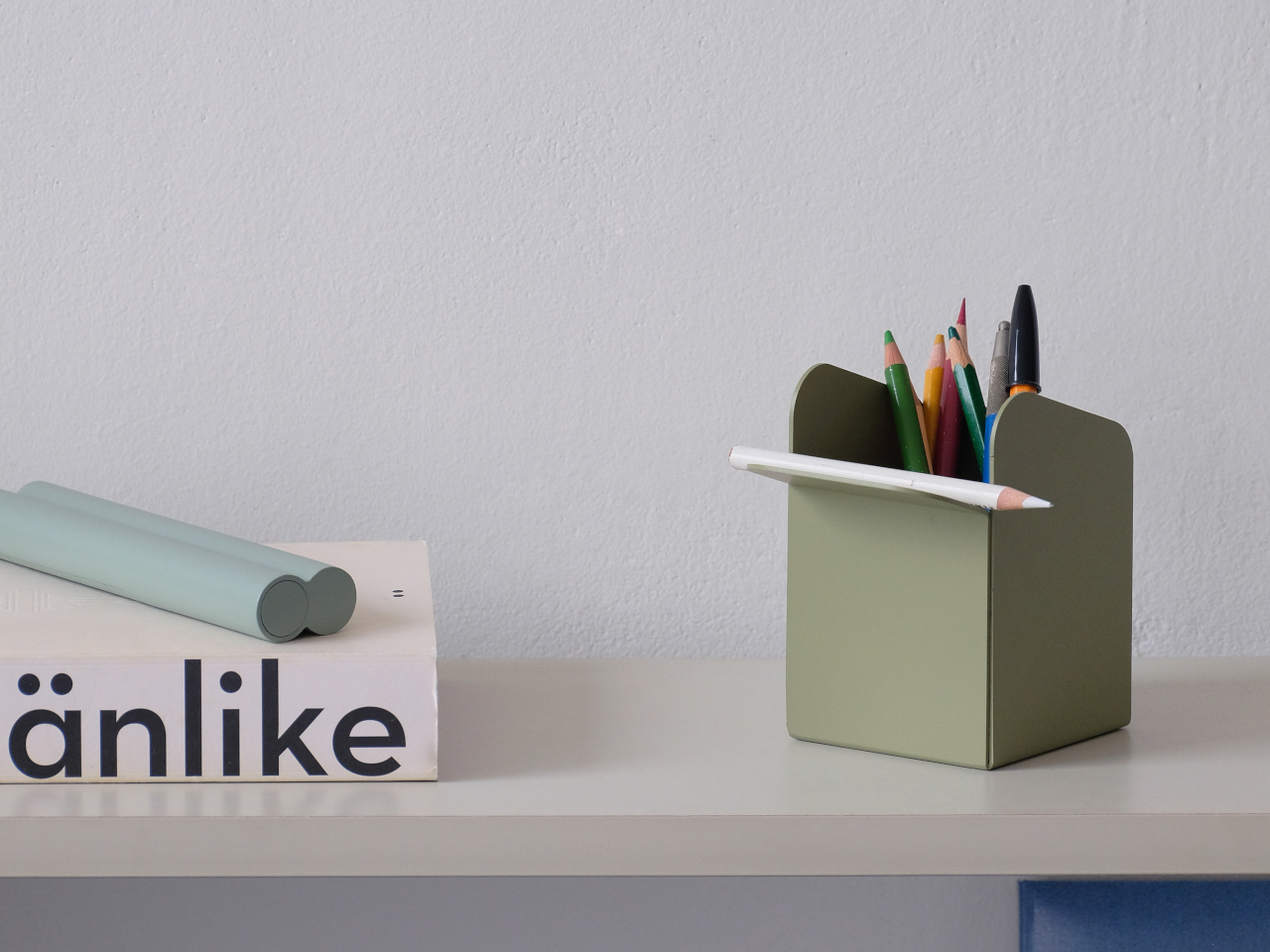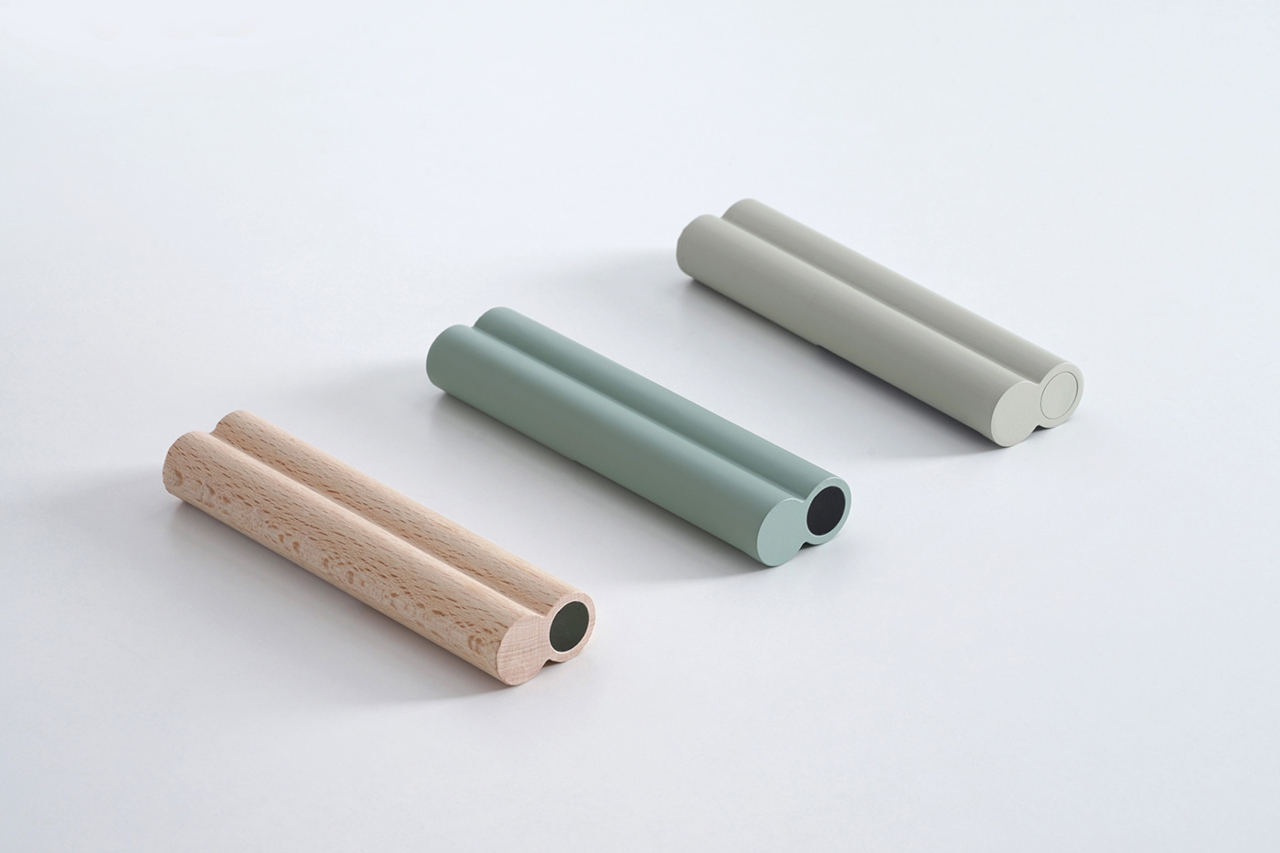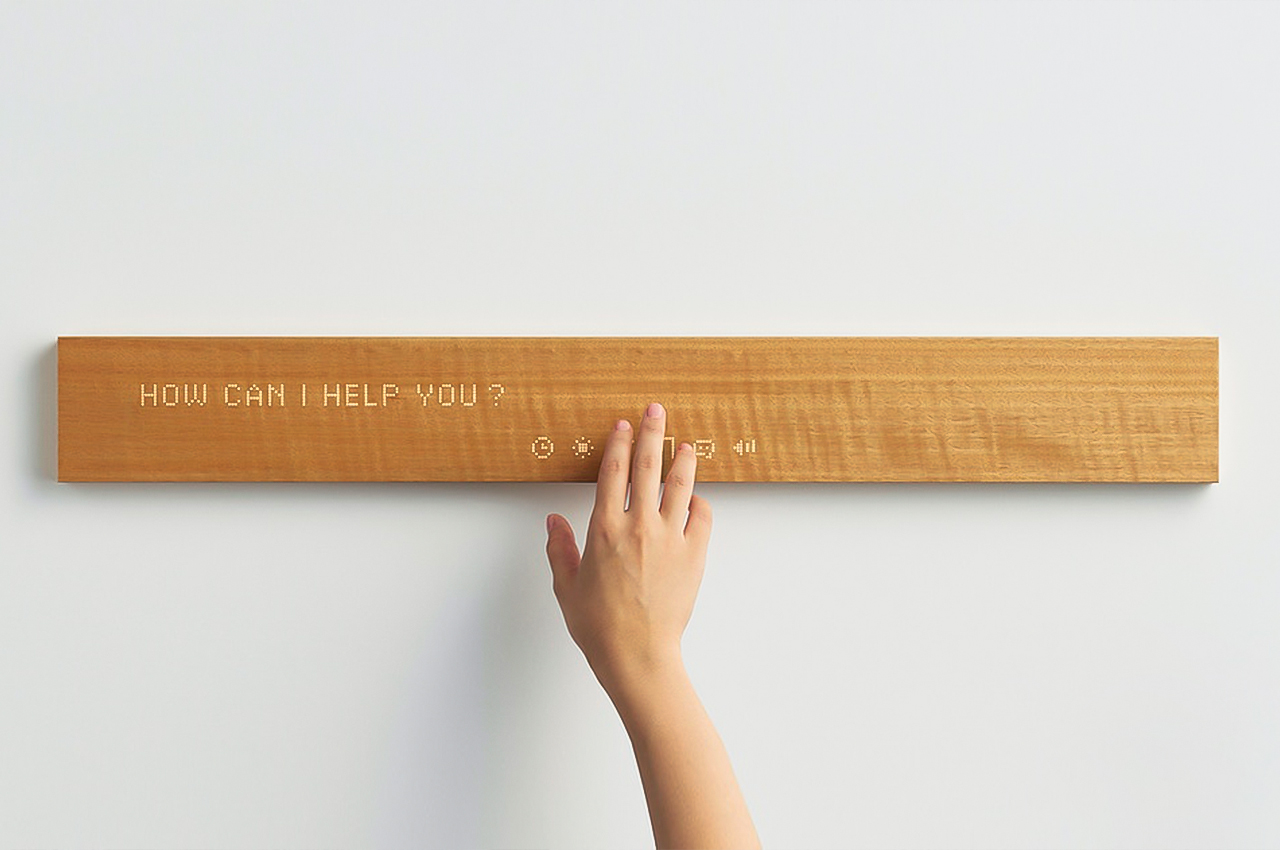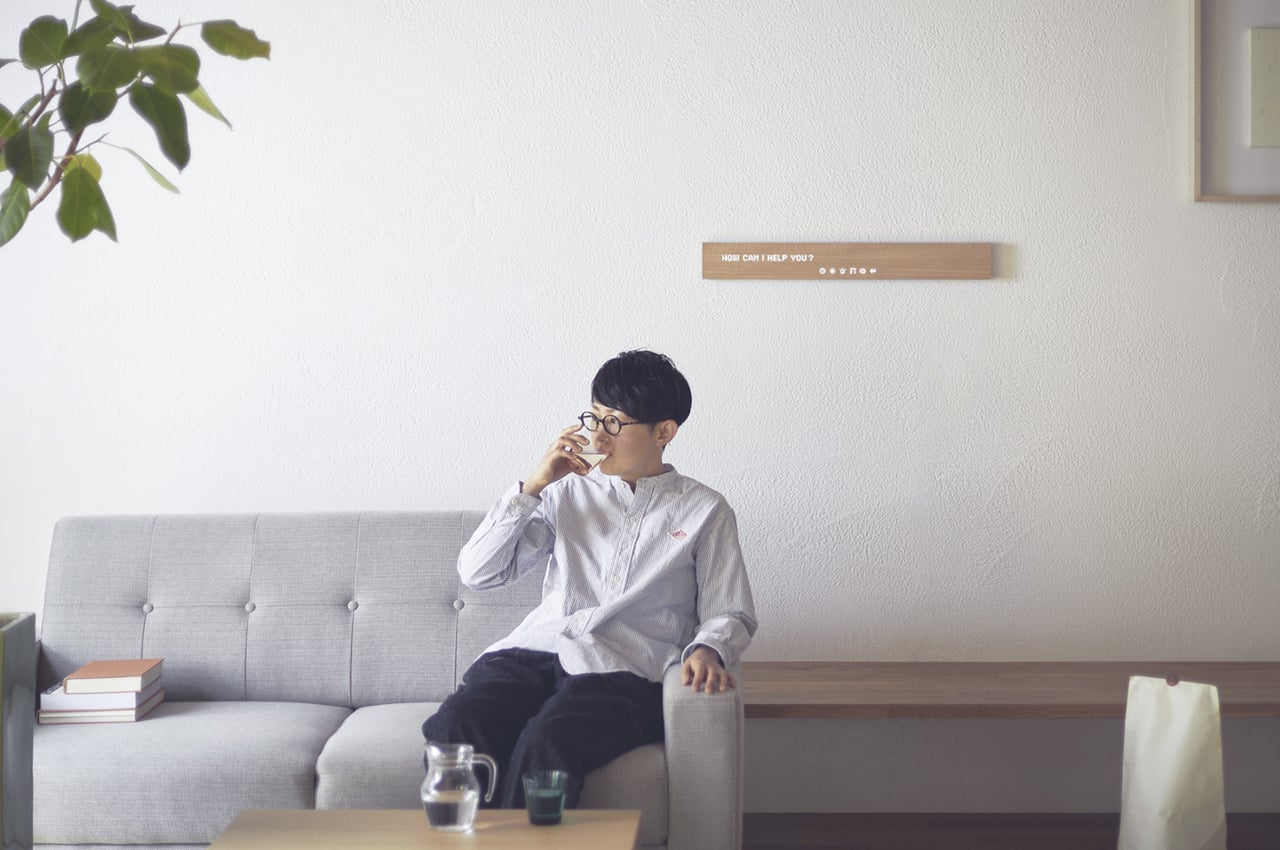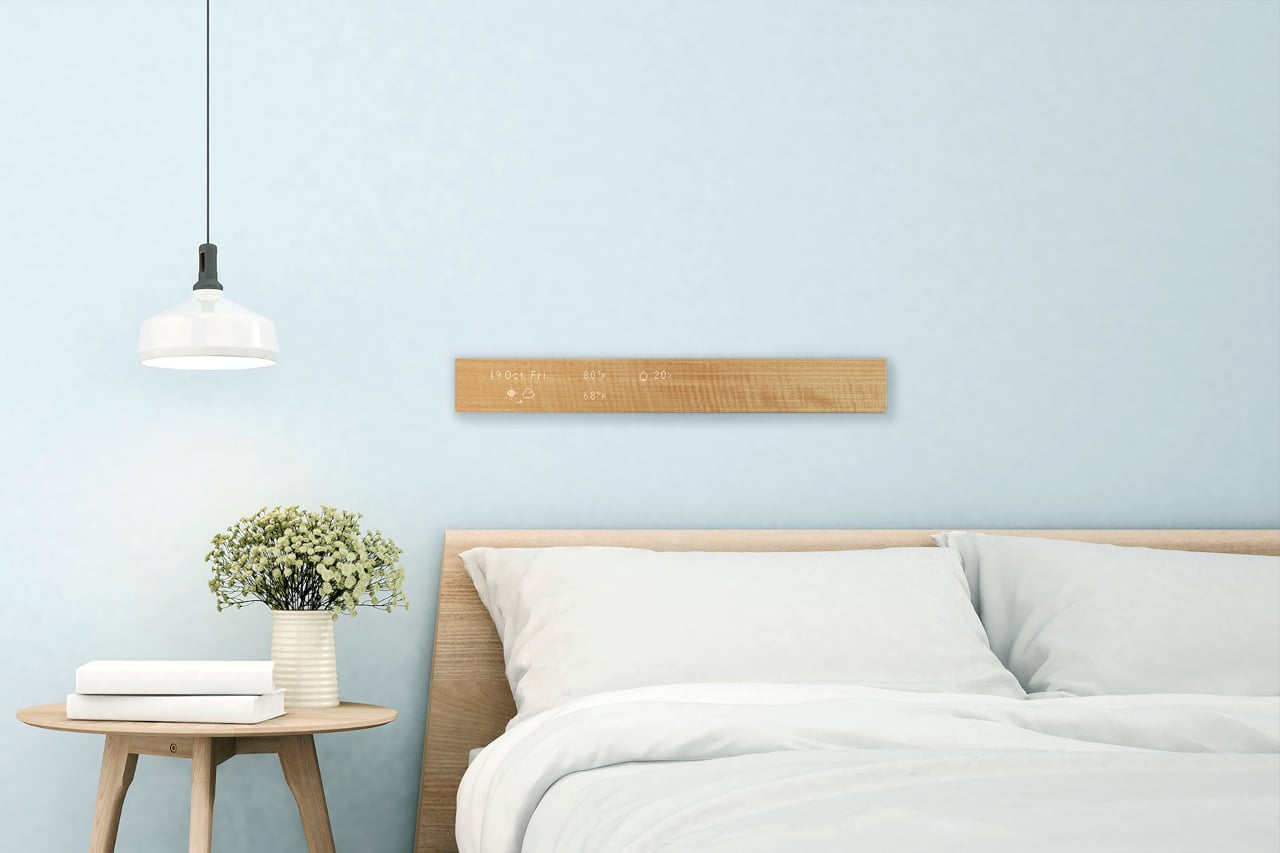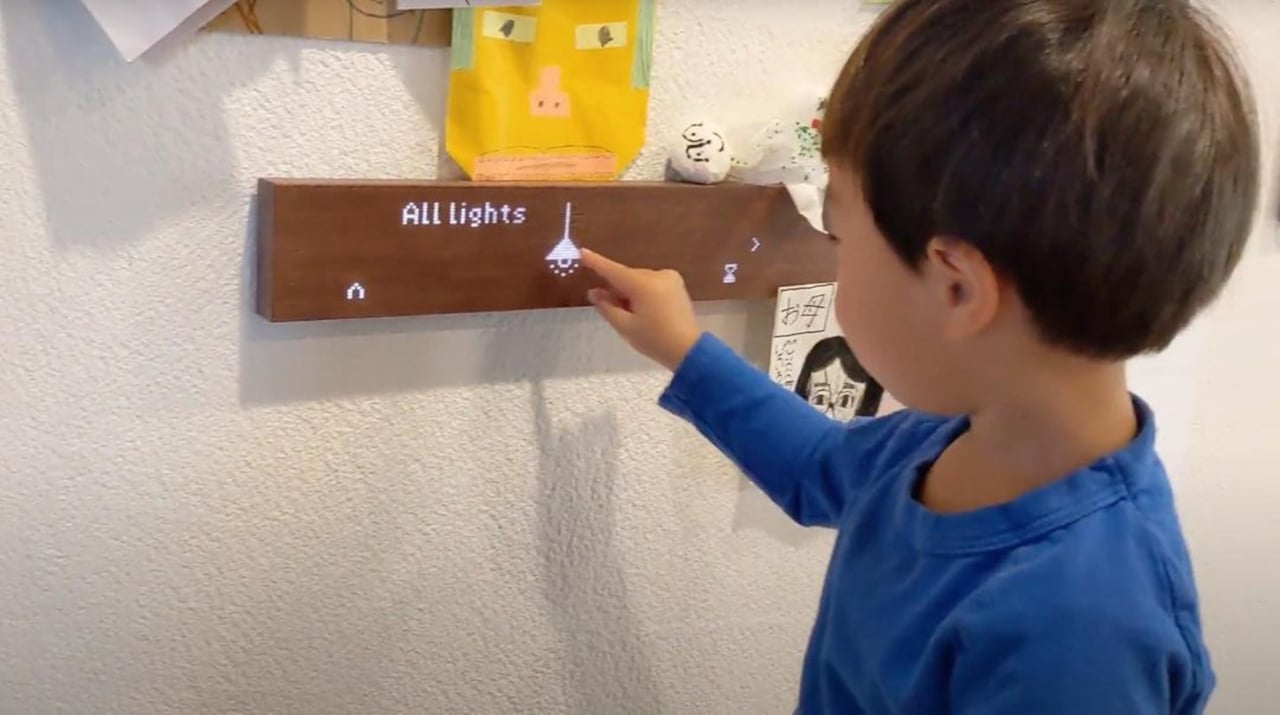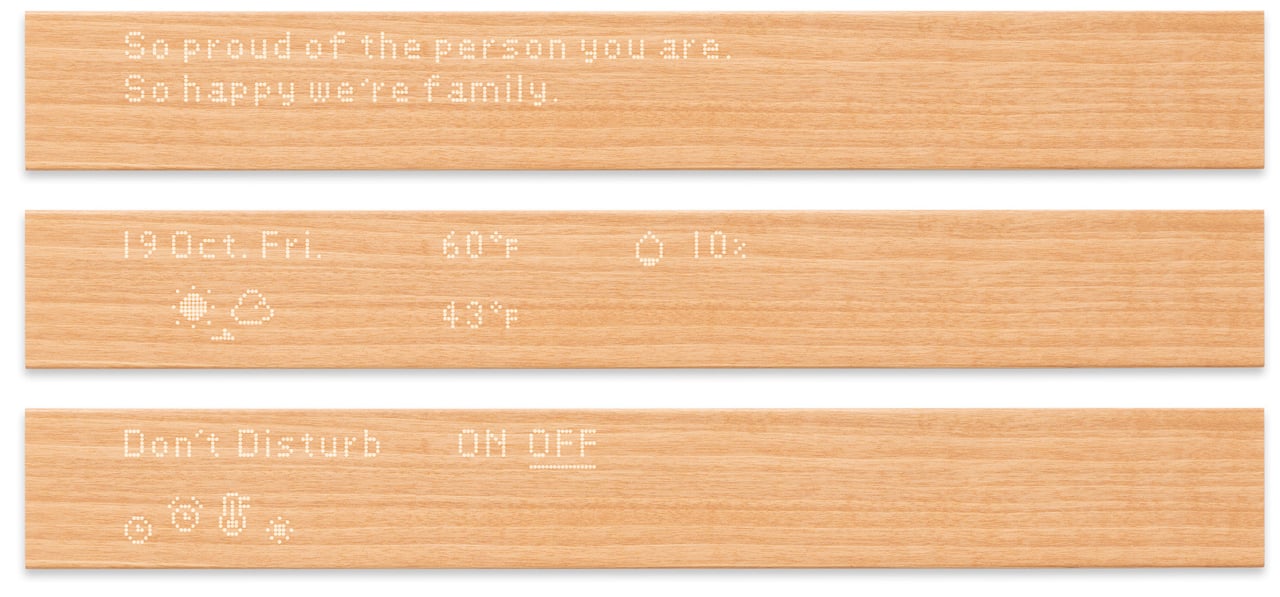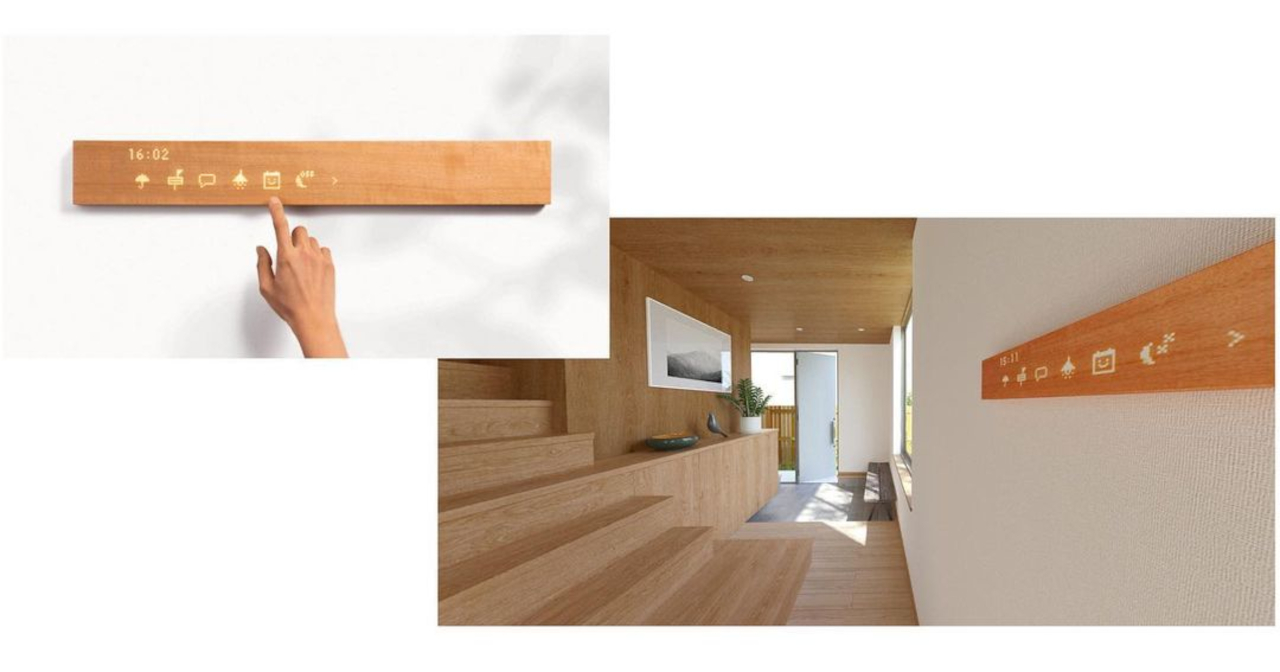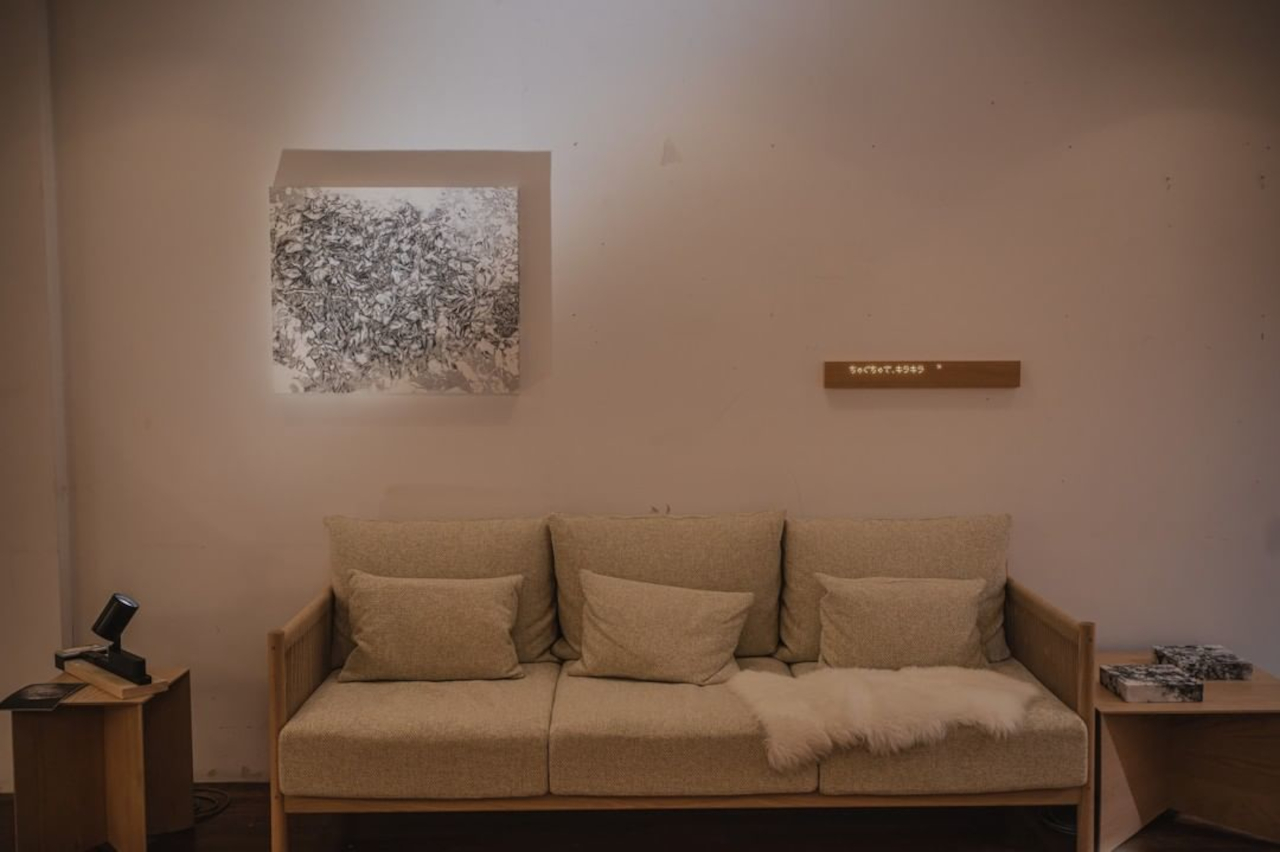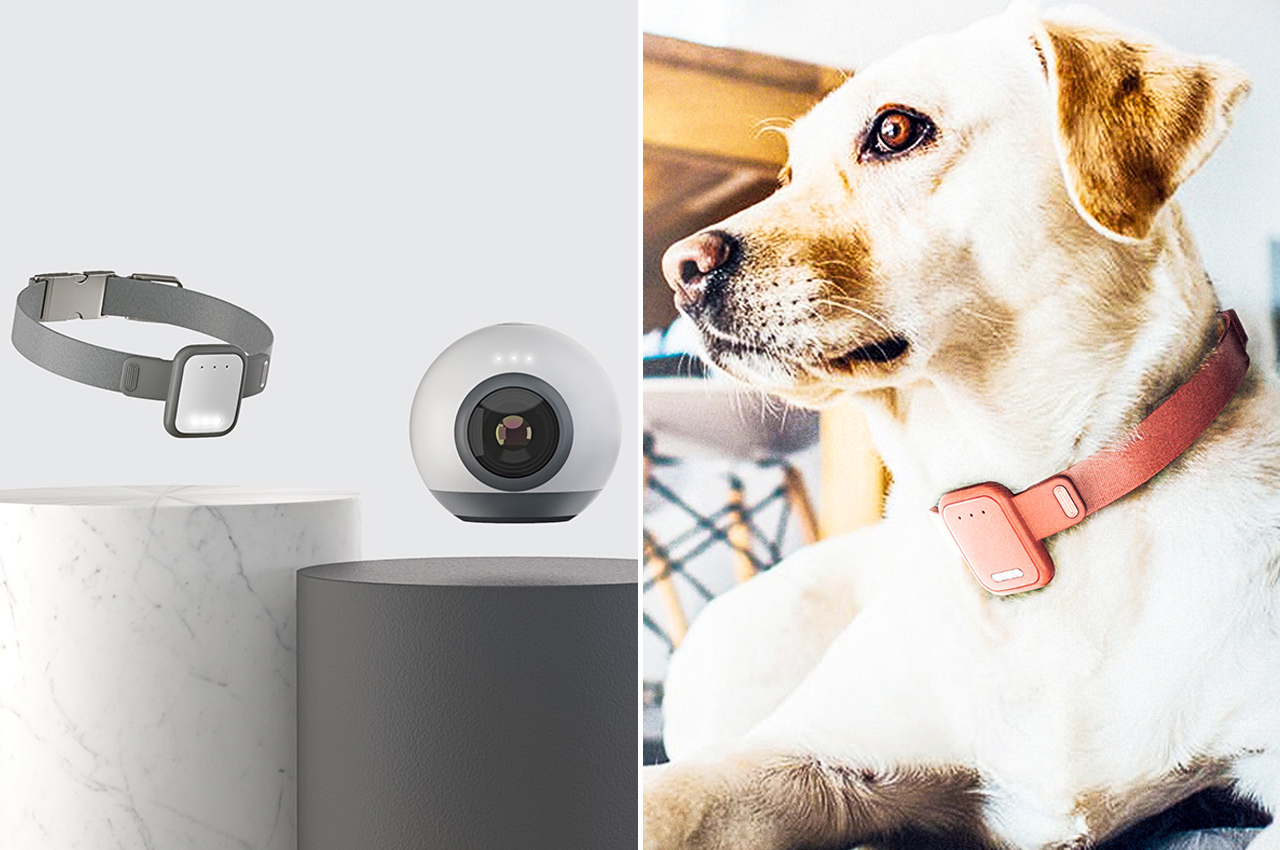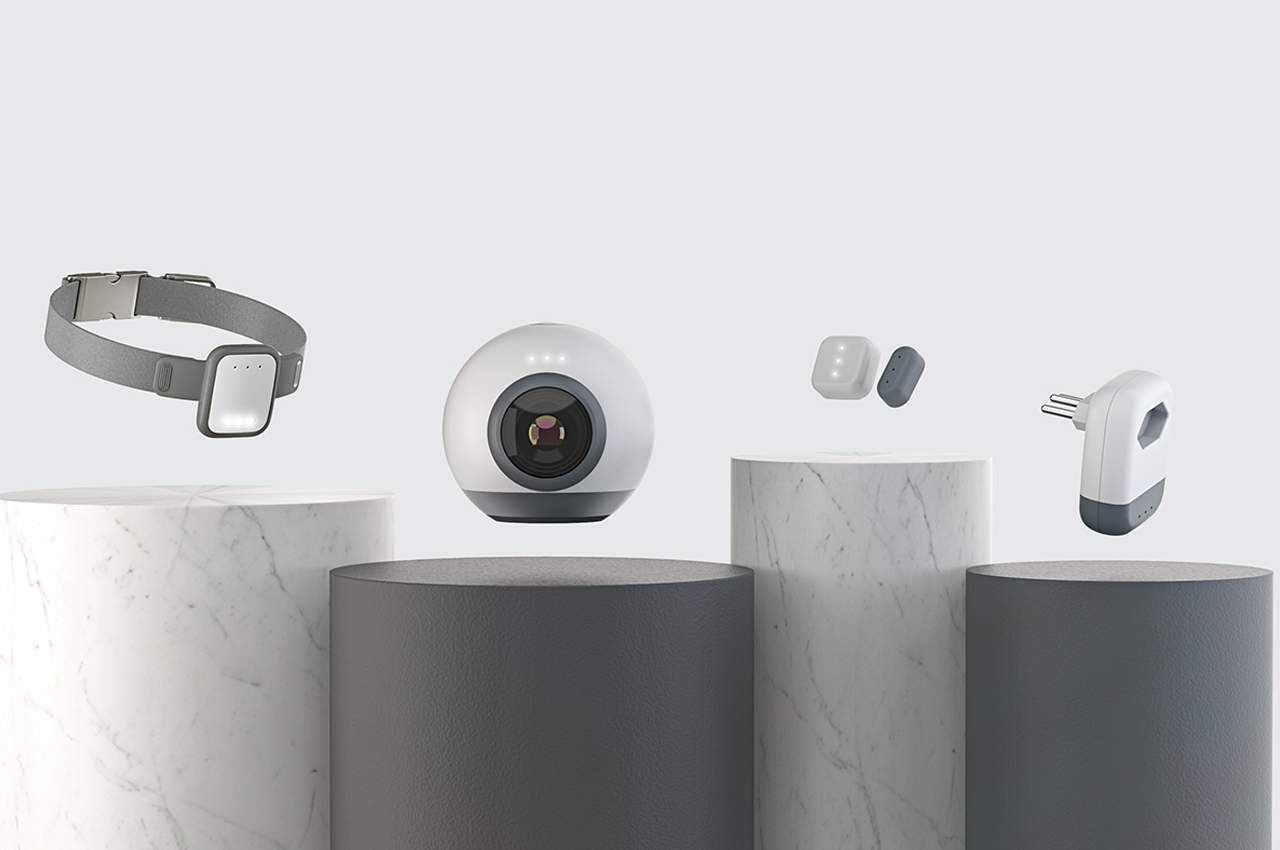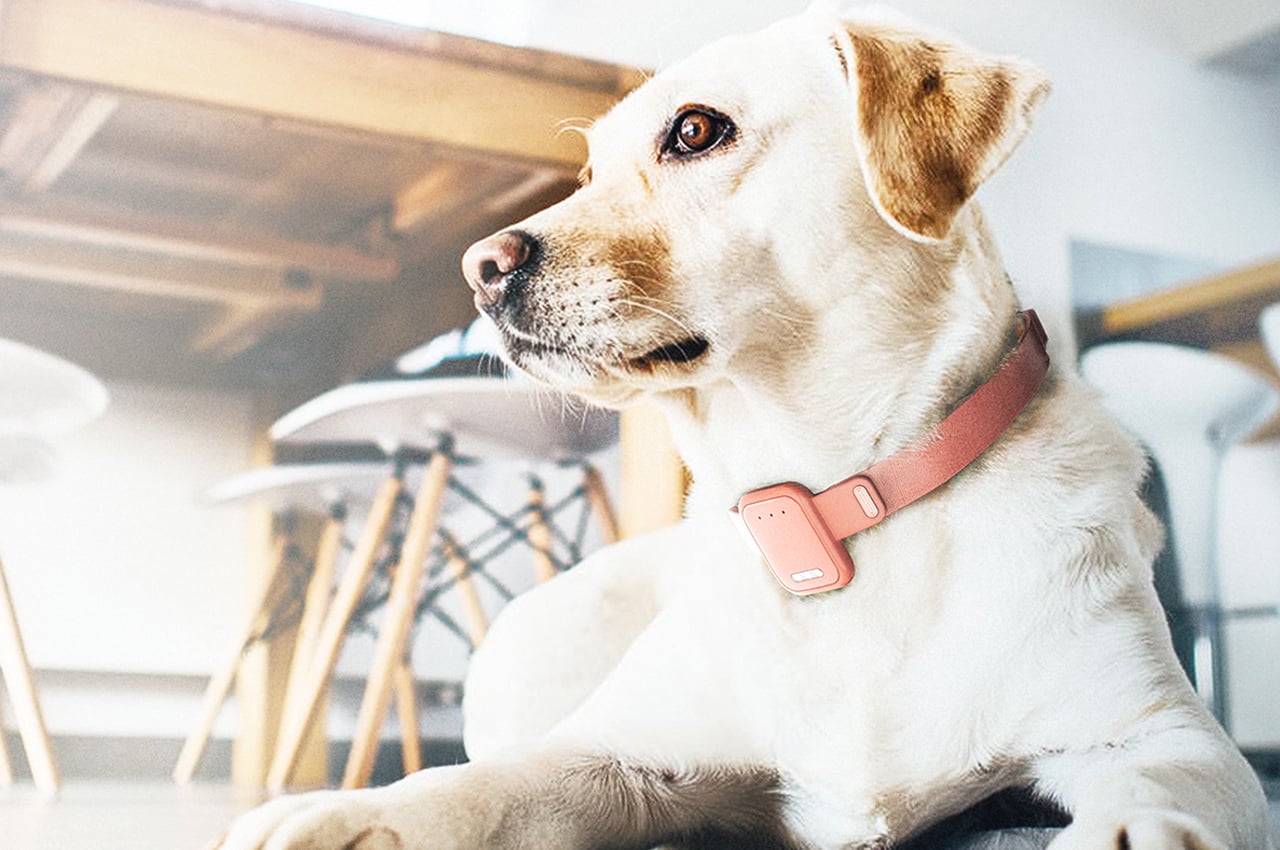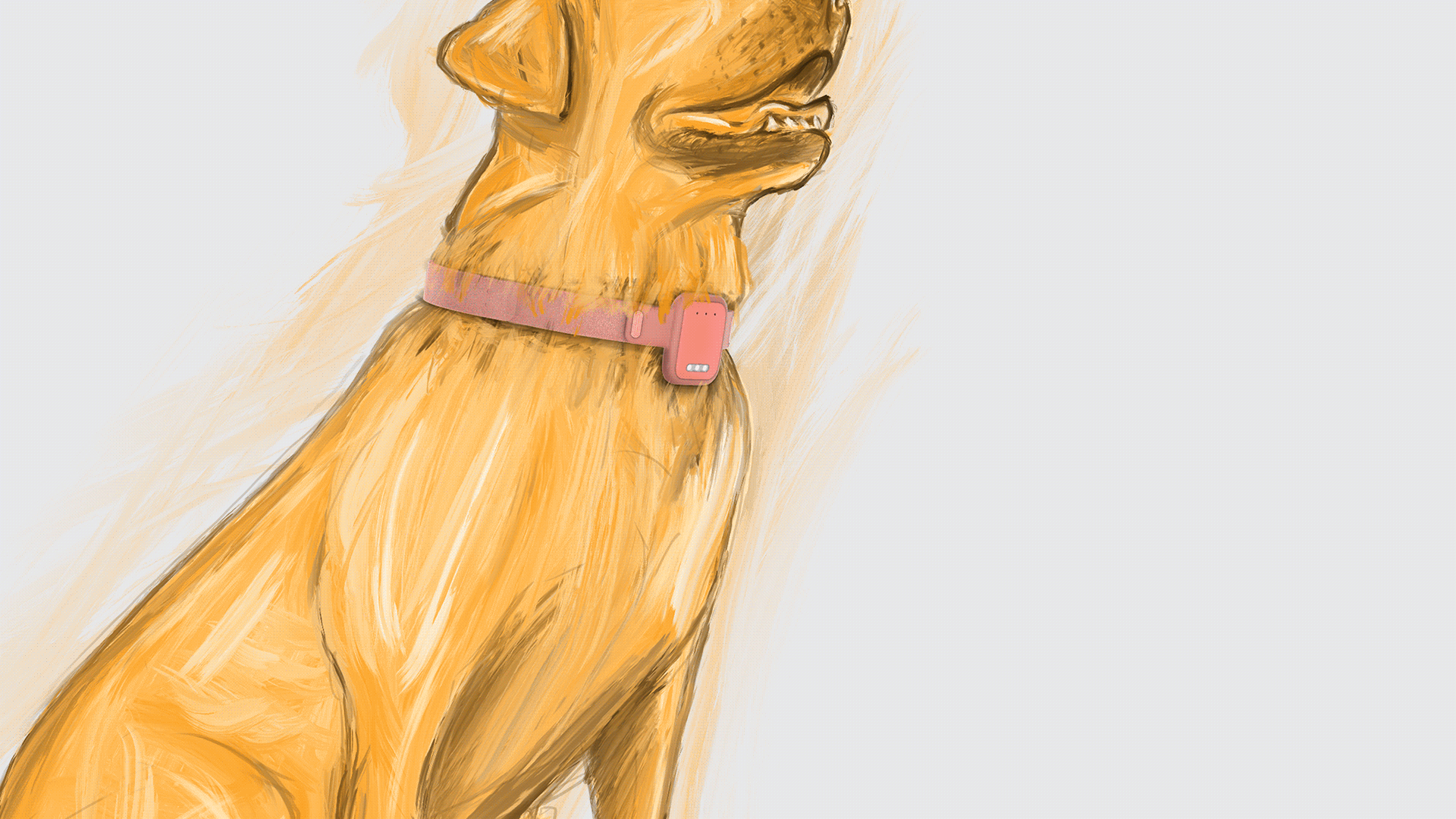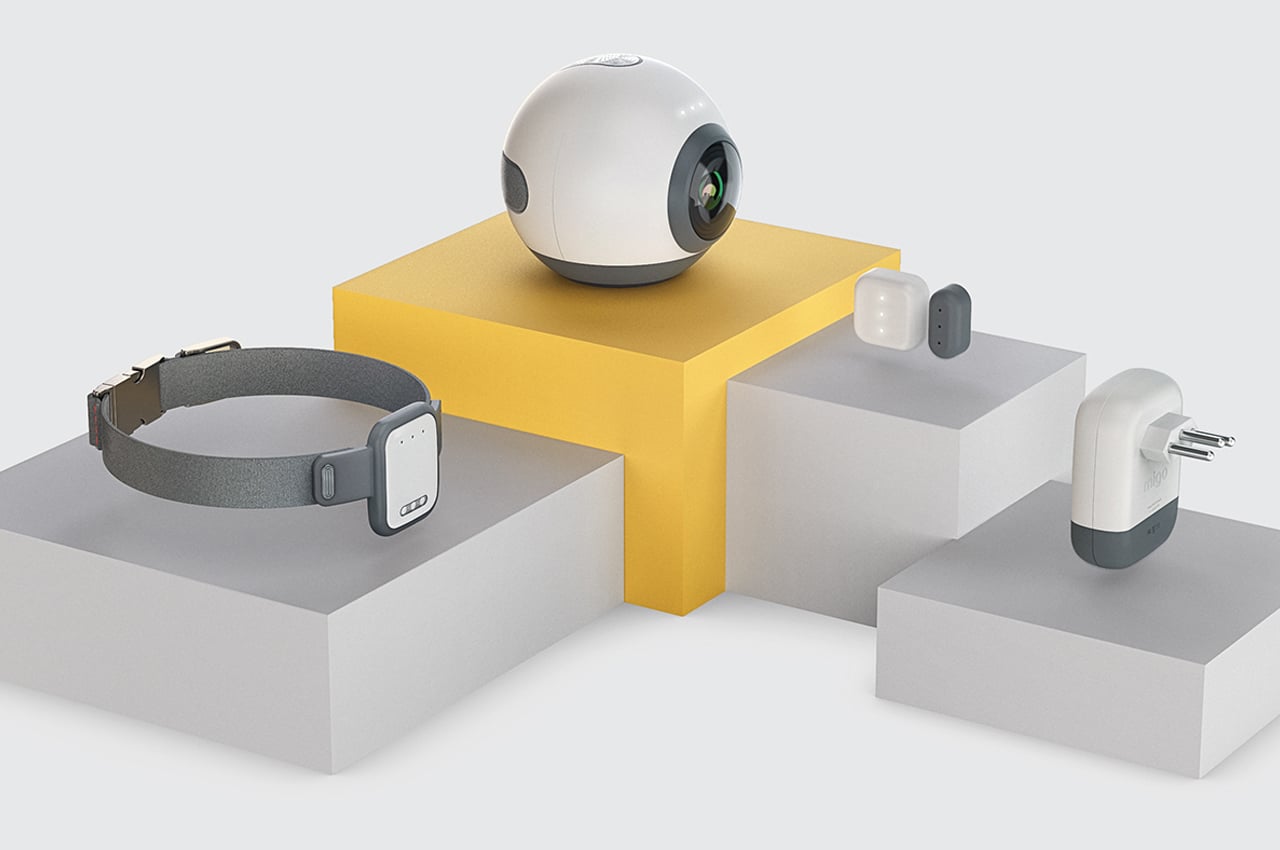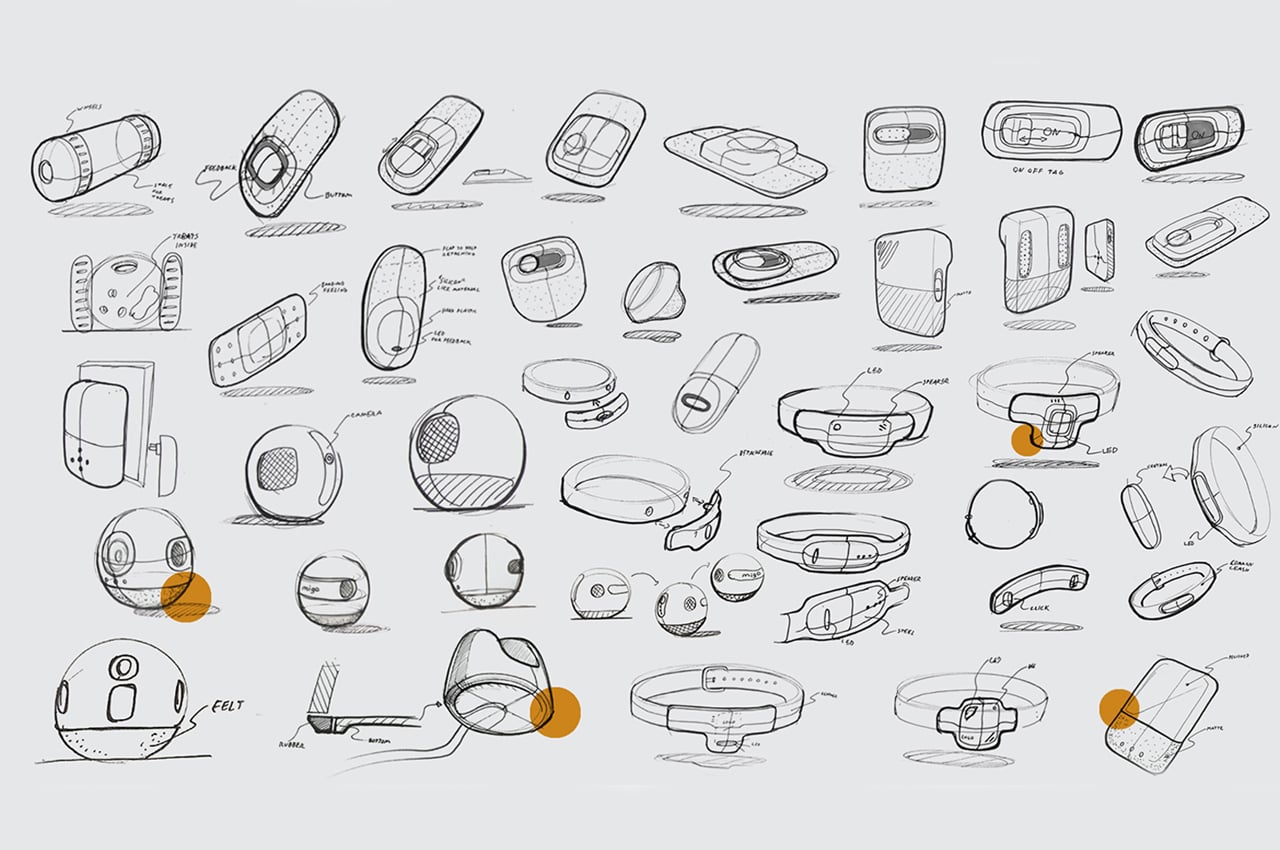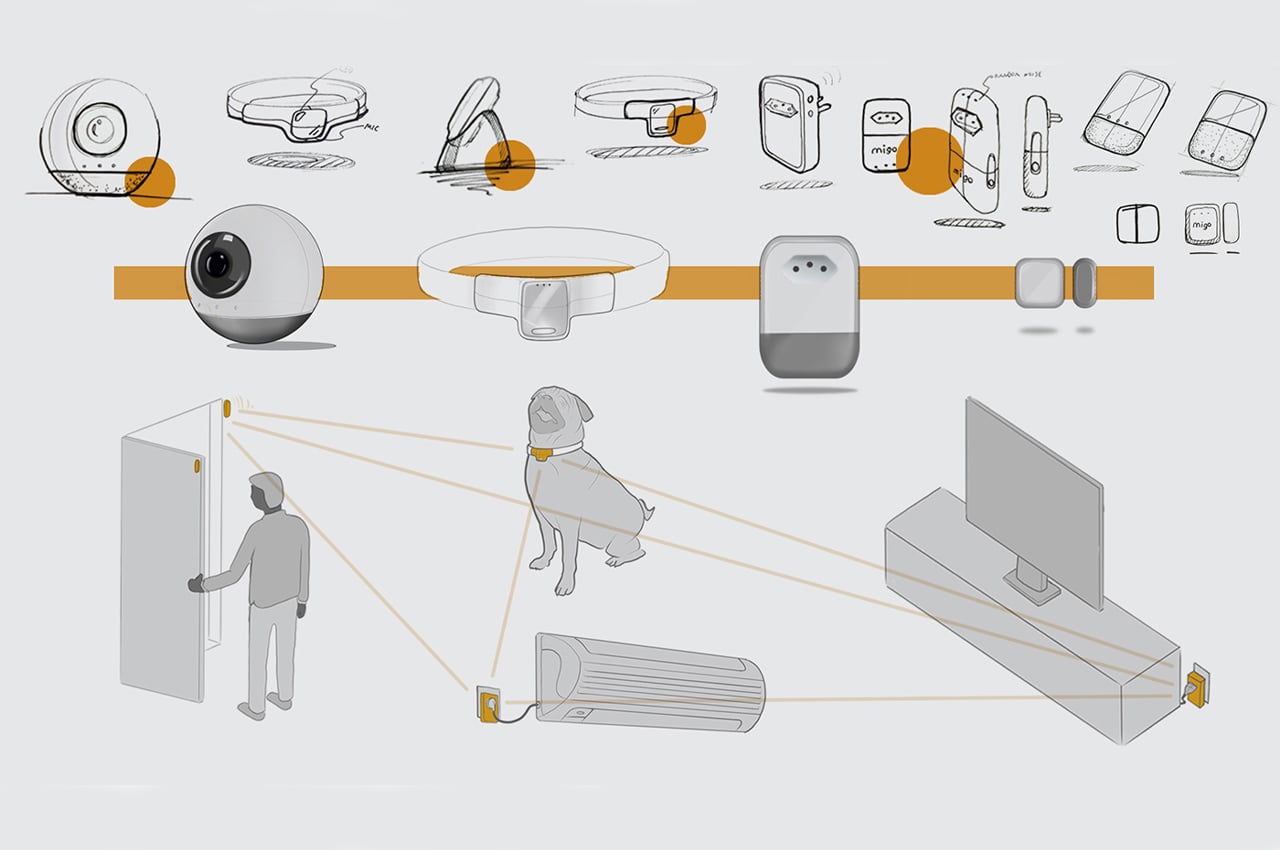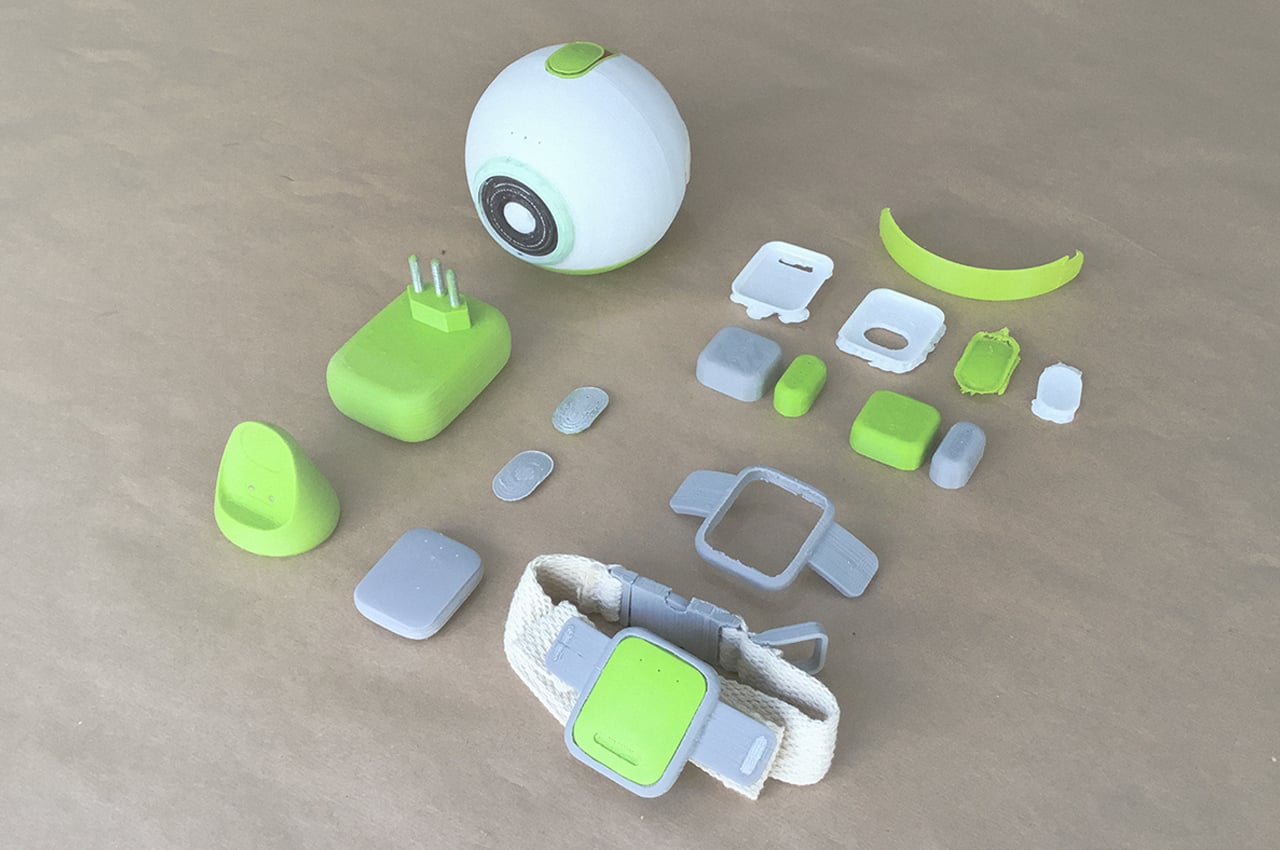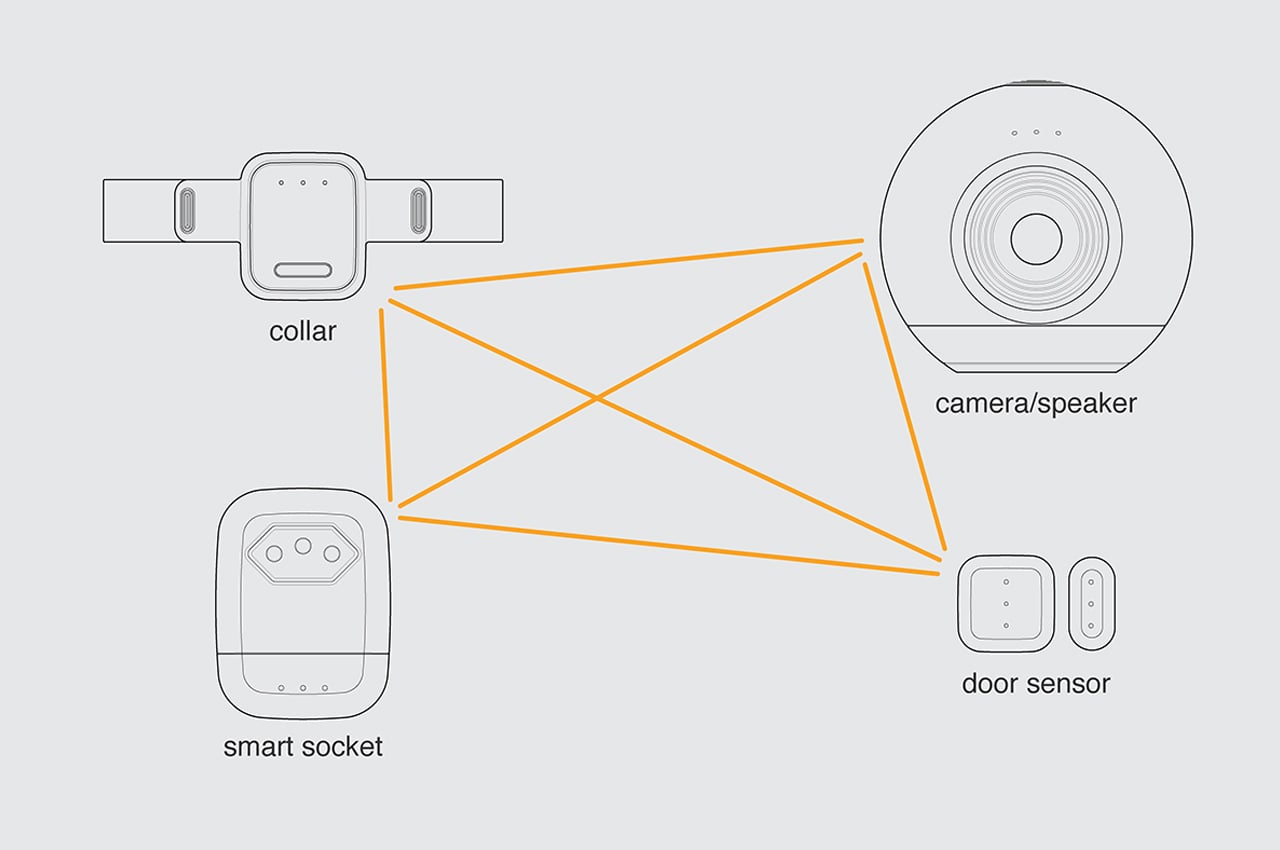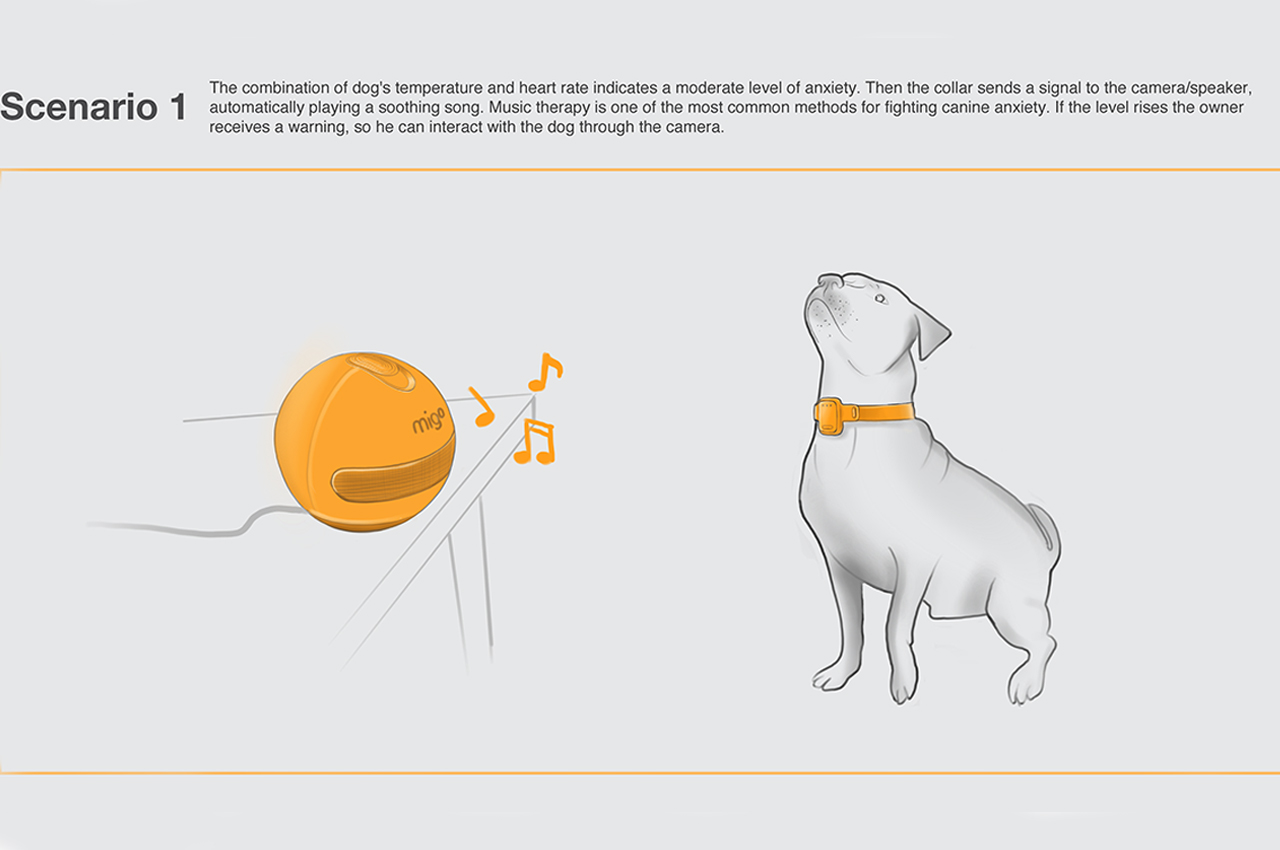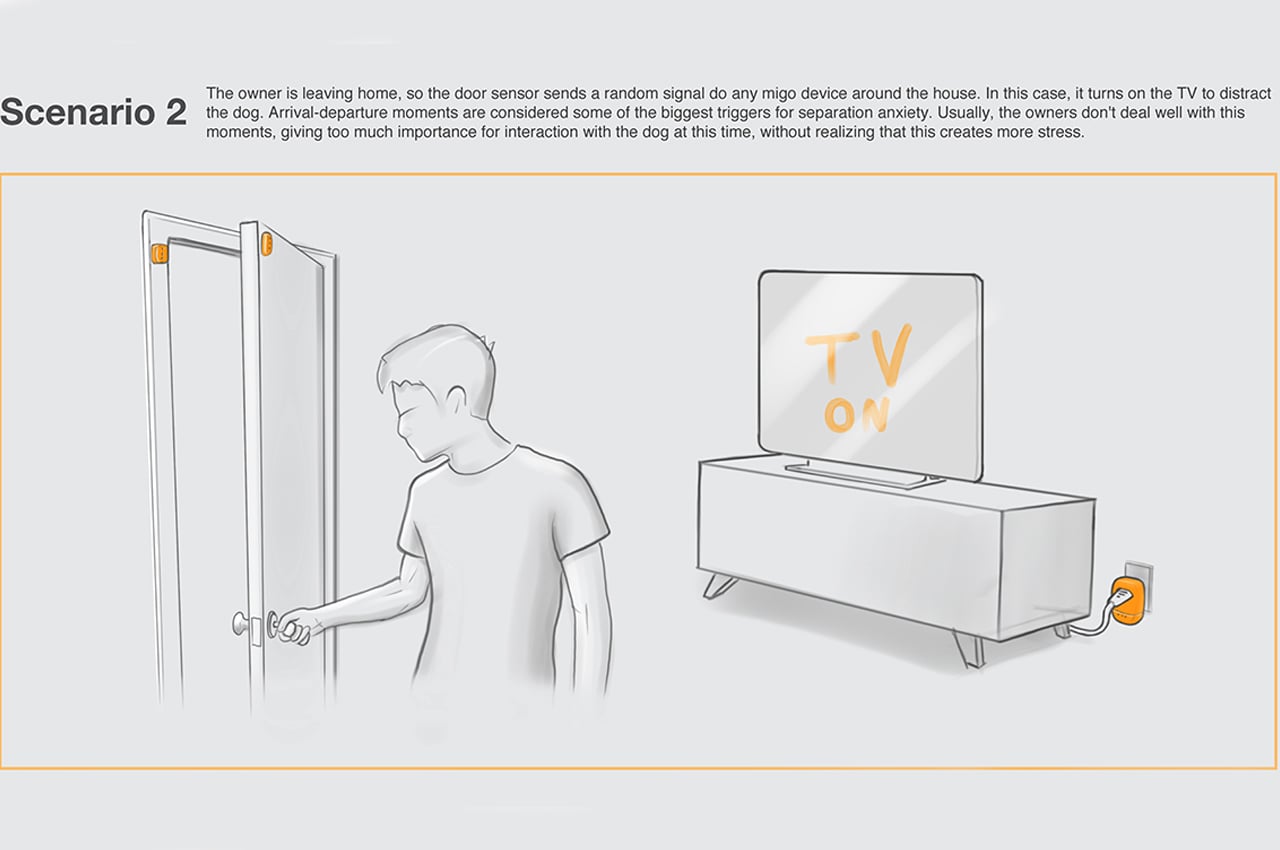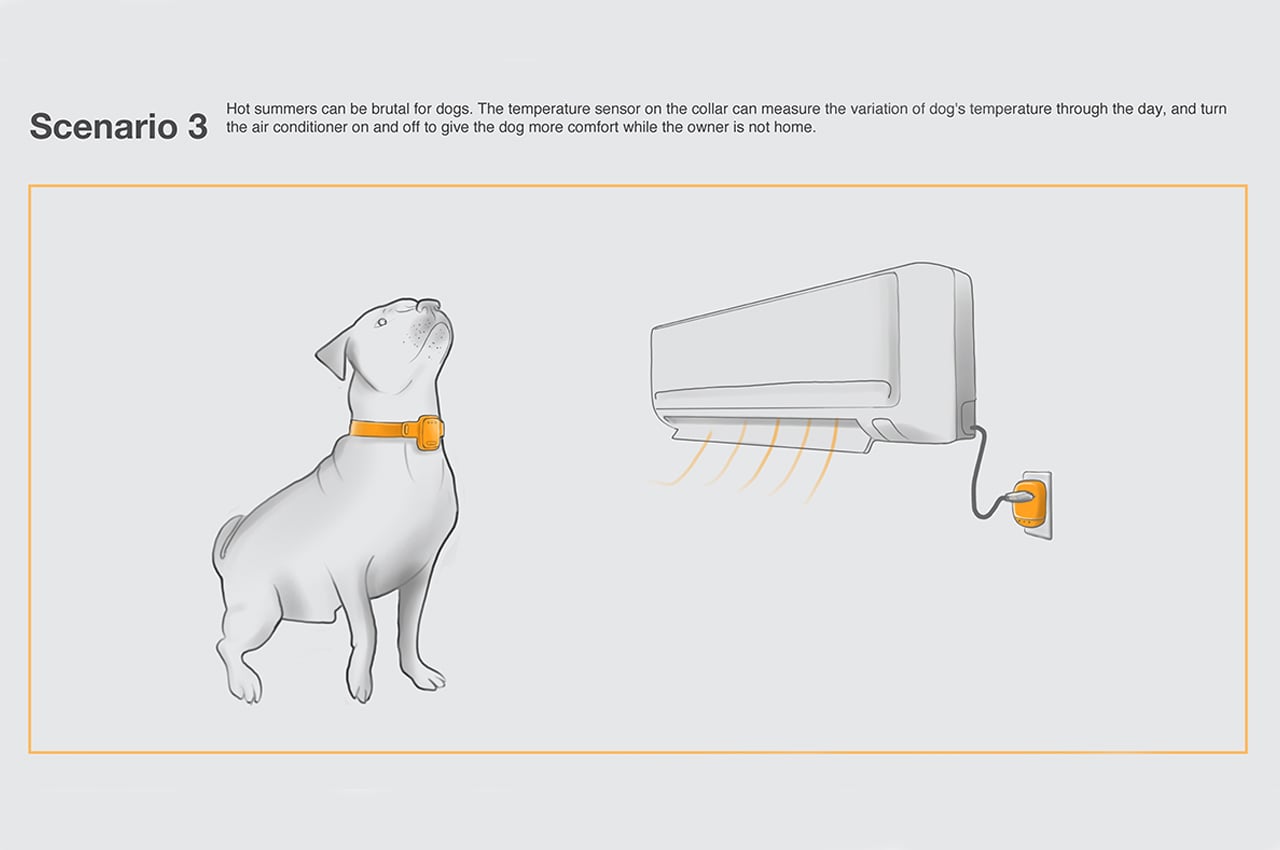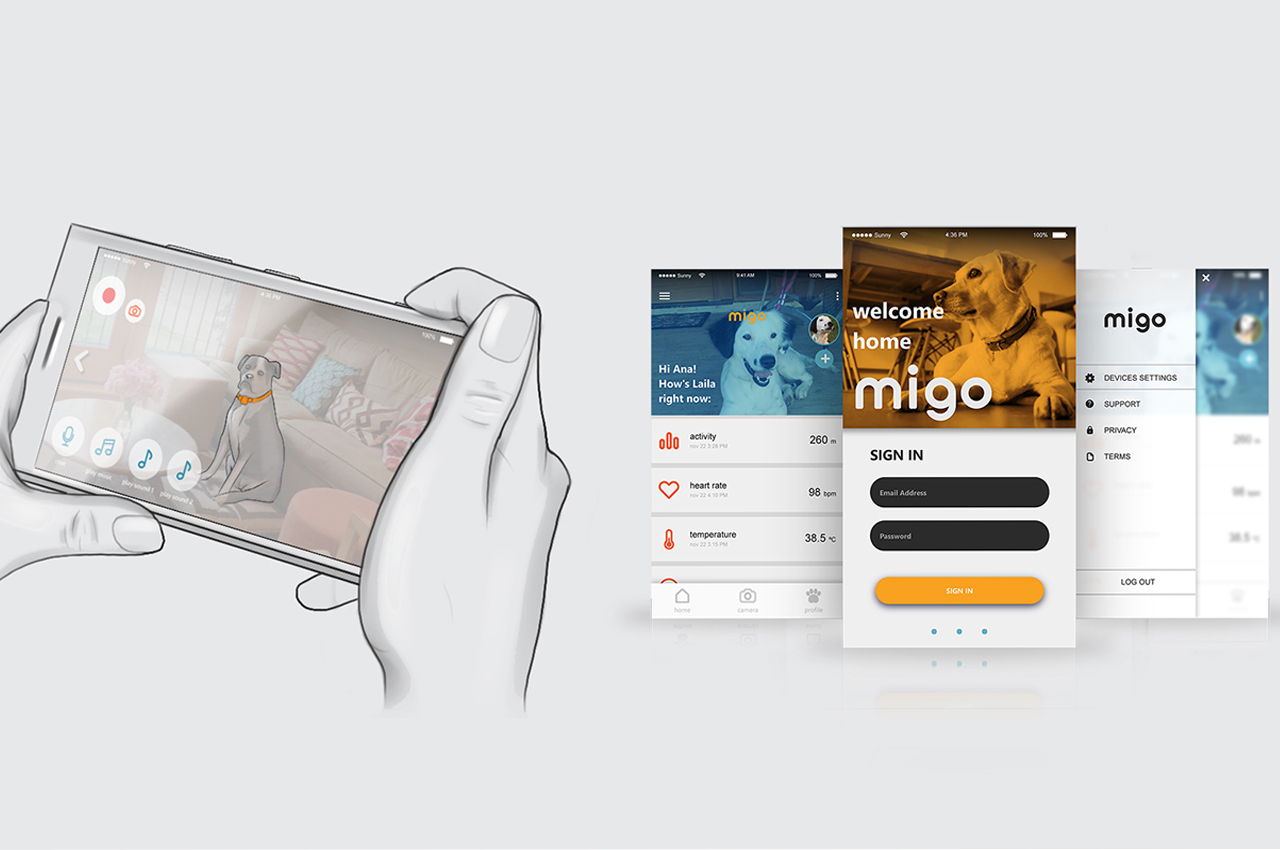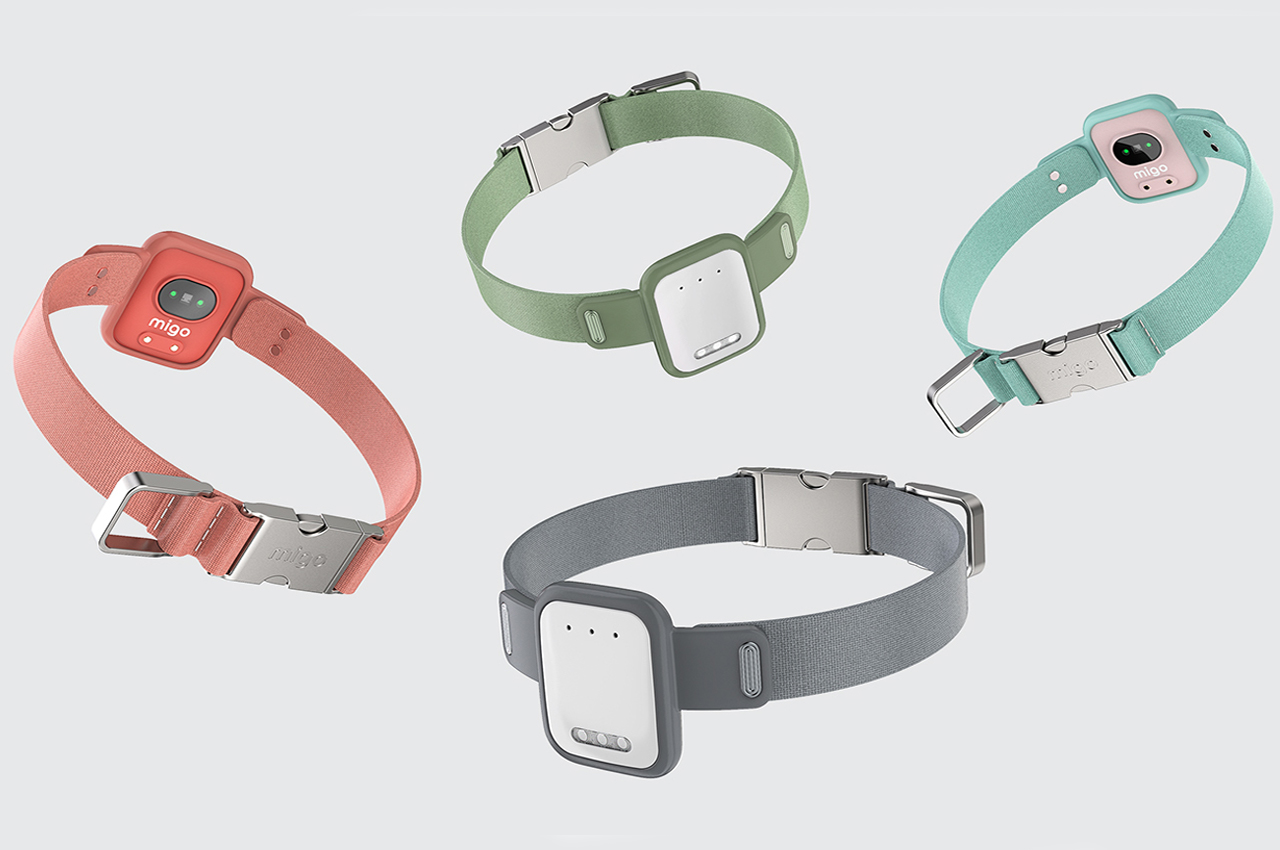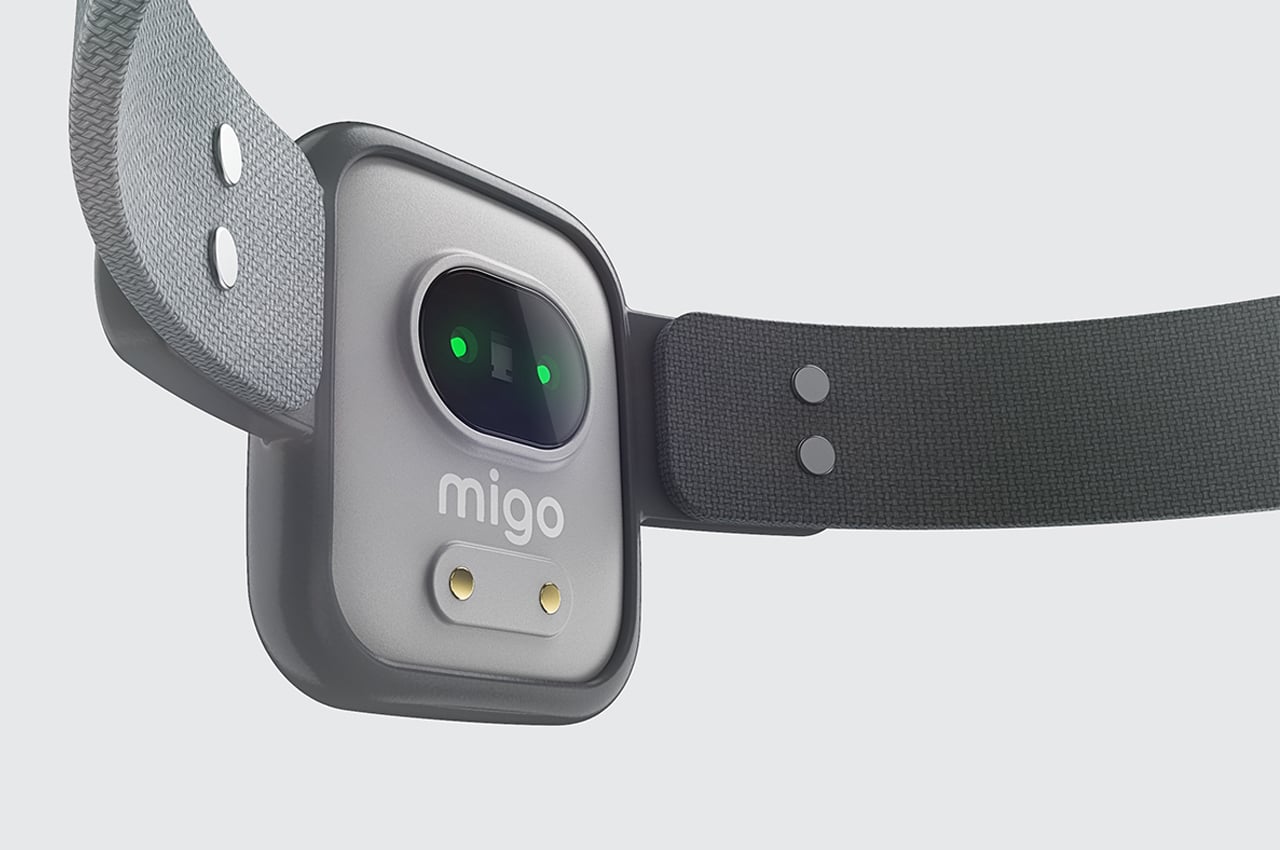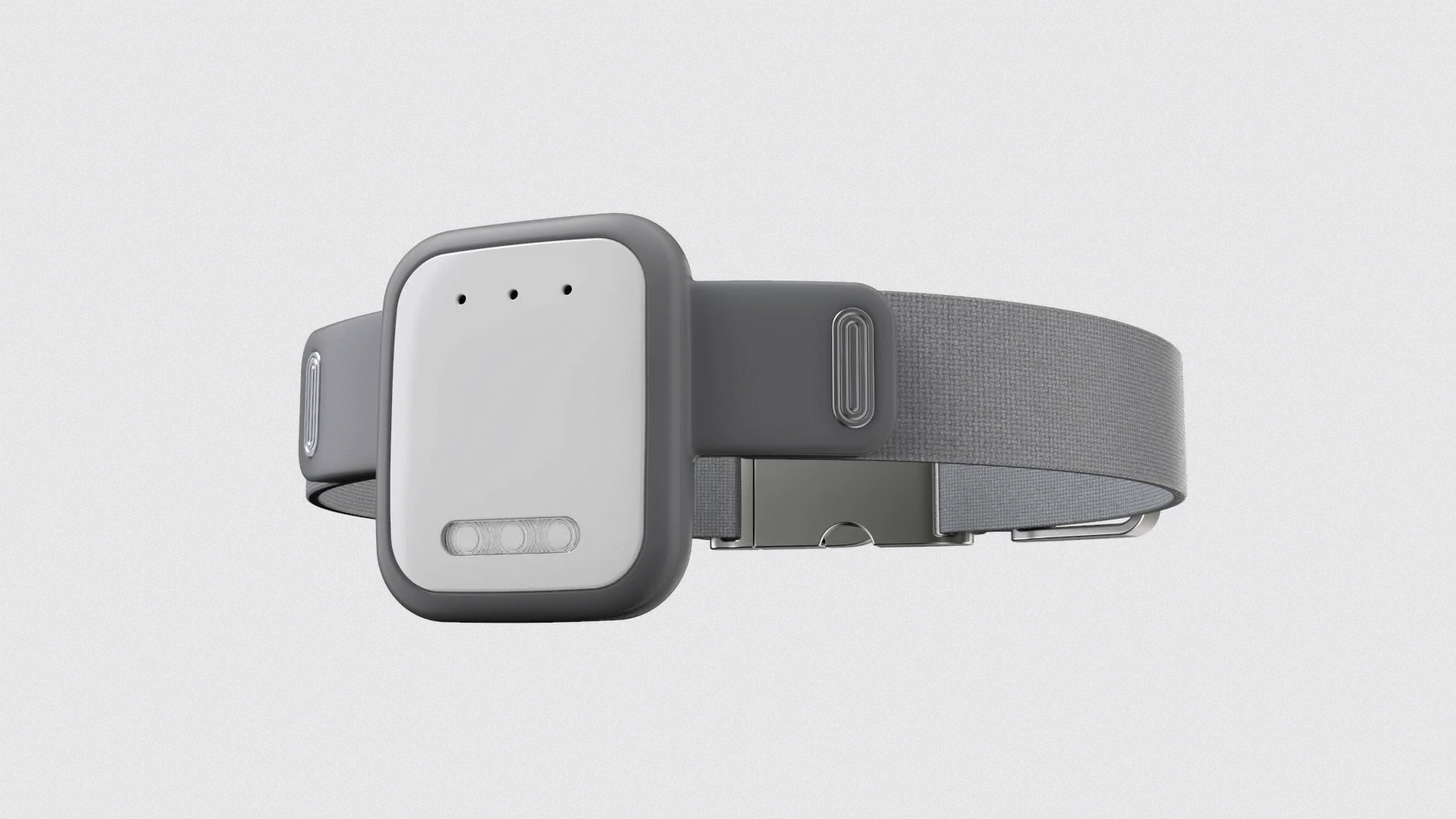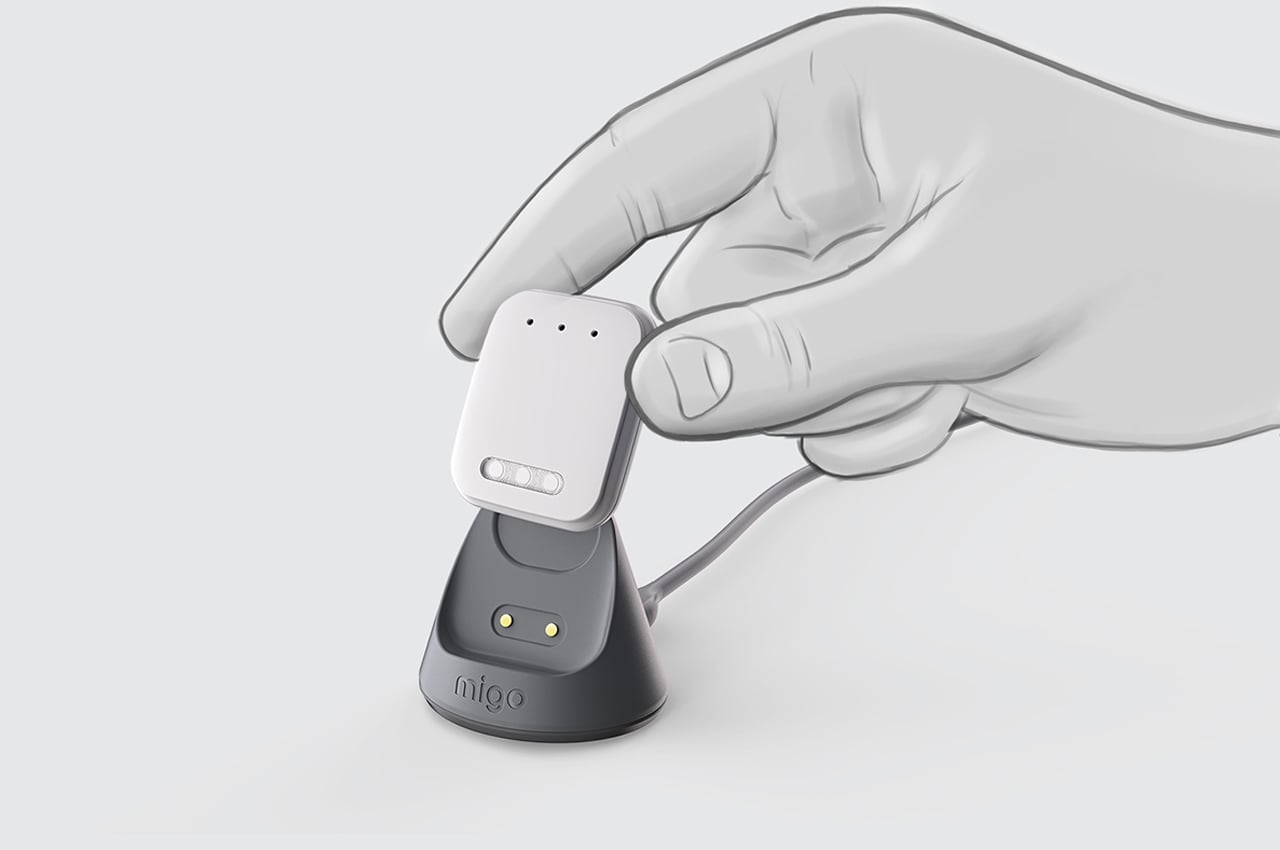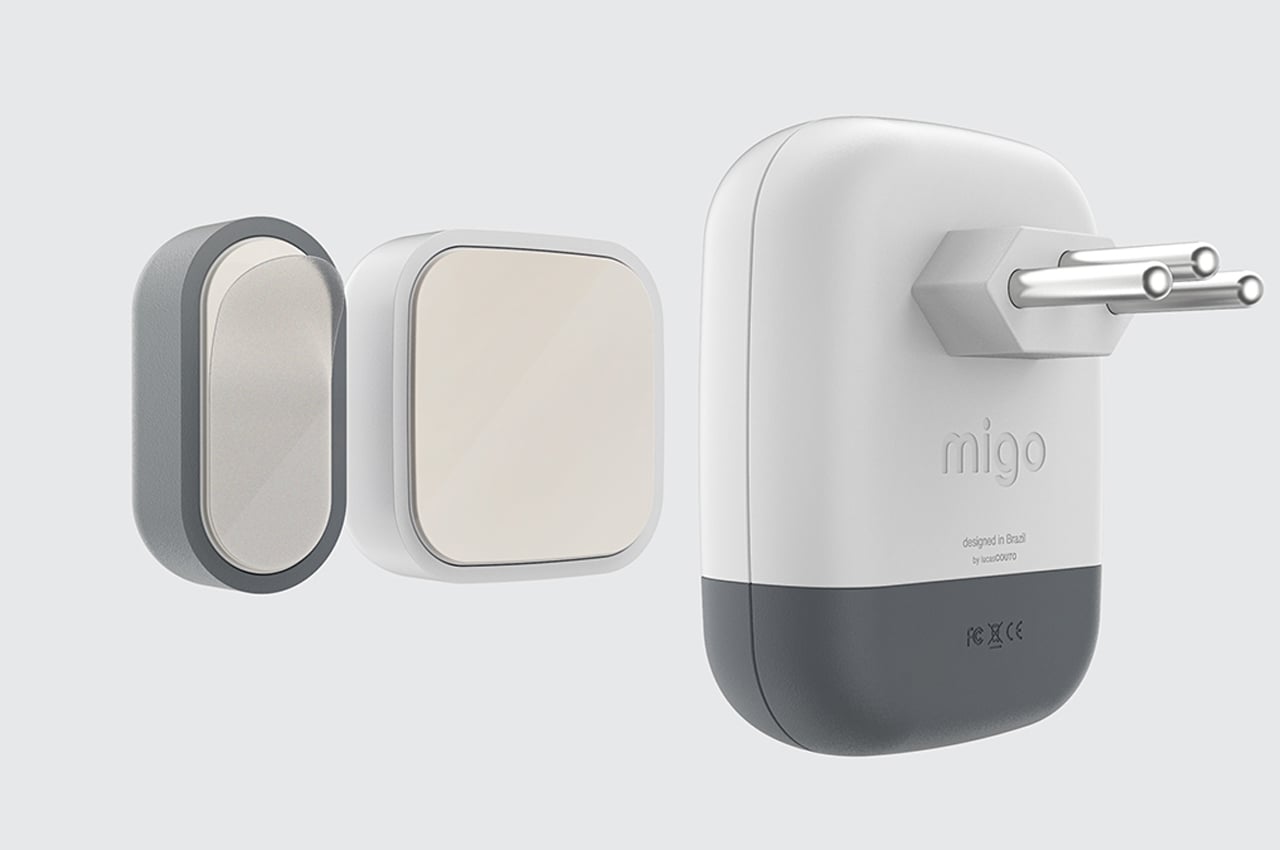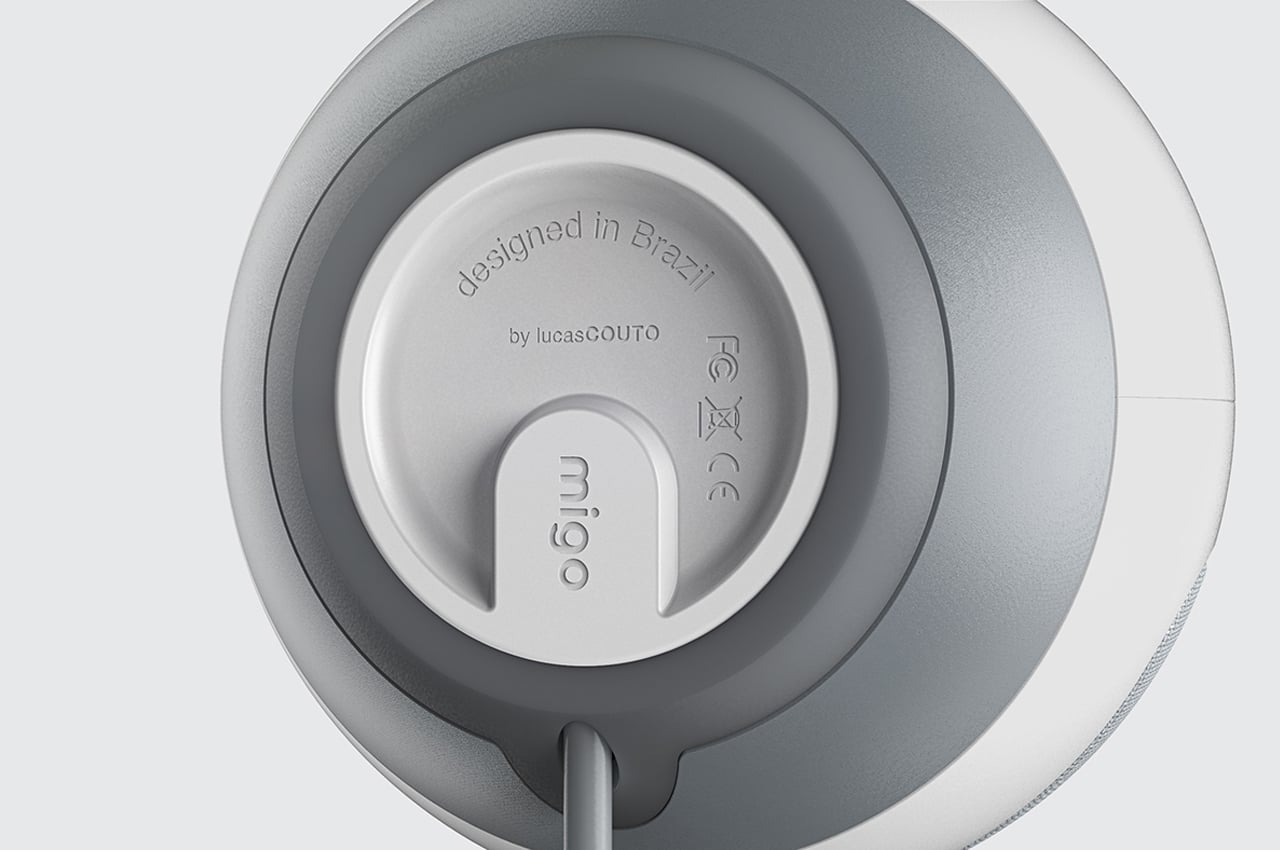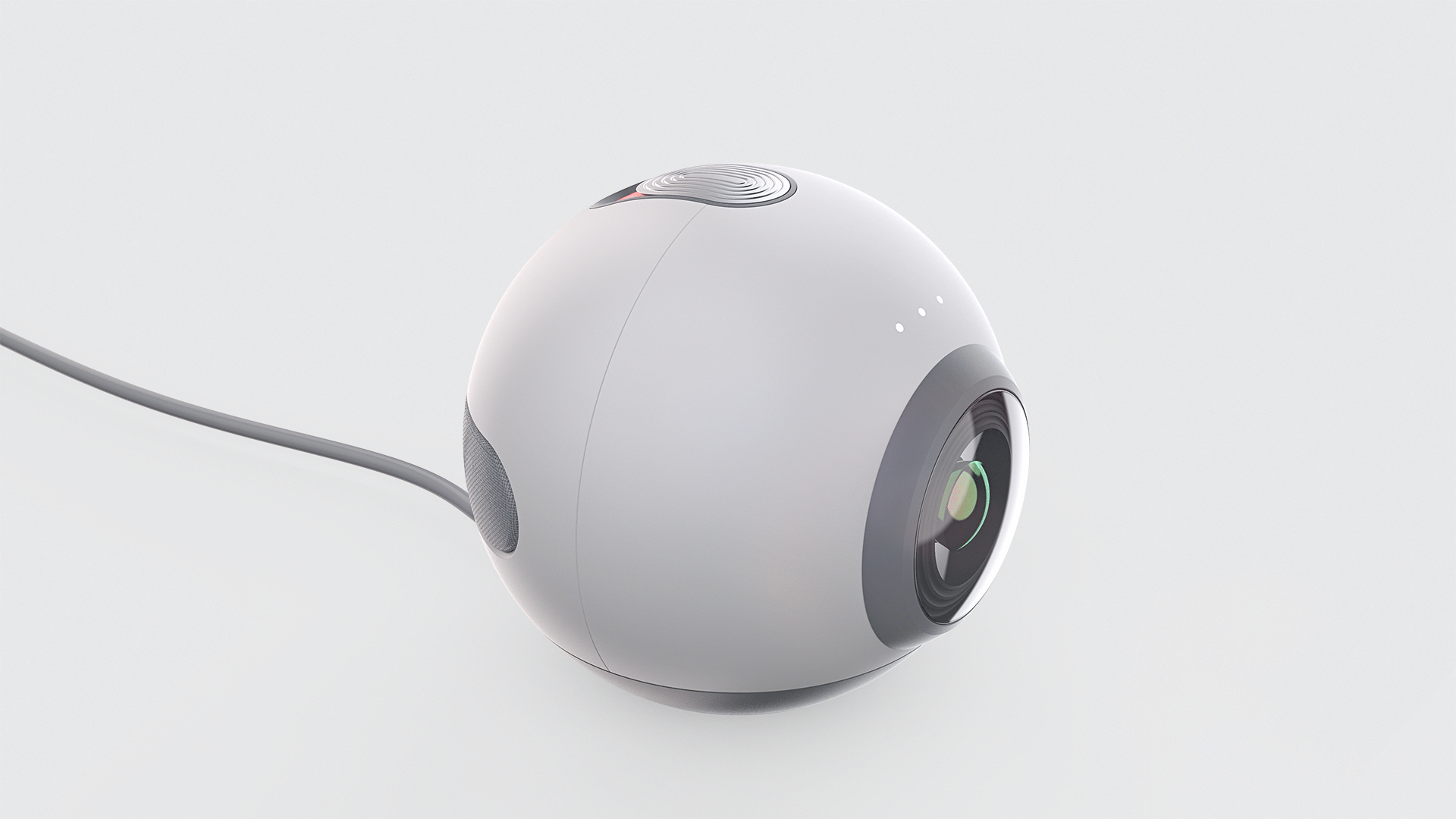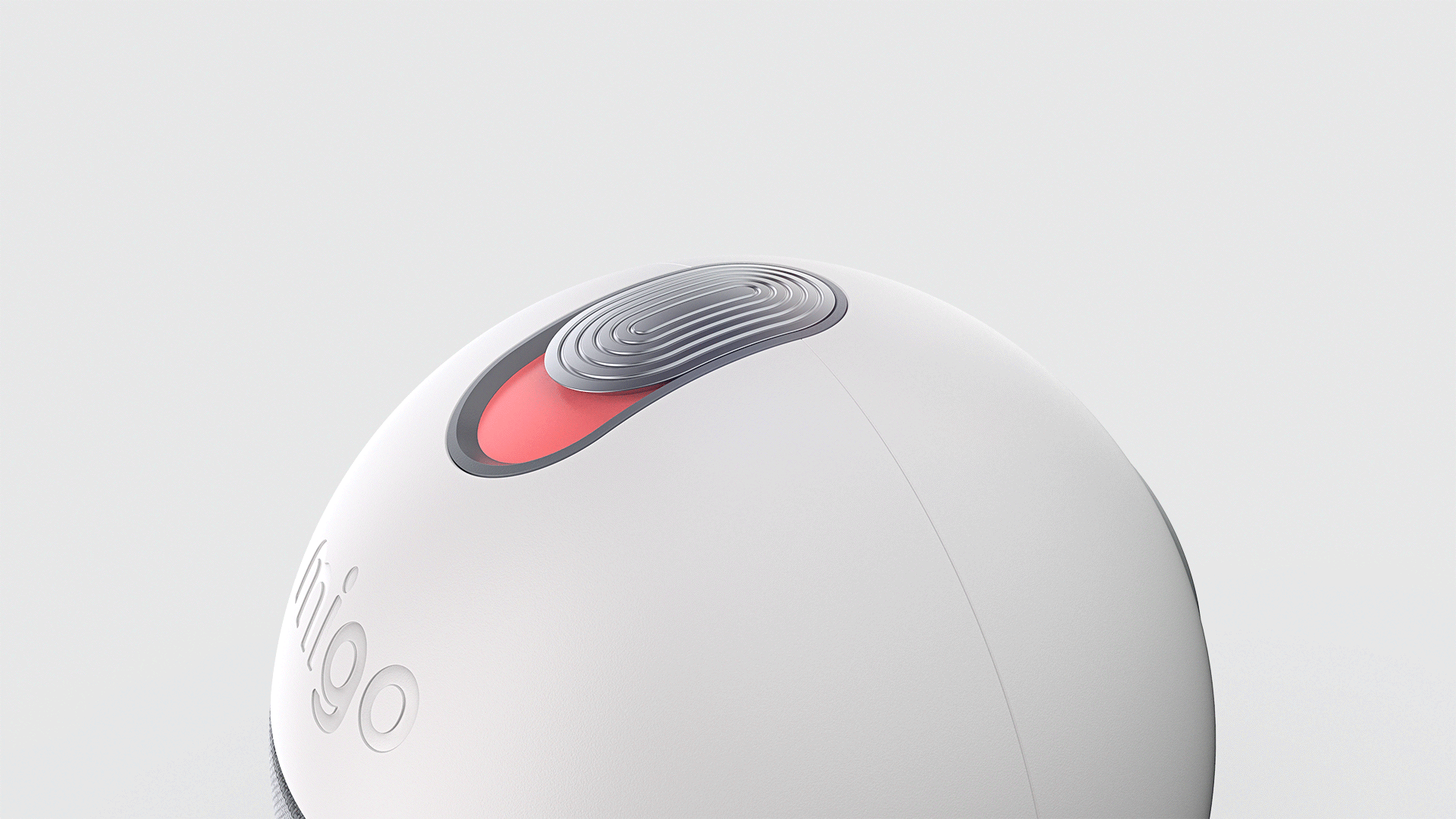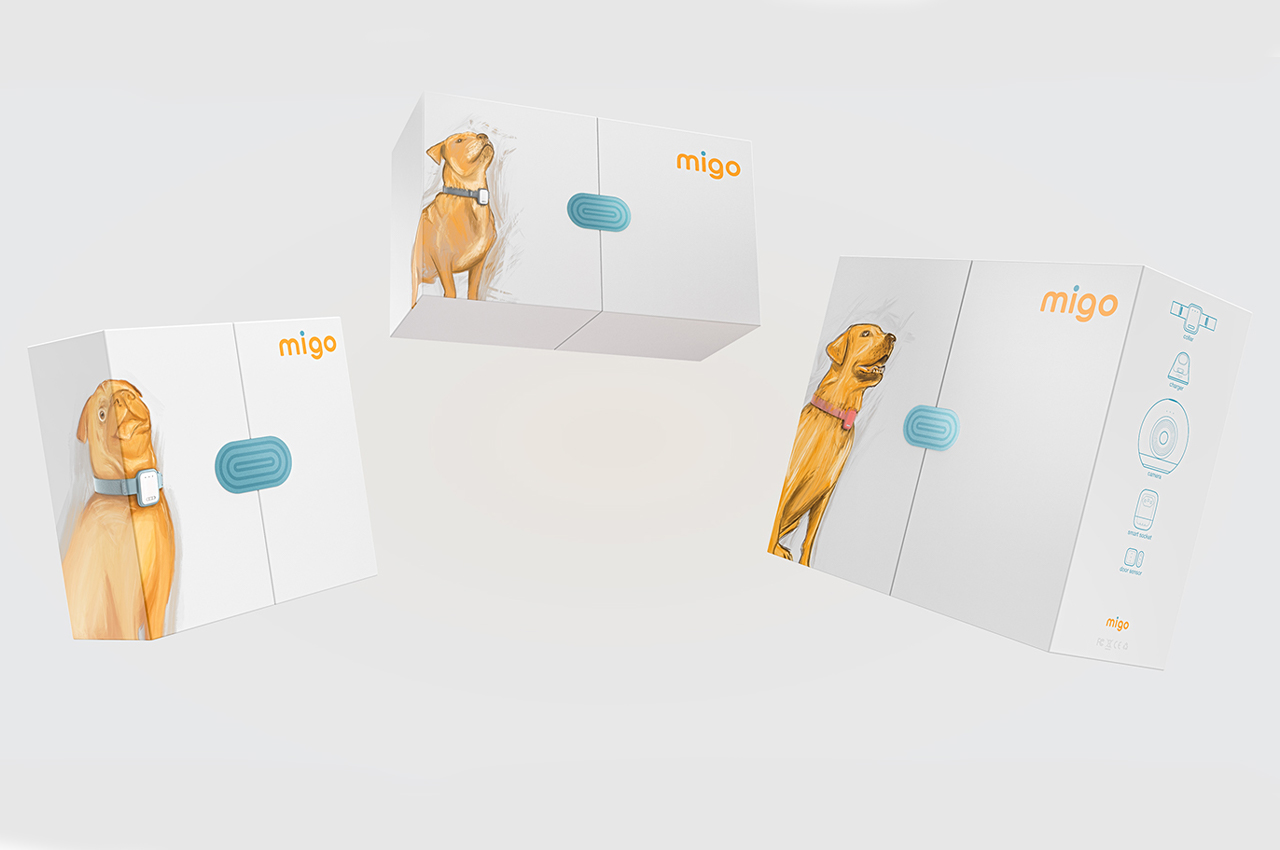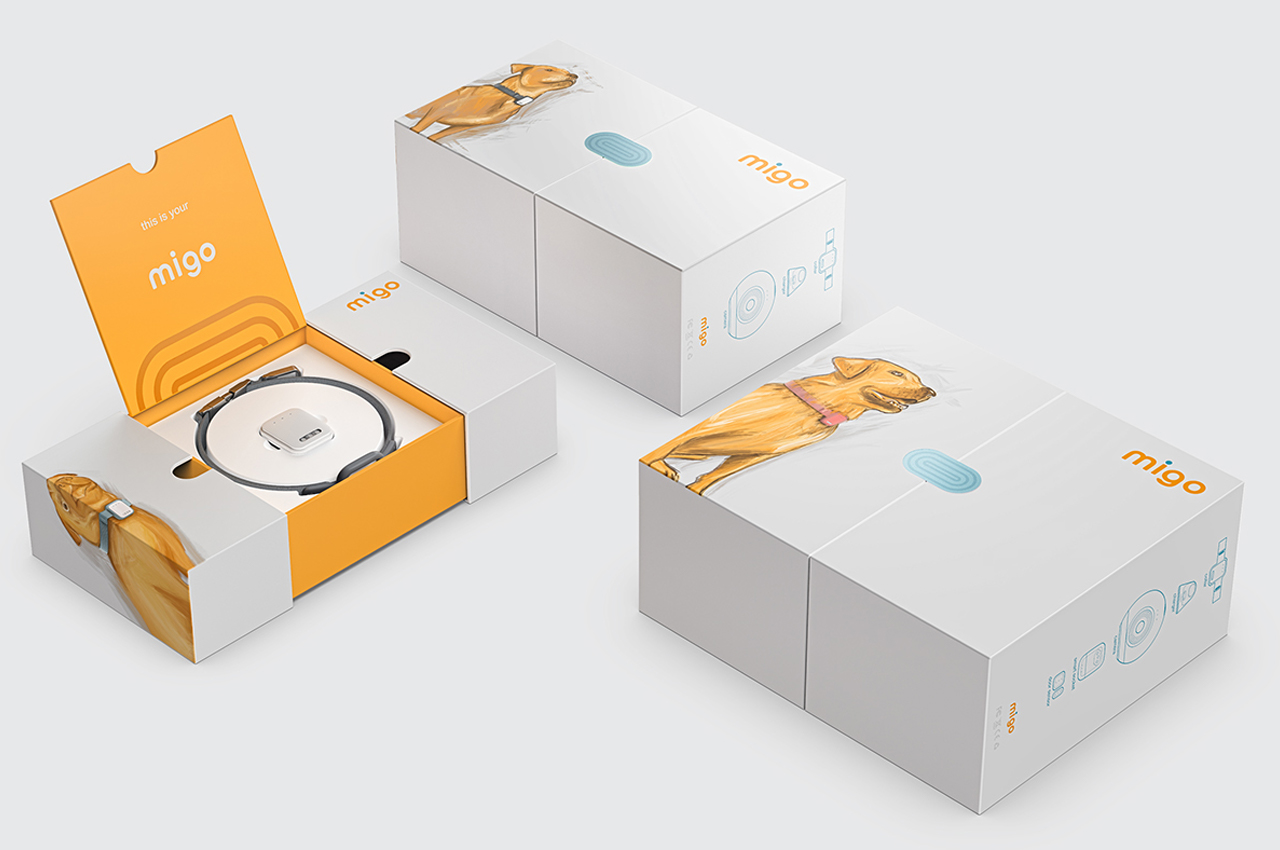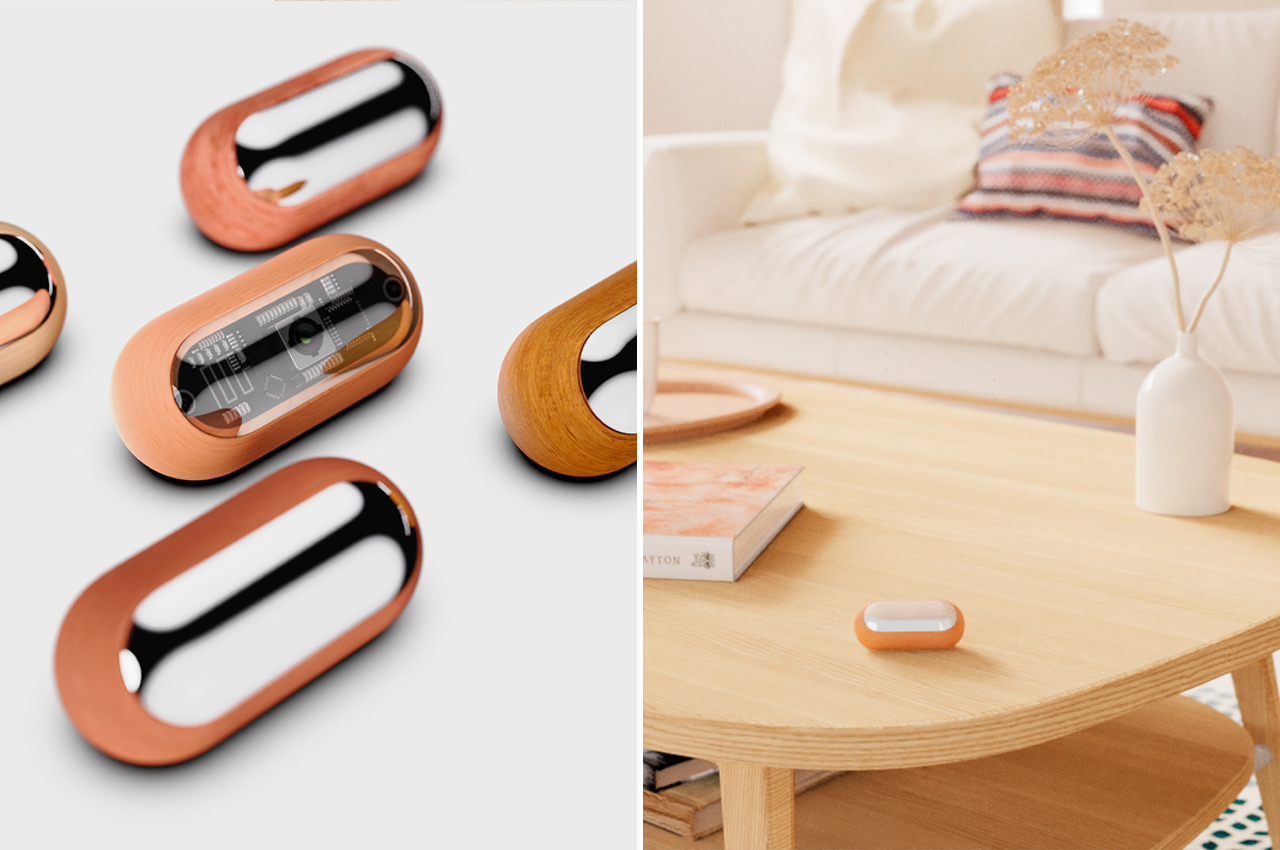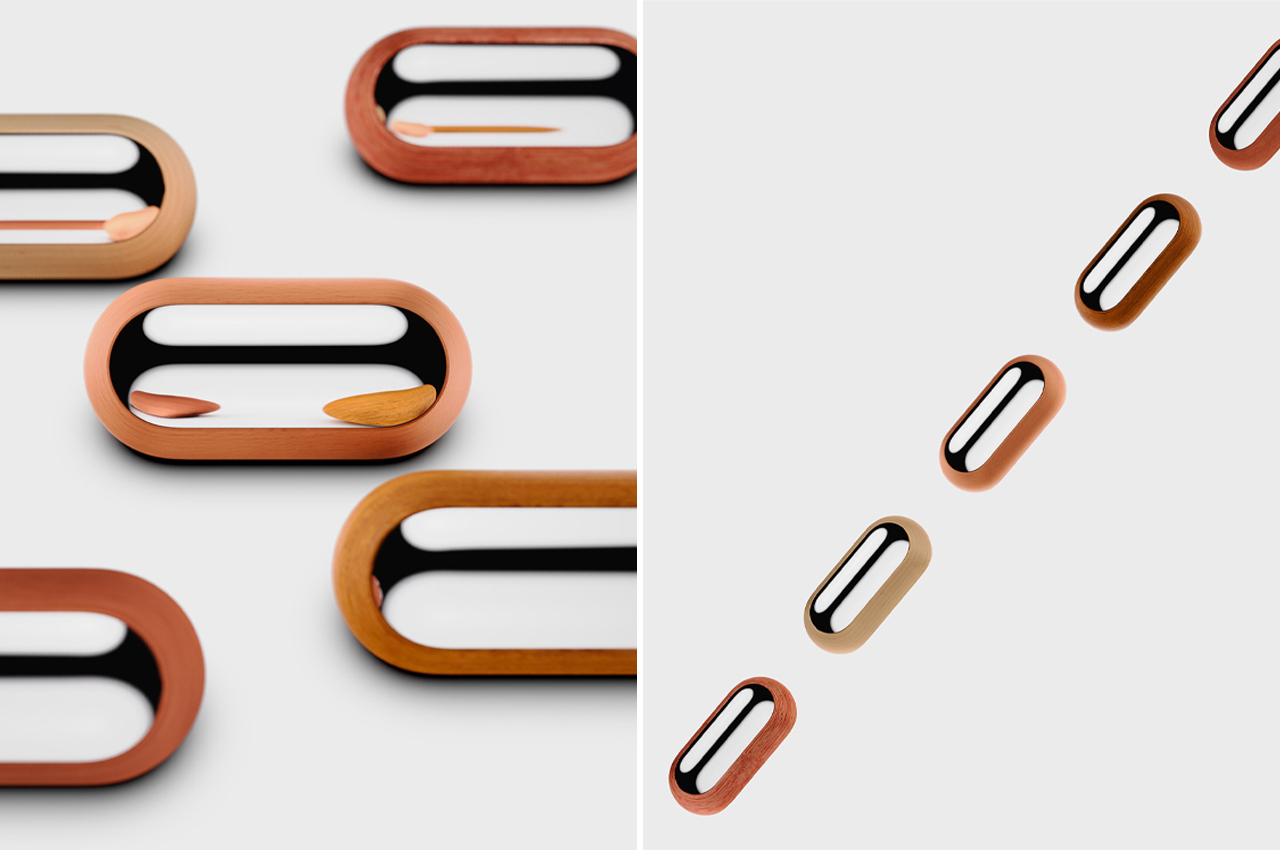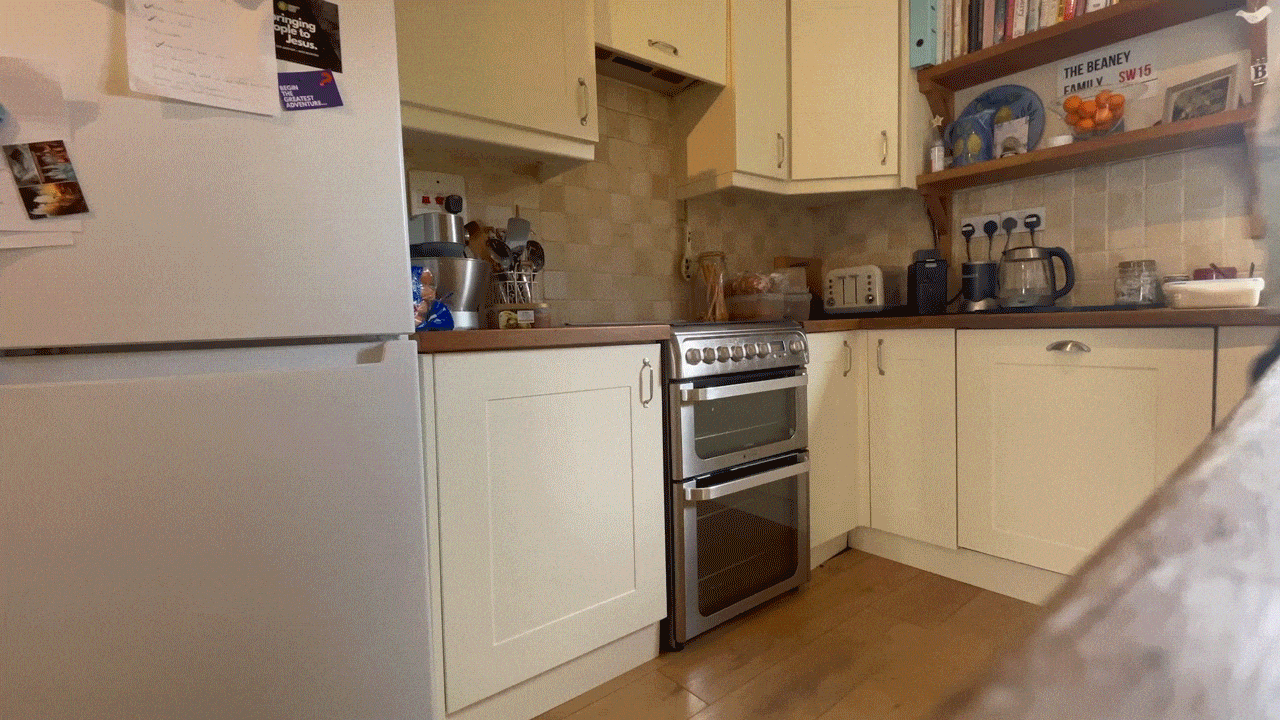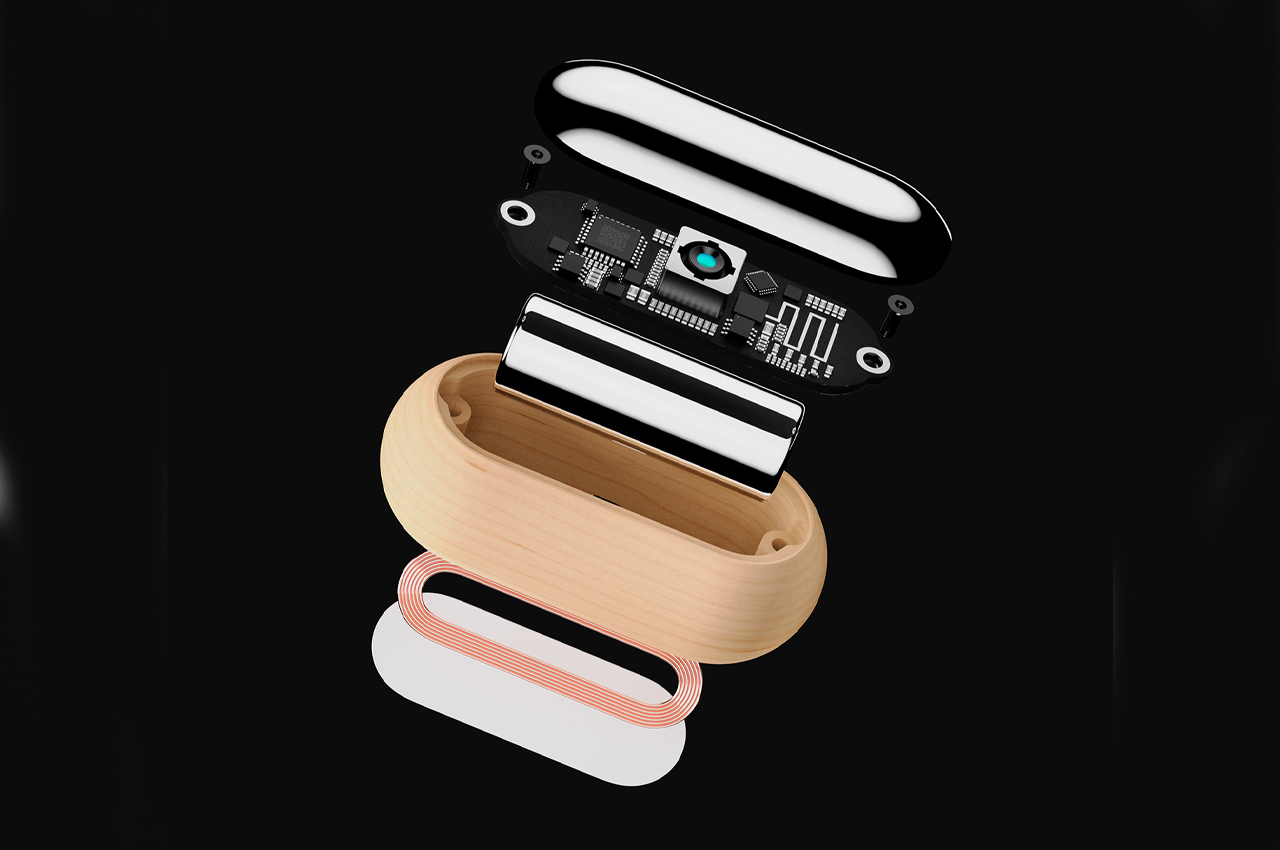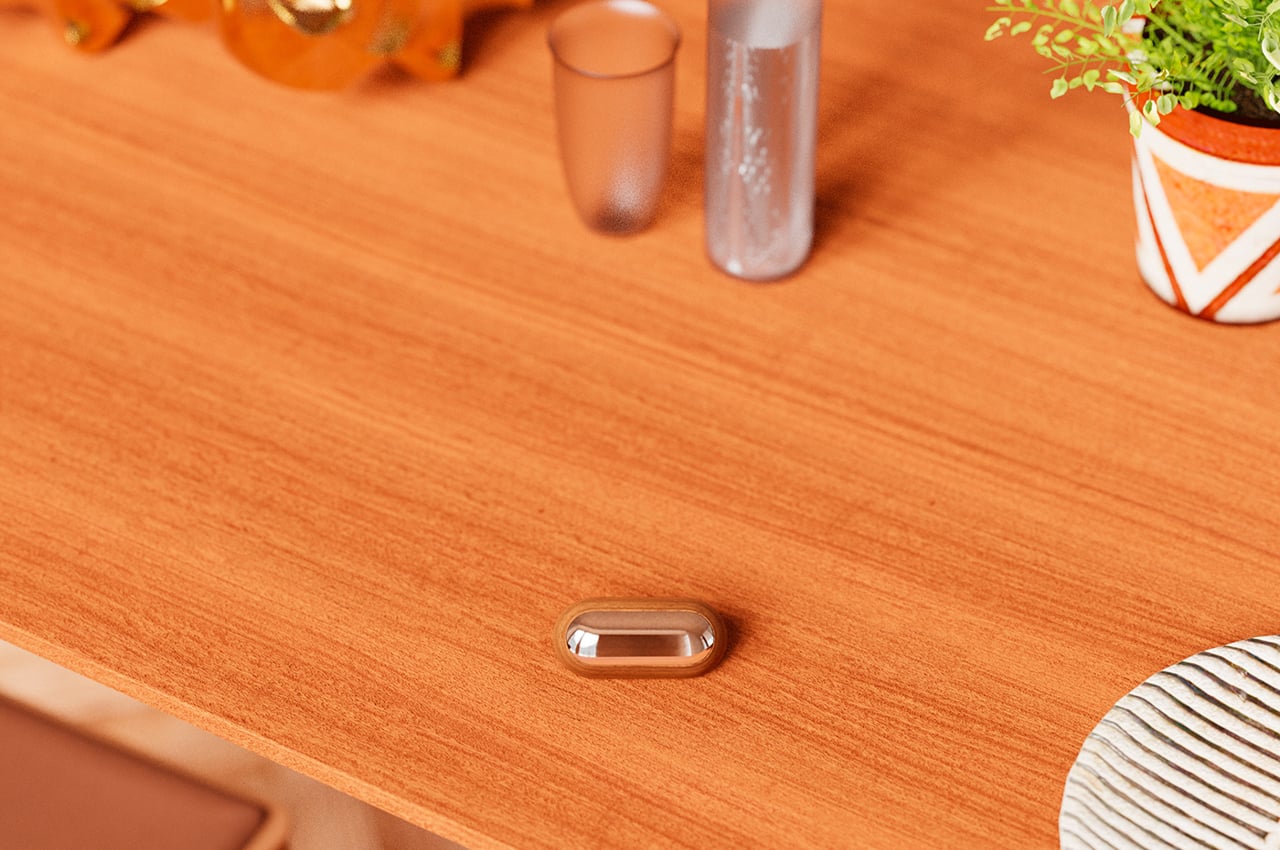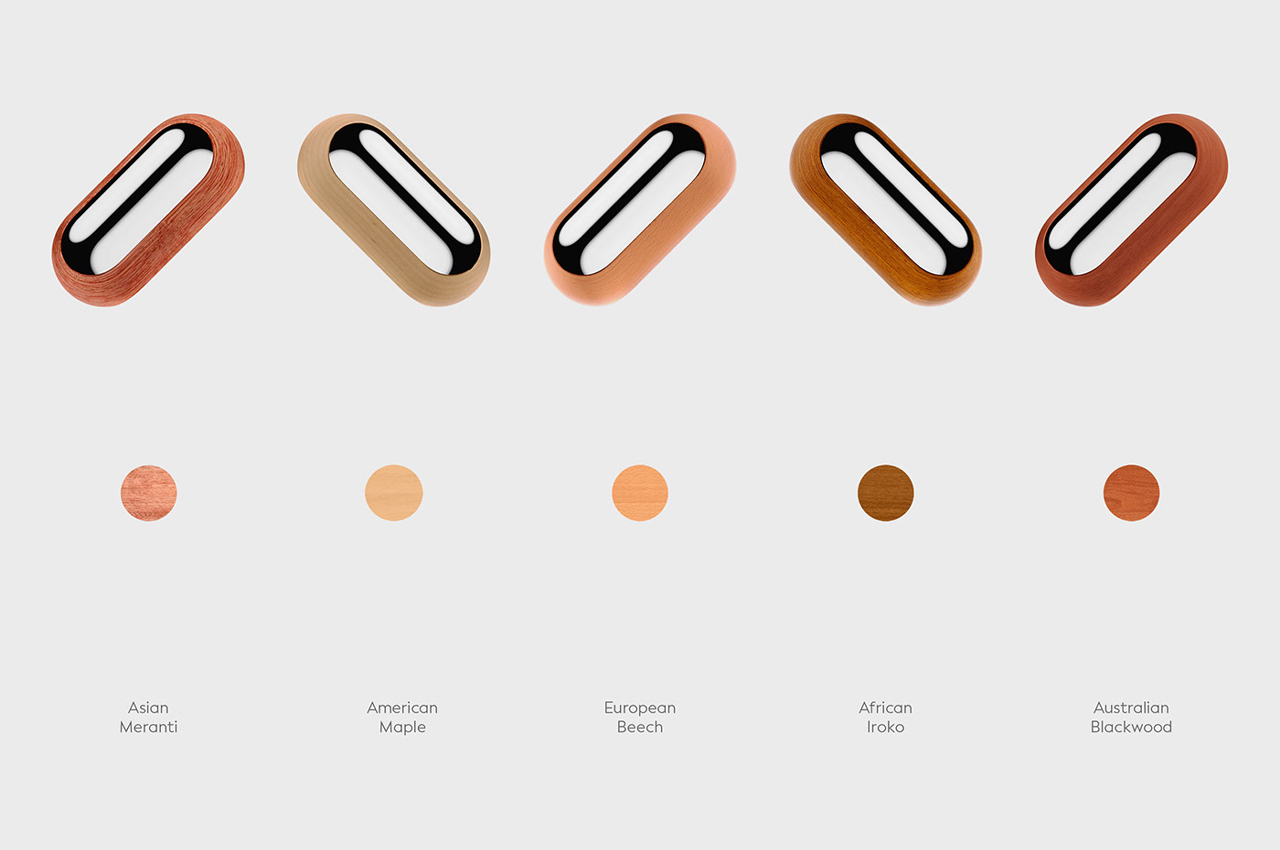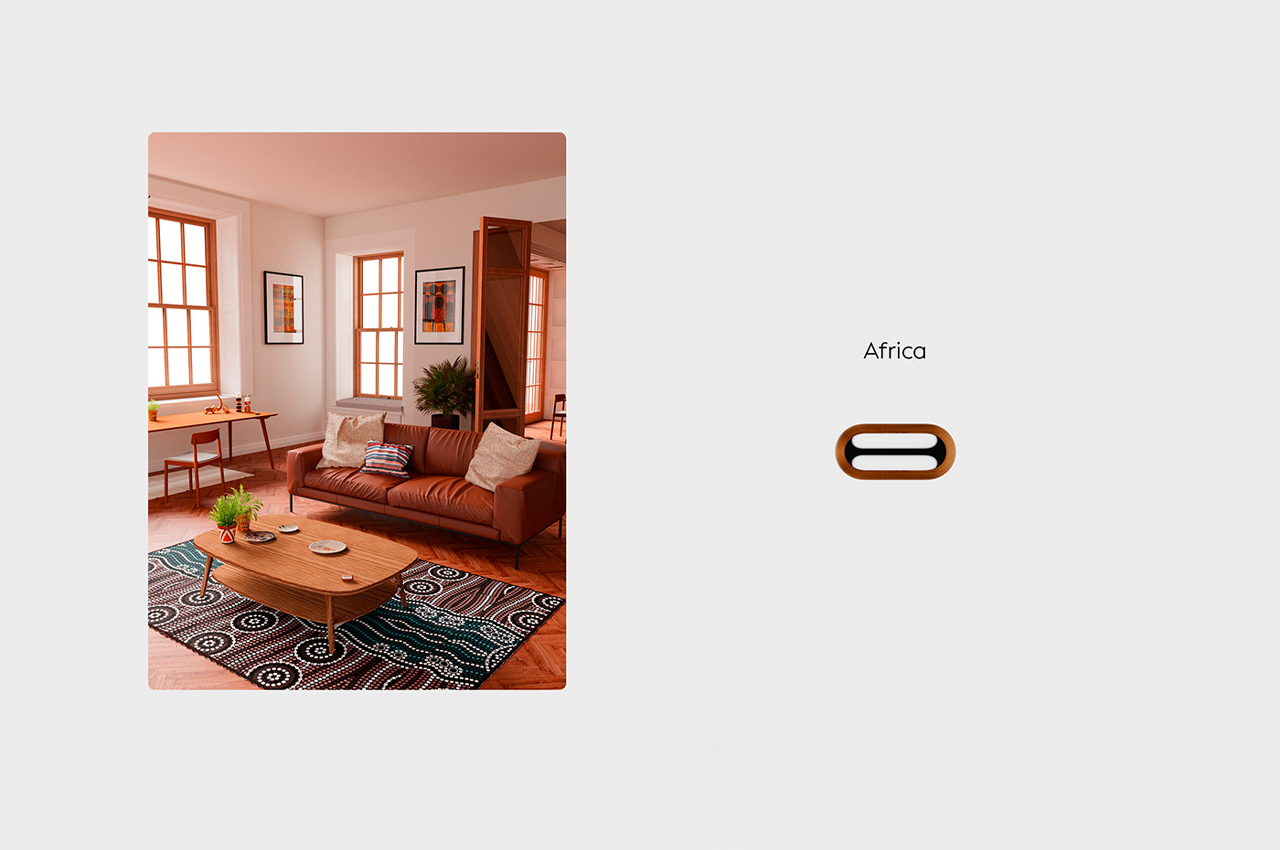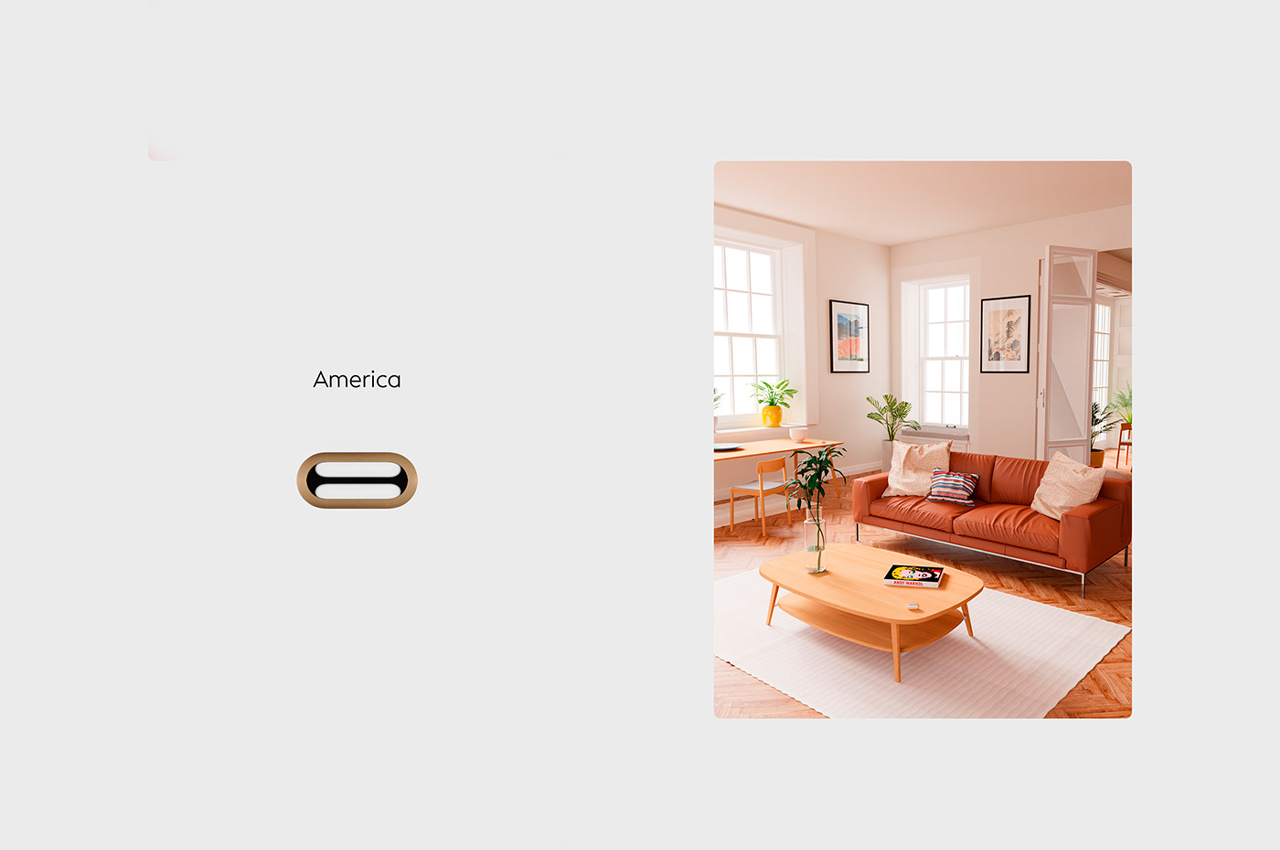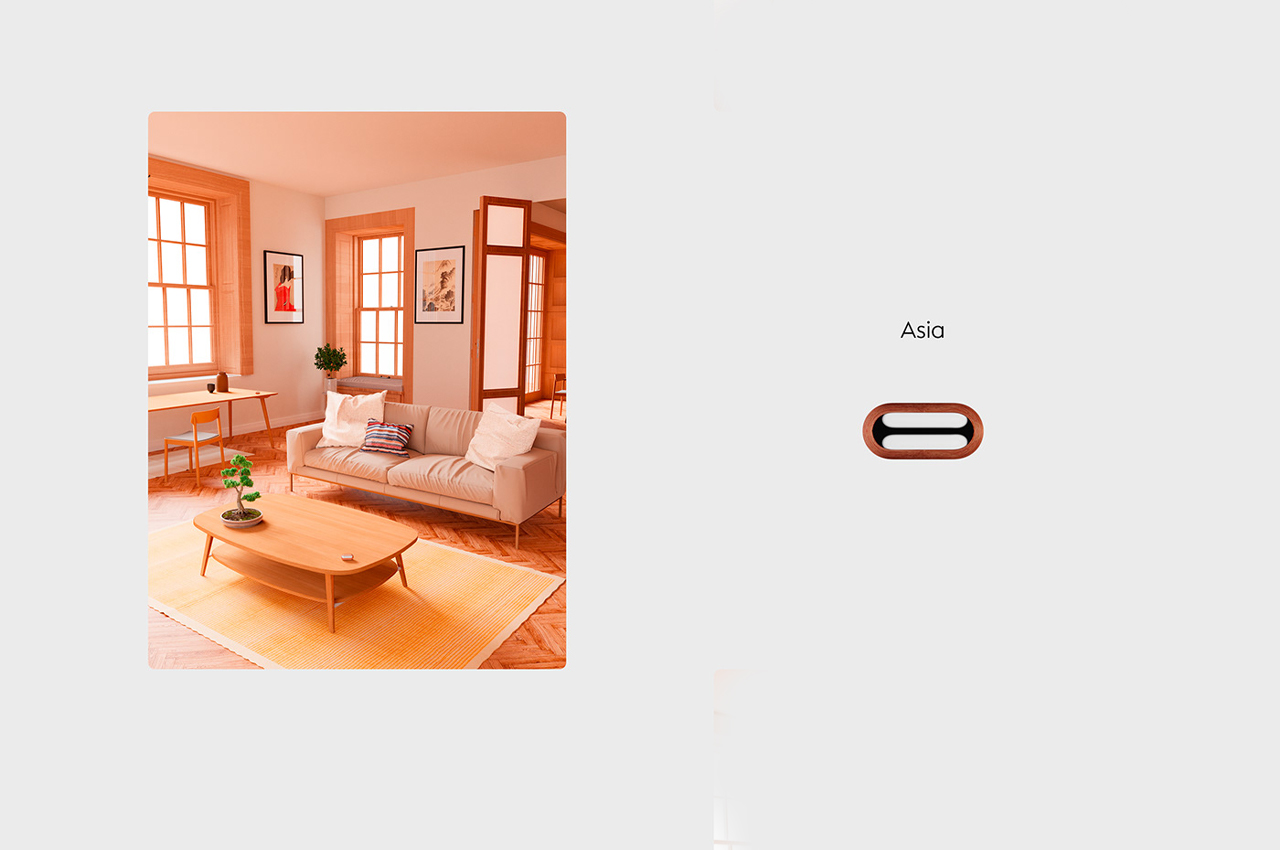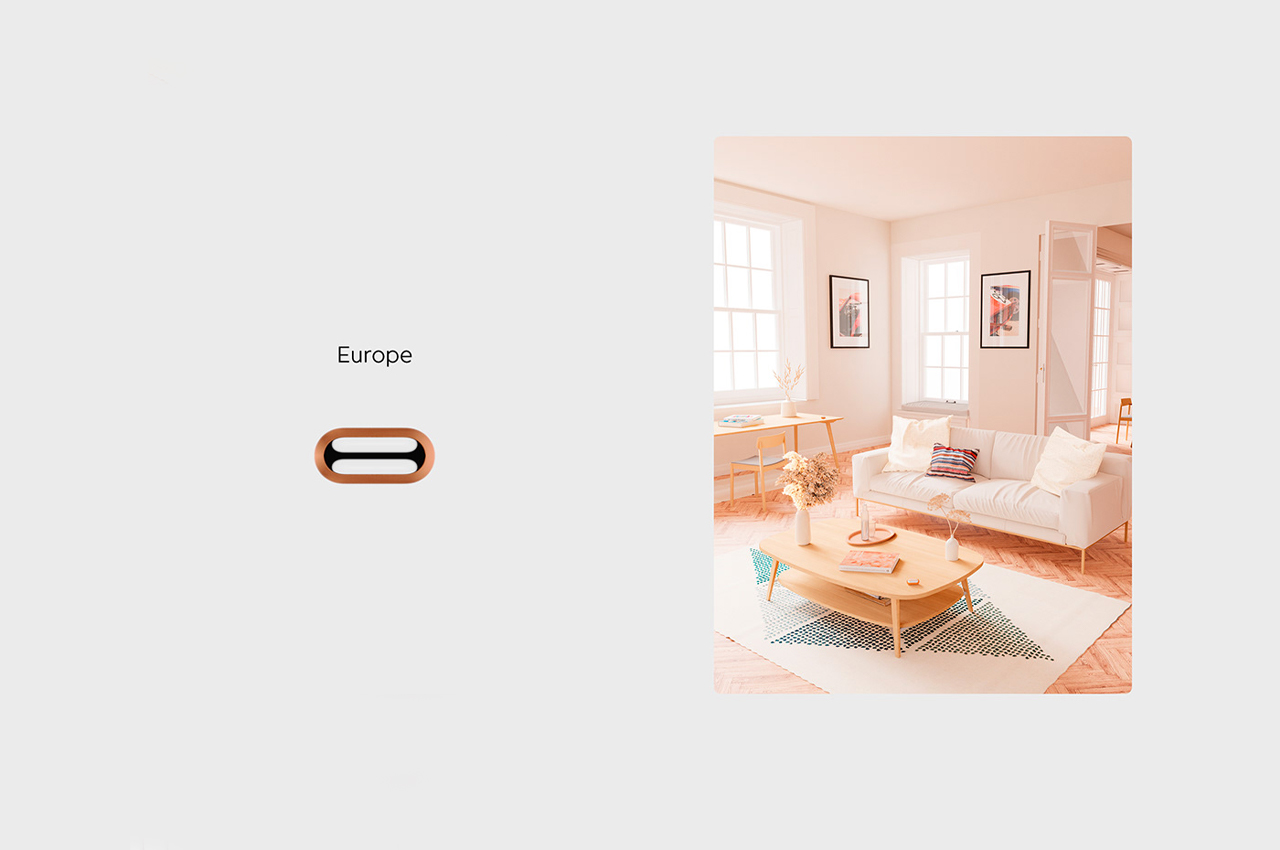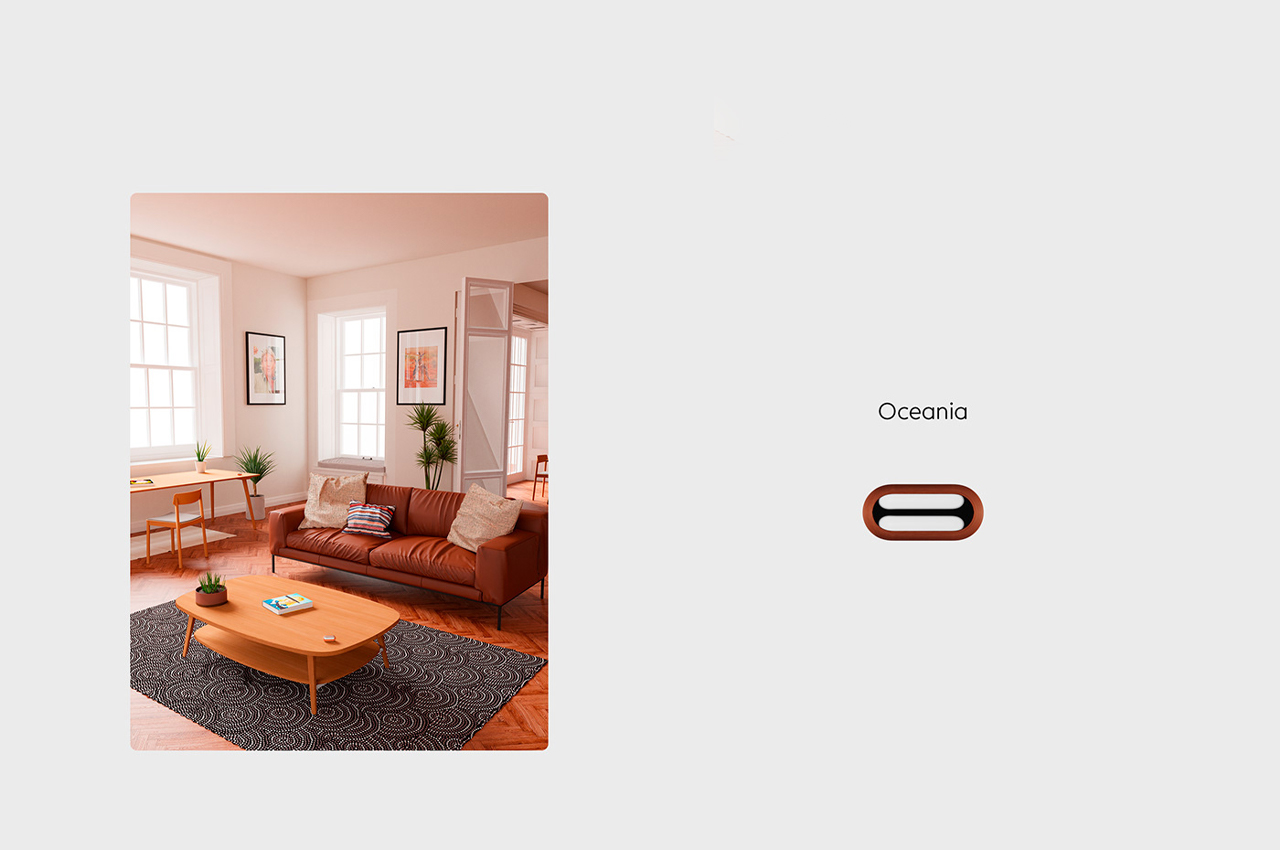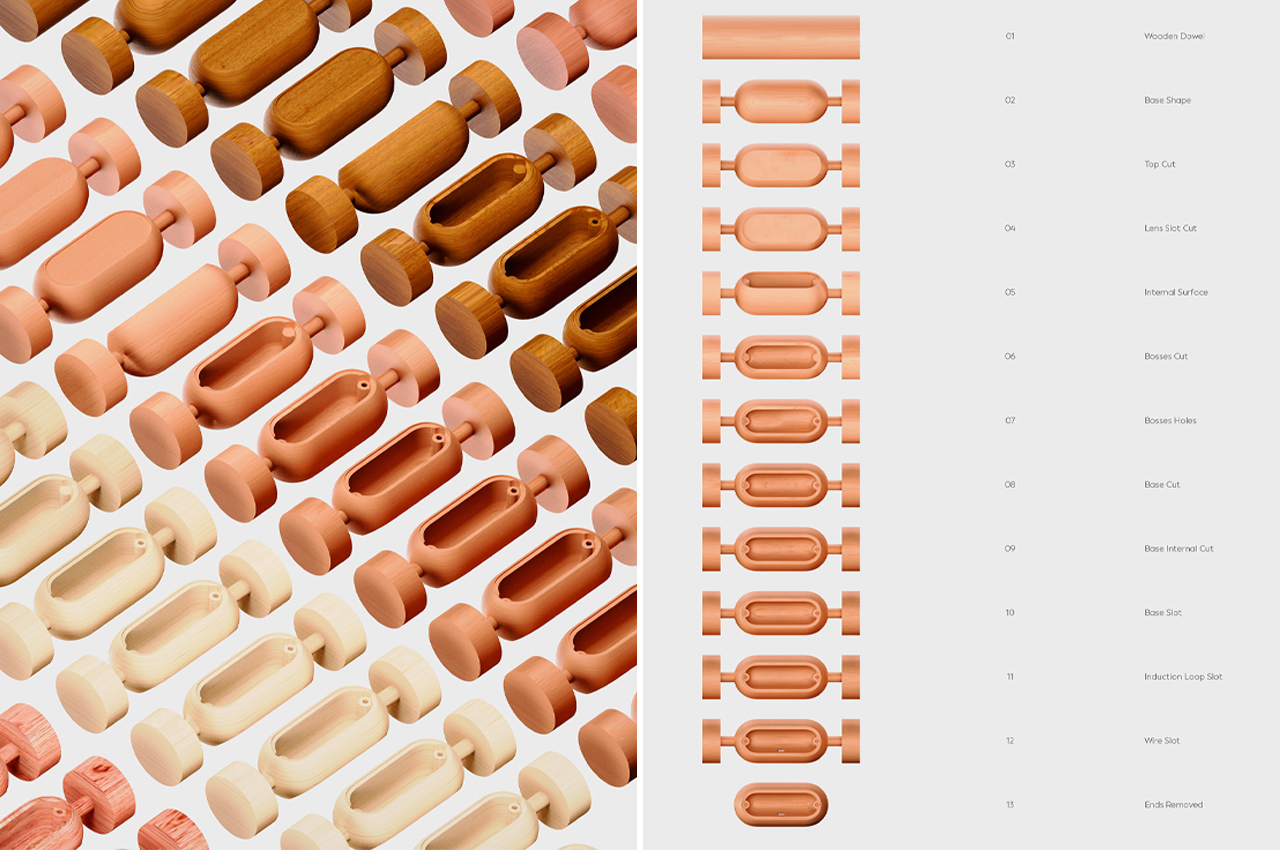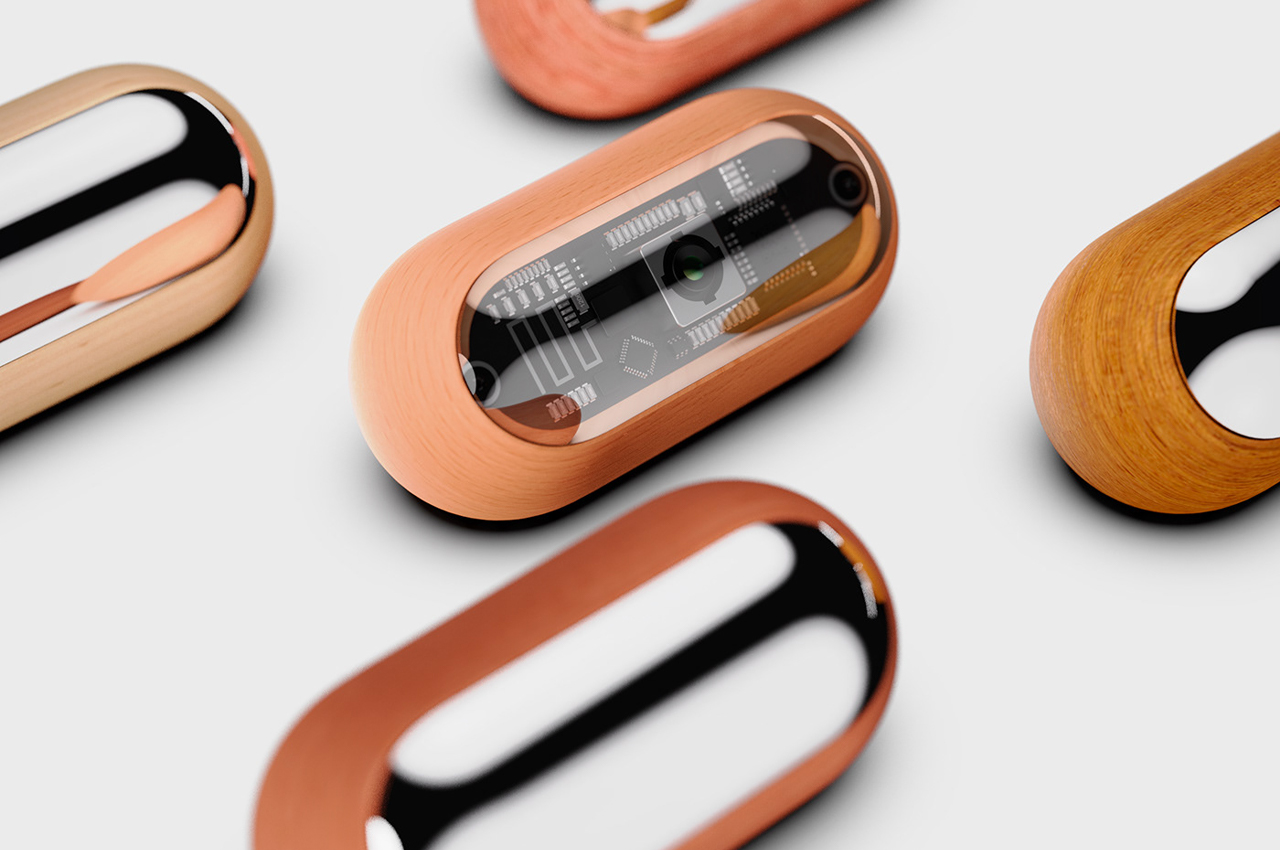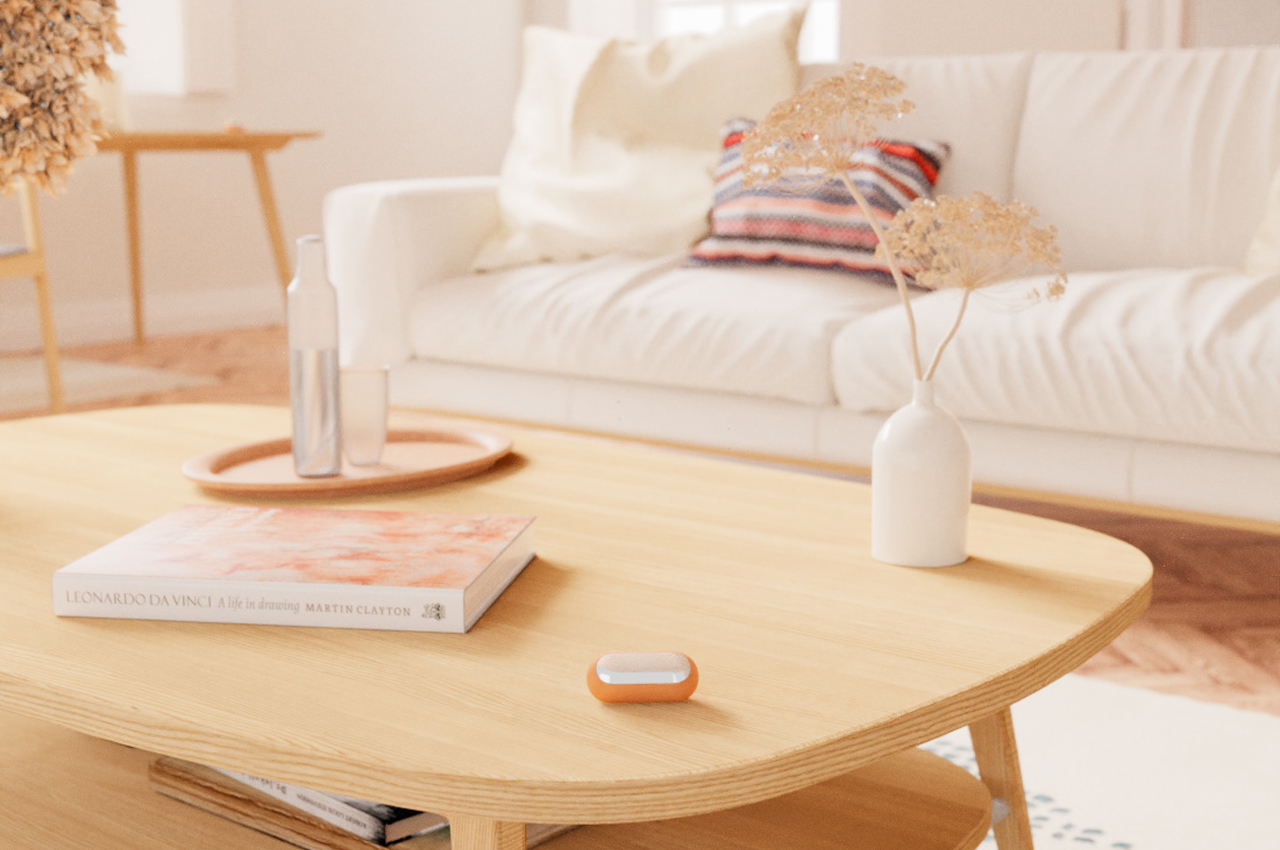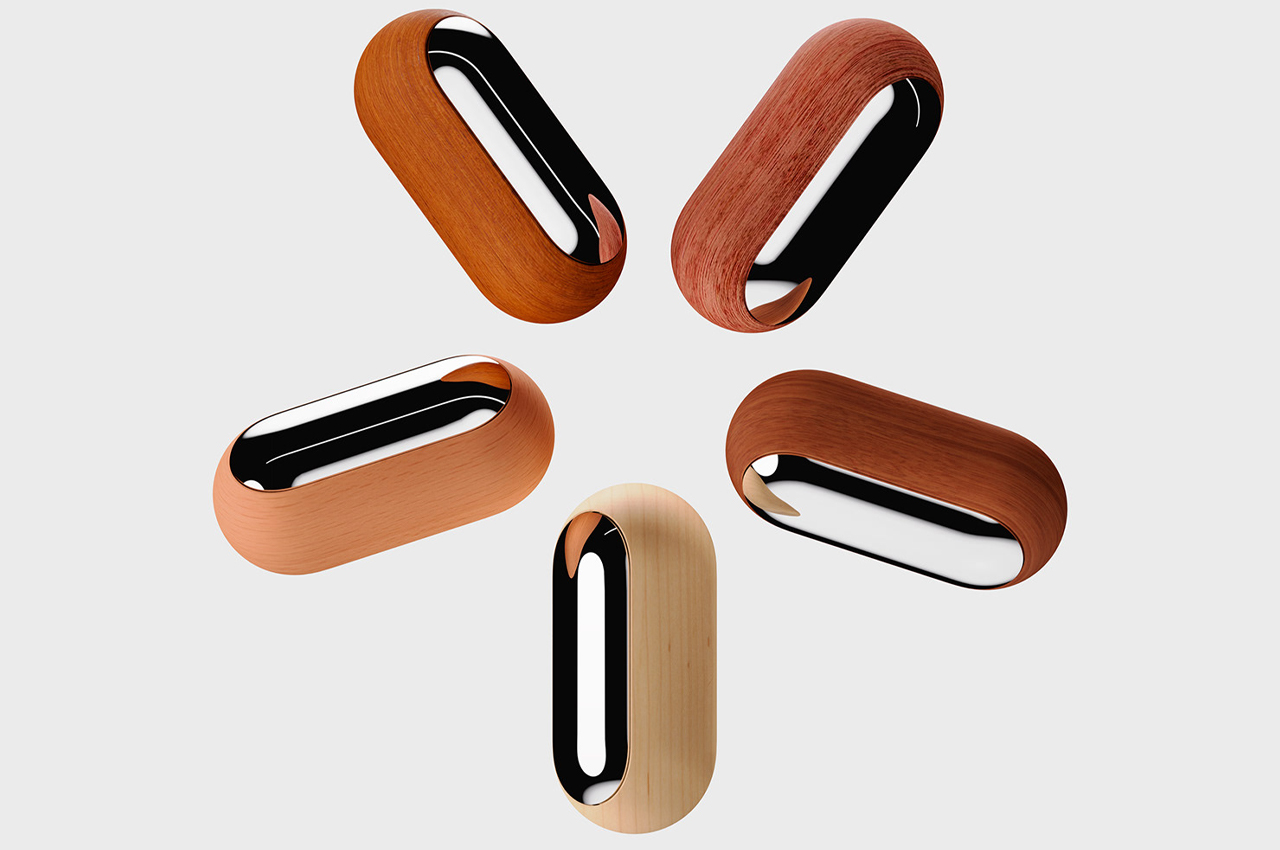This year’s summer is breaking records but not in a good way. As the heat turns up, so does our energy consumption and our bills, courtesy of one of the most power-hungry appliances in our homes: the air conditioner. In some places, this cooling machine works even outside the year’s hottest season, but that doesn’t mean they need to be running all the time. Although we all know we need to be smarter about the use of air conditioners, we tend to forget or, worse, take things for granted until we see the month’s electricity bill. Fortunately, we don’t need to do all the heavy lifting thanks to today’s technologies. Even better, you don’t even have to waste money by replacing a perfectly functional AC when you can grab this rather stylish smart home accessory that will make any air conditioner smarter and provide a smarter and more sustainable way to live comfortably even during the hottest days.
Designers: Vladimir Gabrielian & Shuming Ni
Click Here to Buy Now: $106 $175 (40% off). Hurry, only 65/100 left!
Smart air conditioners do exist, but unless you’re already in the market to buy one, it’s just an unnecessary expense and a huge waste if you already have a “normal” AC that’s still completely functional. There are some accessories that promise to give that old AC an upgrade, but most of them involve hardwiring the two together. In stark contrast, the way that Klima works is almost magical. Just attach it to your wall, point your AC’s remote control at it, install the BOLDR mobile app, and you’re all done! Instant smart AC for the faction of the price and effort.
Klima’s magic is, of course, thanks to the creative combination of technology and design, delivering a smart home product that will look at home, no matter your decor. The scratch and fingerprint-resistant mirrored glass surface gives an instant aesthetic upgrade to any room, while the recycled aluminum shell and recycled plastic bottom give it durability and longevity without harming the environment in the process. Just like its elegant minimalist design, installing Klima couldn’t be simpler. Just stick the magnetic mount to a wall using the attached 3M adhesives, making sure to keep the mount even using the built-in level. Attach the Klima to the mount, pair it with your phone via Wi-Fi, then point your AC’s remote at Klima to complete the registration.
The smart controller works using the same infrared technology that the remote uses, which means that it is compatible with just about any air conditioner model out there, as long as they have a remote control with a display that shows the AC’s settings. But Klima is more than just a convenient way to control your AC using your smartphone, though that is definitely part of the appeal. You can schedule when the AC turns on or off depending on your scheduling, or let it do that automatically by detecting when the last person has left the house or when the first person is about to arrive. It can even detect open windows and turn off the AC to save on power. If you run an AirBnB portfolio, you can also easily manage a fleet of Klima devices, while still giving guests the ability to control the AC’s temperature and fan speed through touch-sensitive buttons on Klima’s reflective face.
With Klima, not only do you get convenience, you also get efficiency, ensuring that you don’t consume more energy than you really need. This translates into savings not only on your power bill but also on reducing your home’s total carbon footprint. Given how much it will save you in the long run, Klima’s $105 Early Bird price tag is definitely a steal. So stop sweating under the heat or over your energy charges and start keeping cool the smart and sustainable way with Klima.
Click Here to Buy Now: $106 $175 (40% off). Hurry, only 65/100 left!
The post This elegant smart device keeps your house cool, saves you money, and helps save the planet first appeared on Yanko Design.
